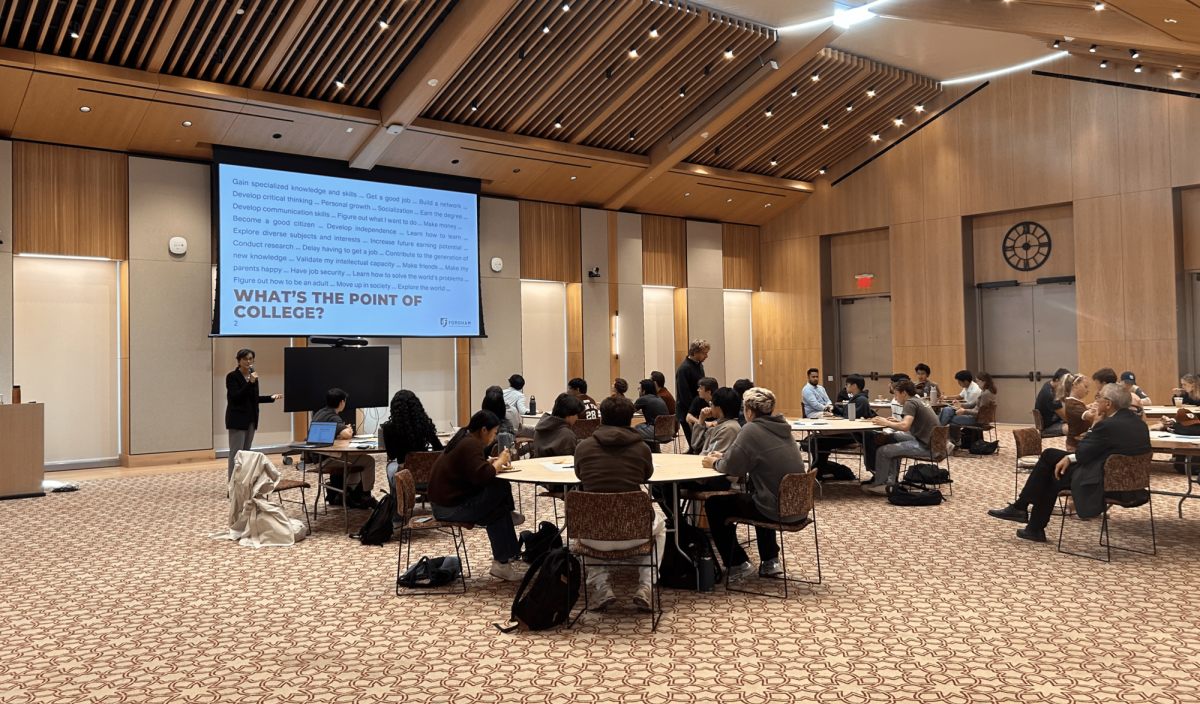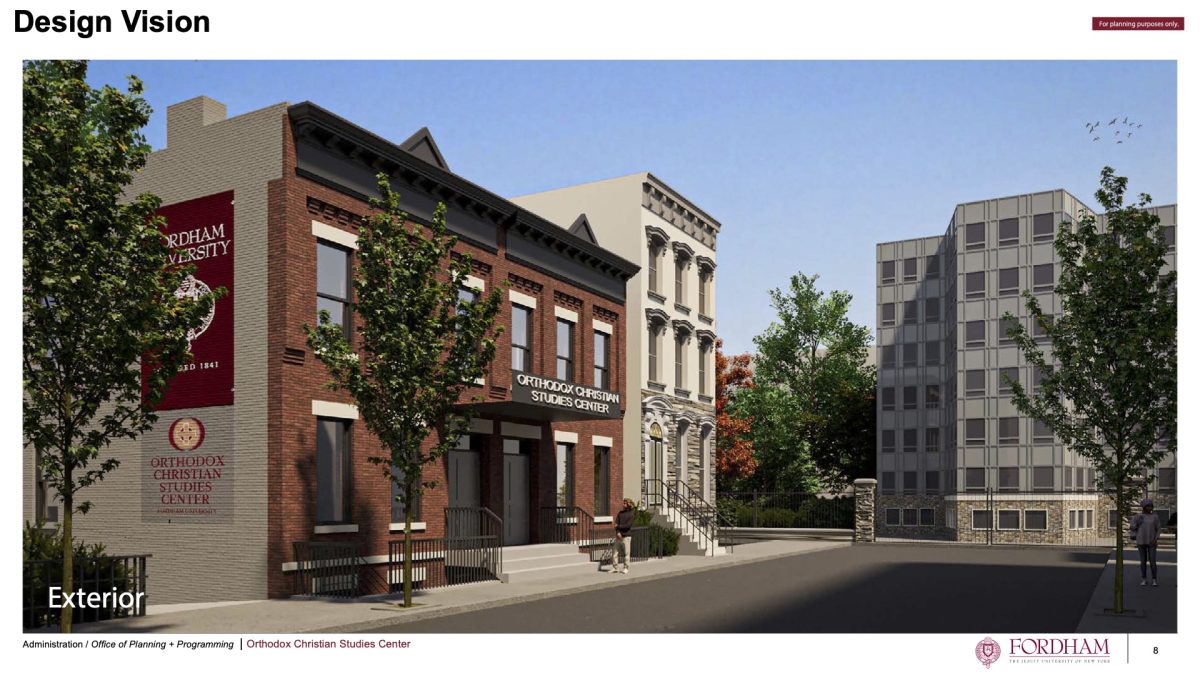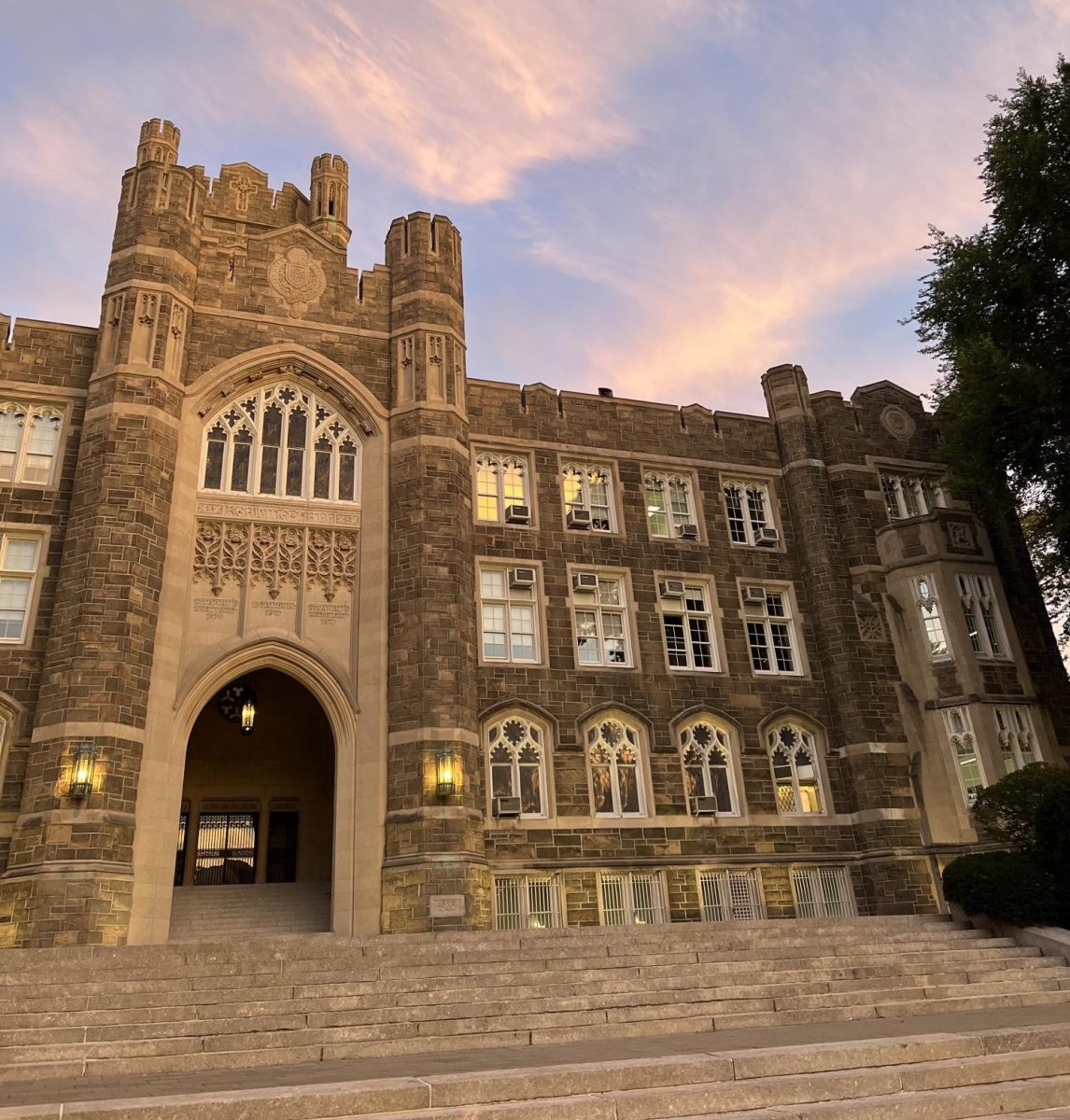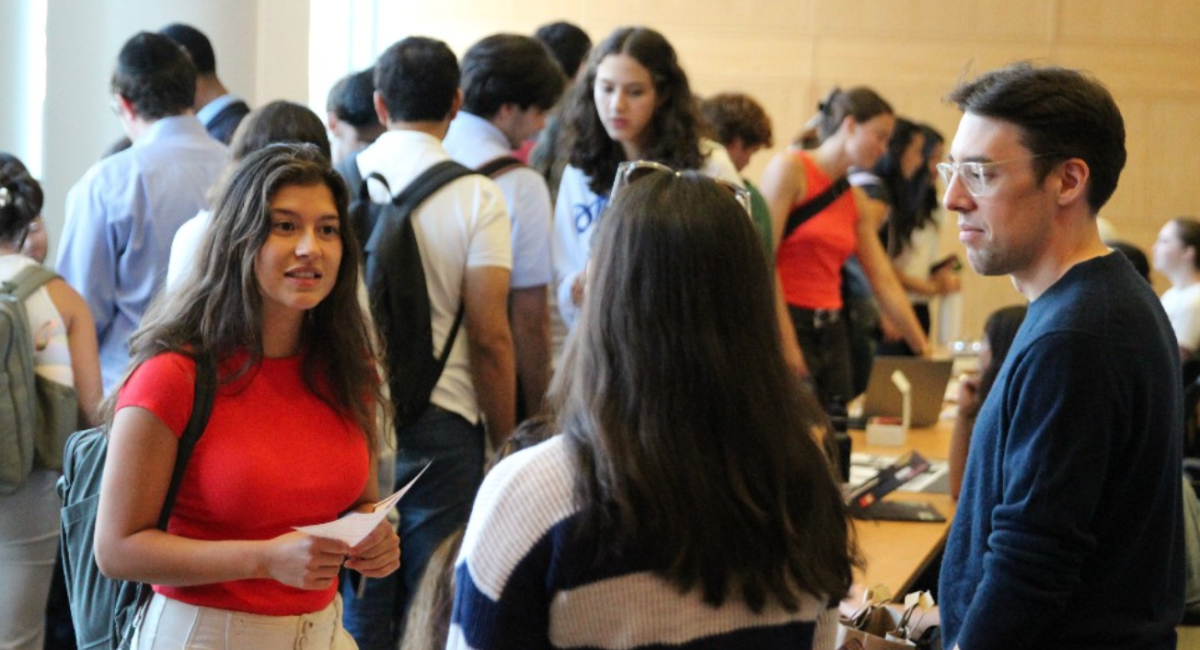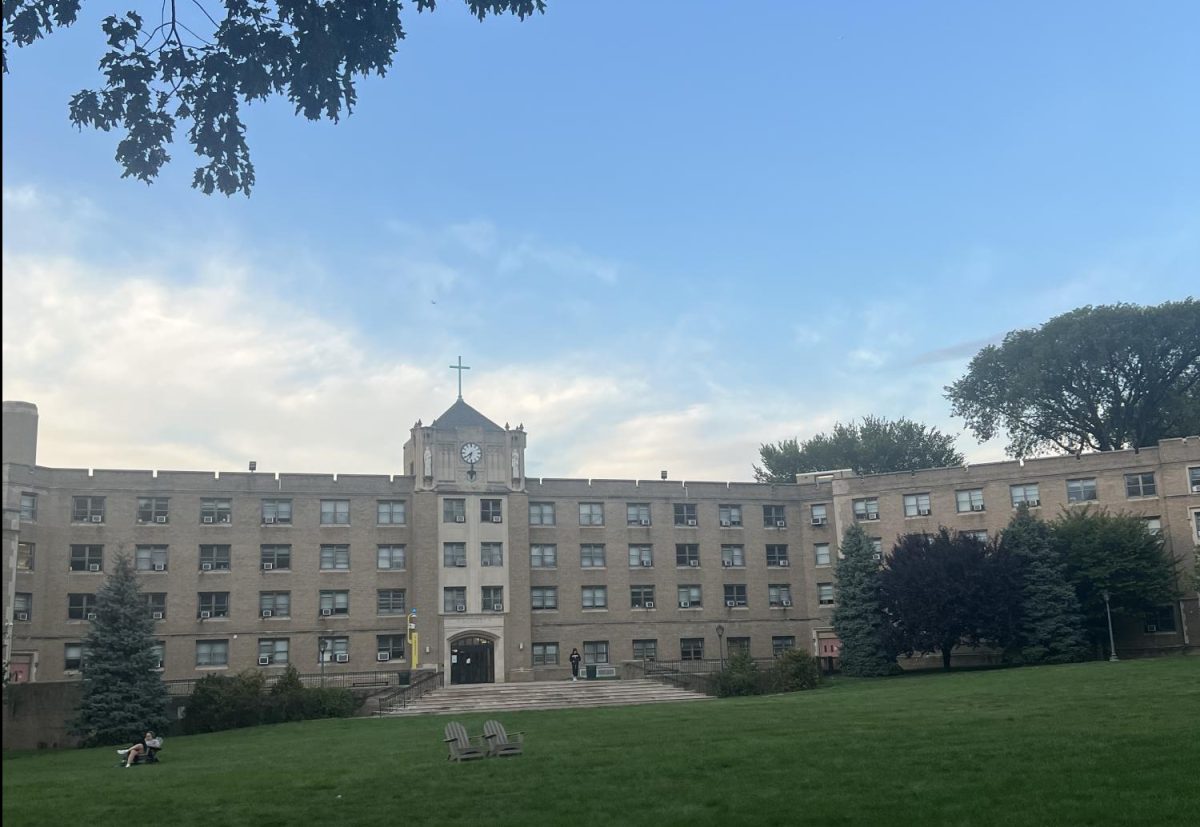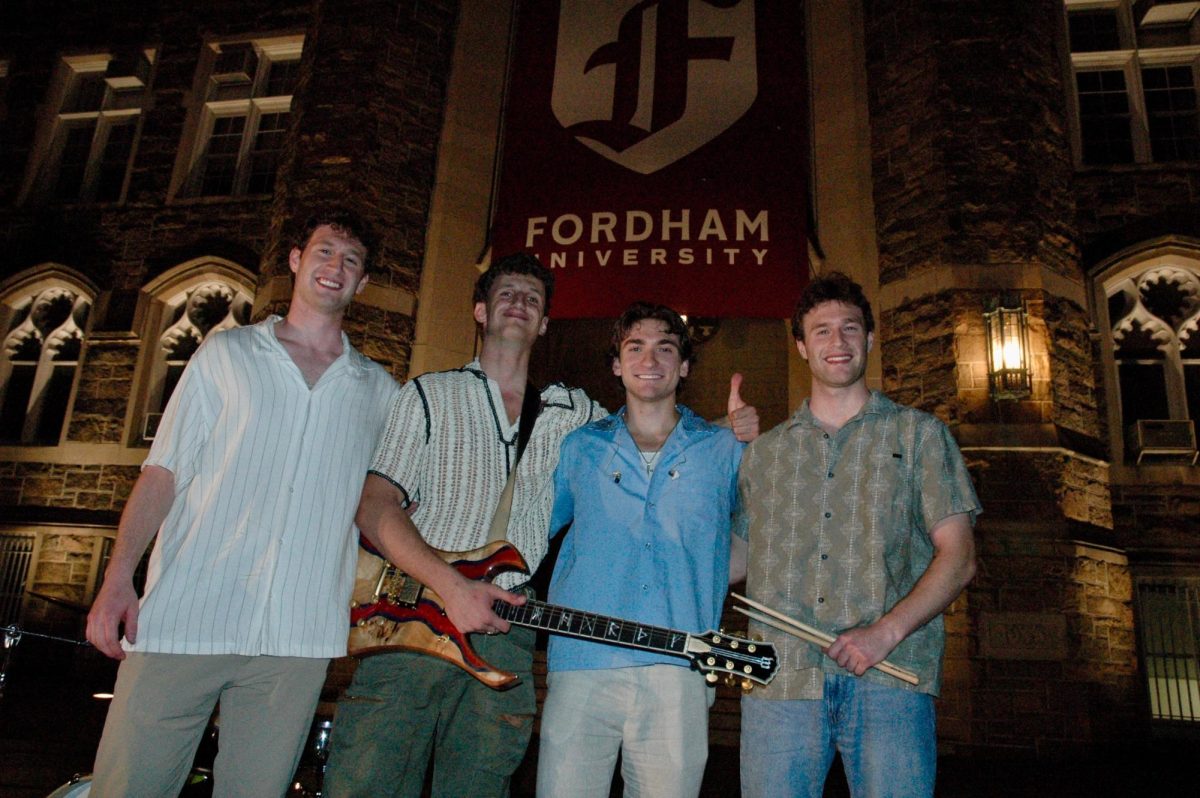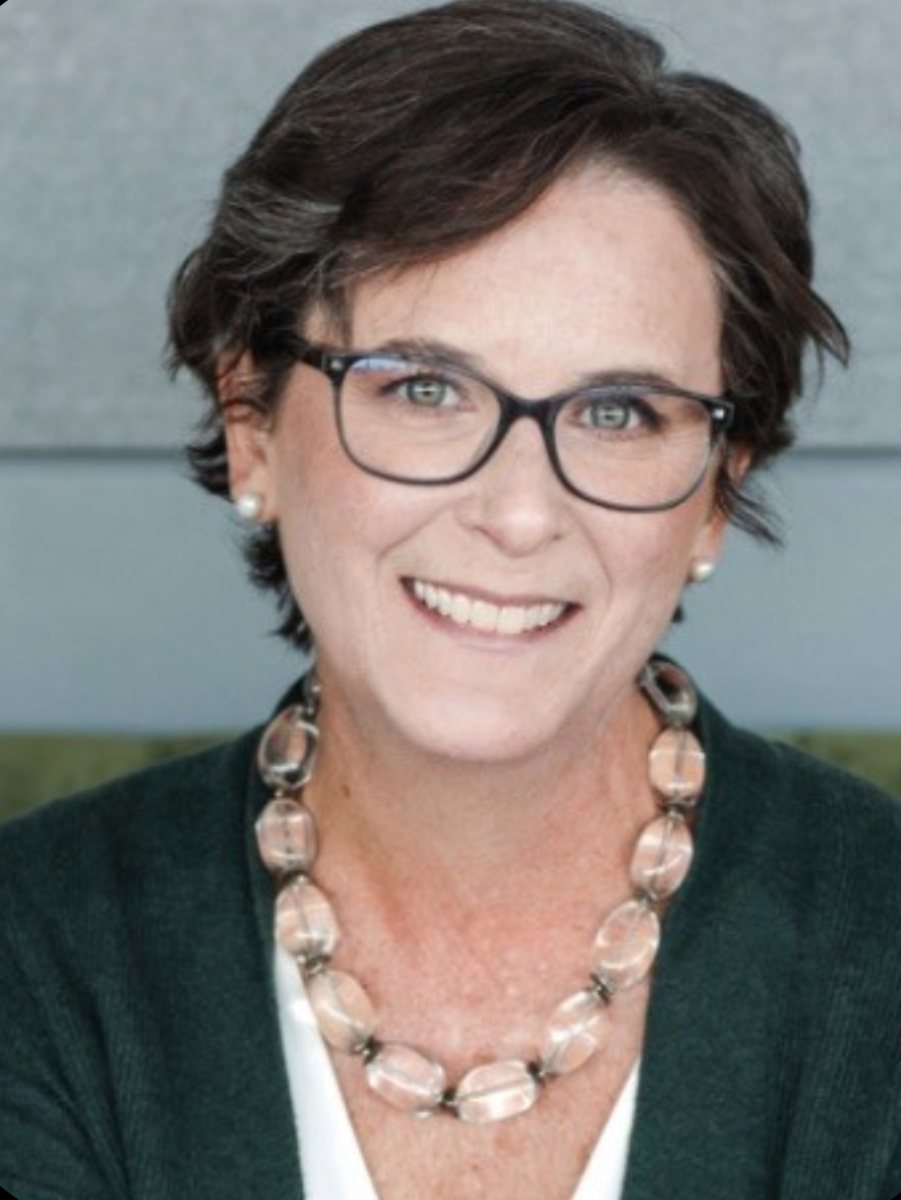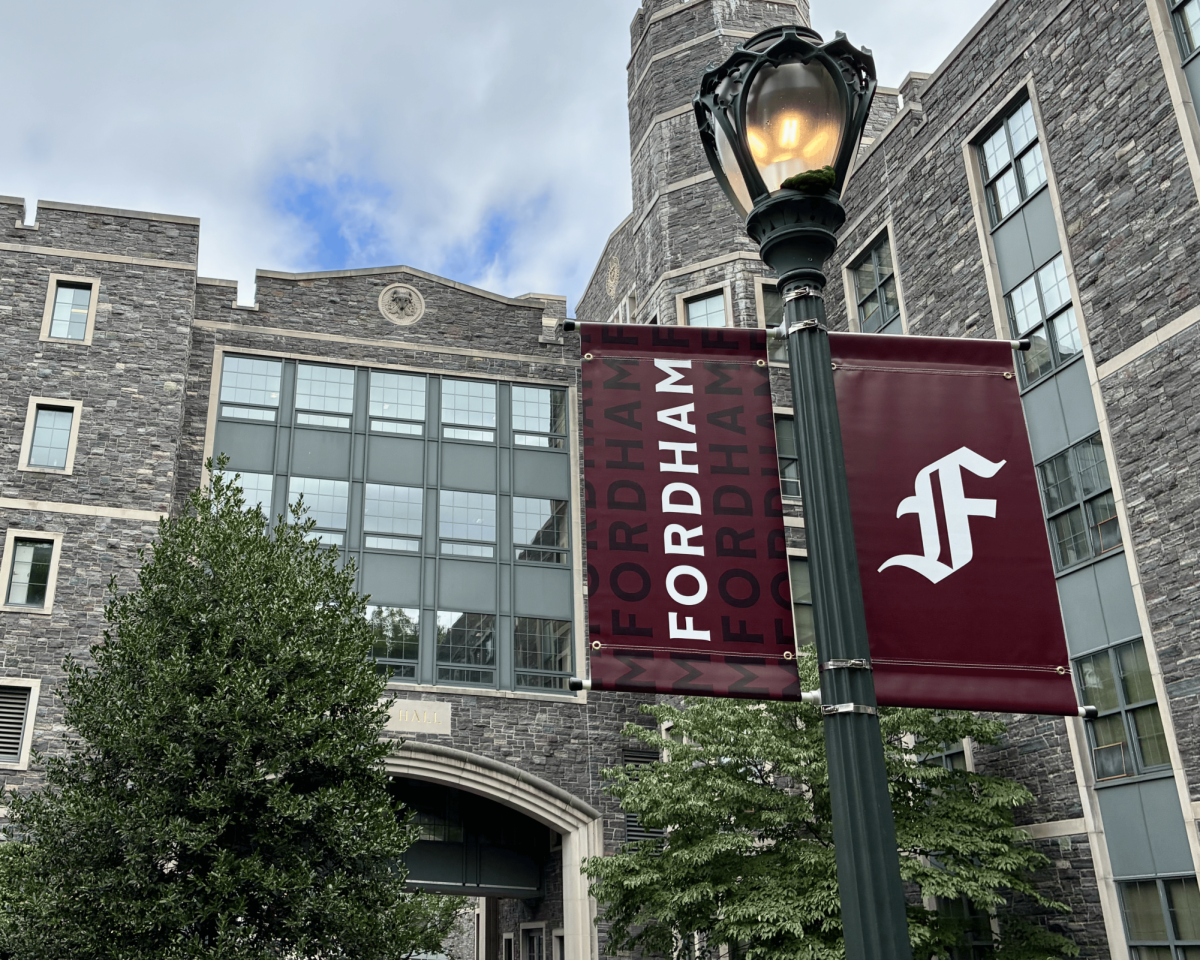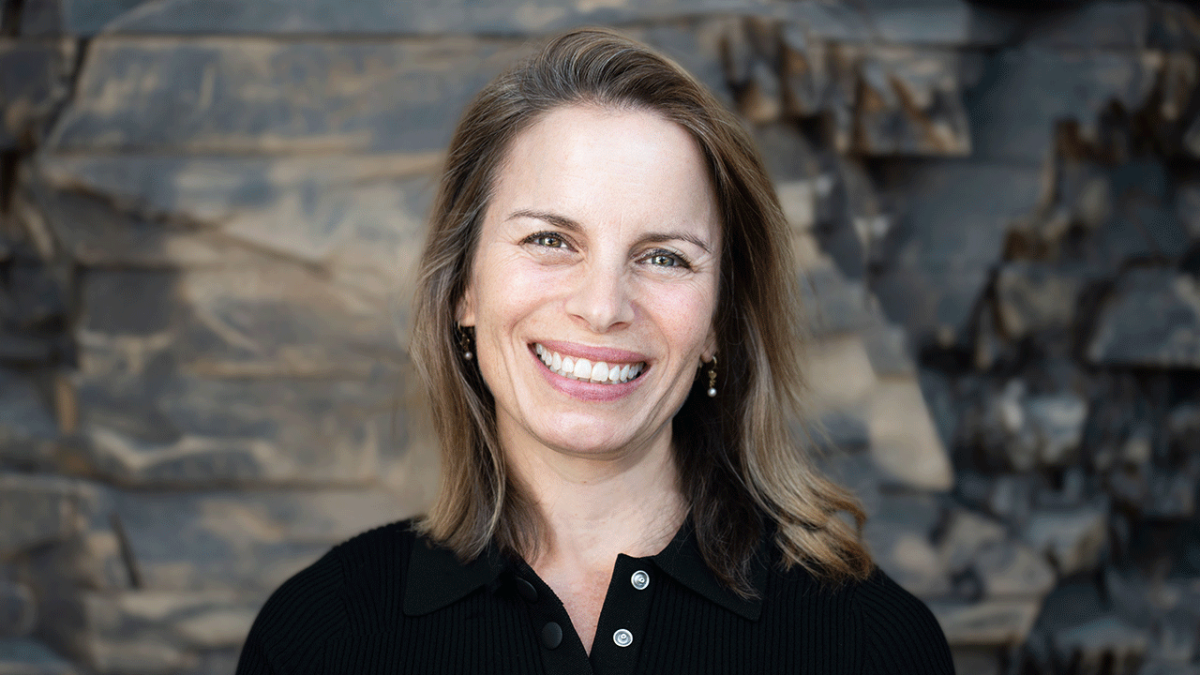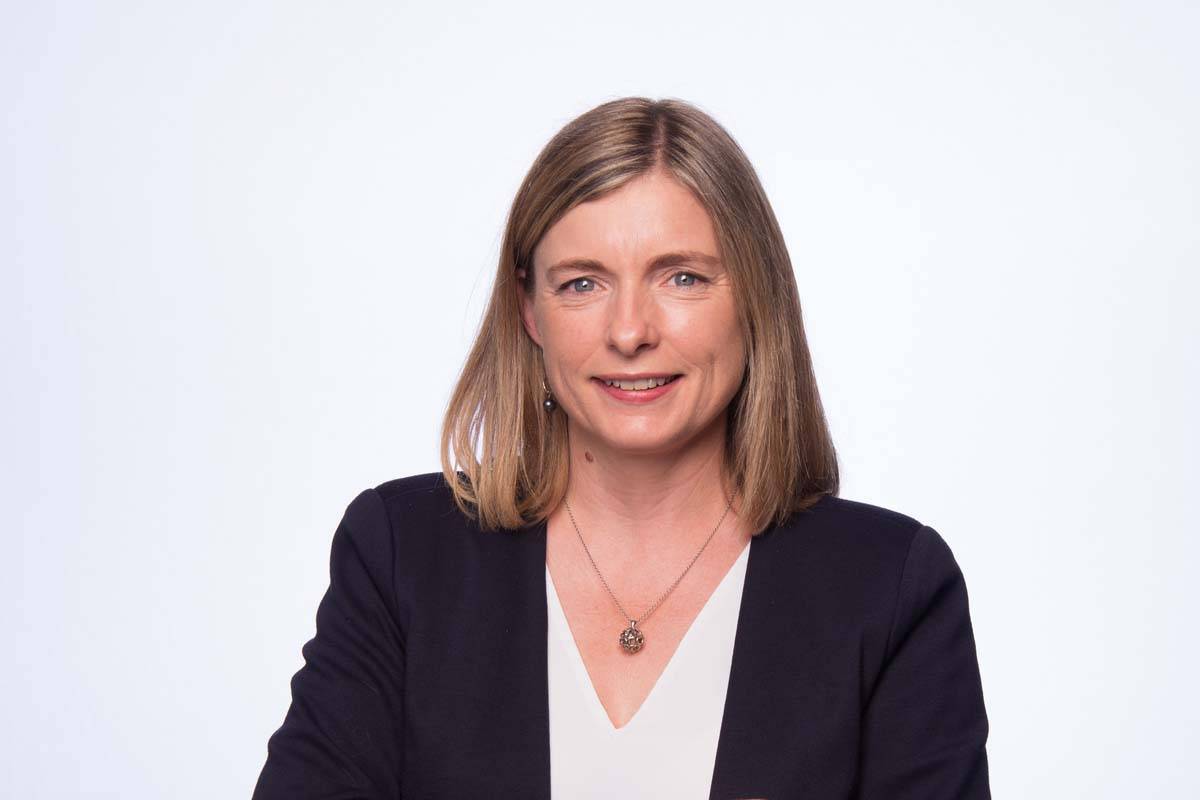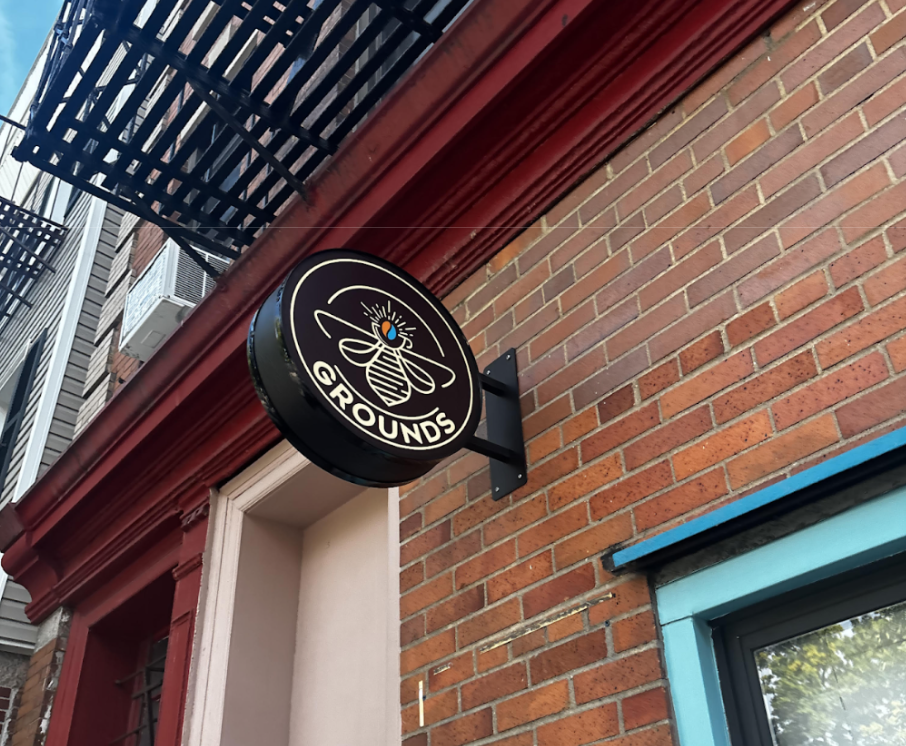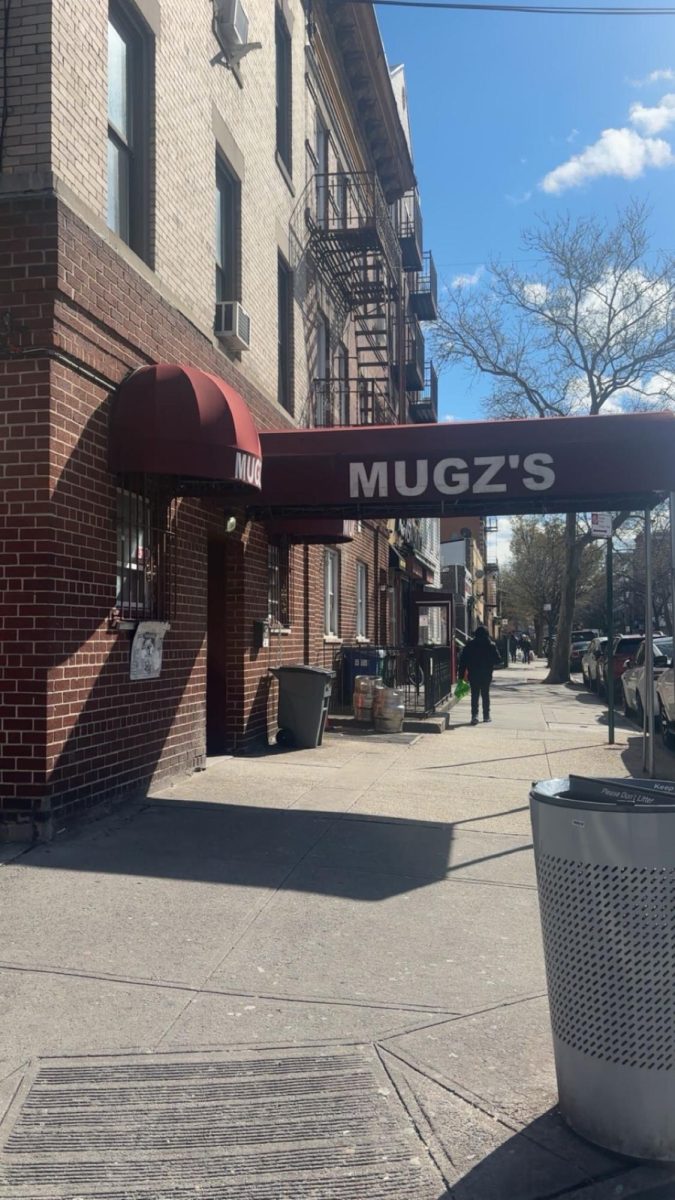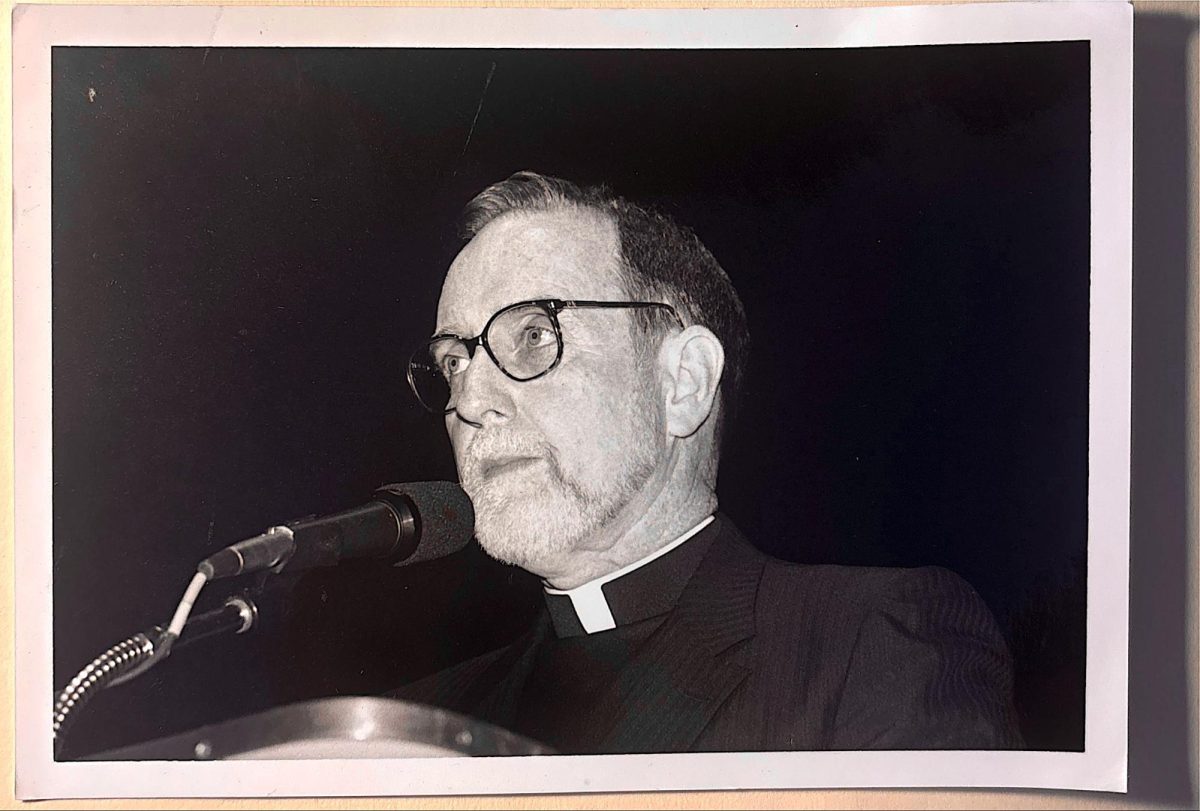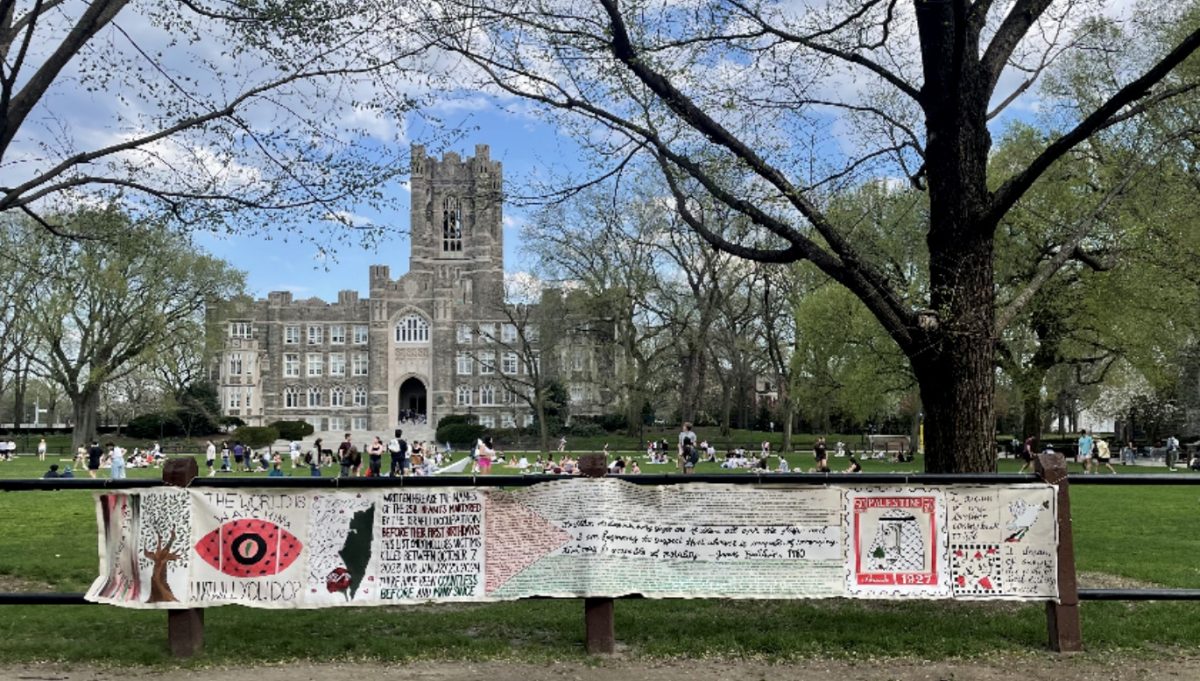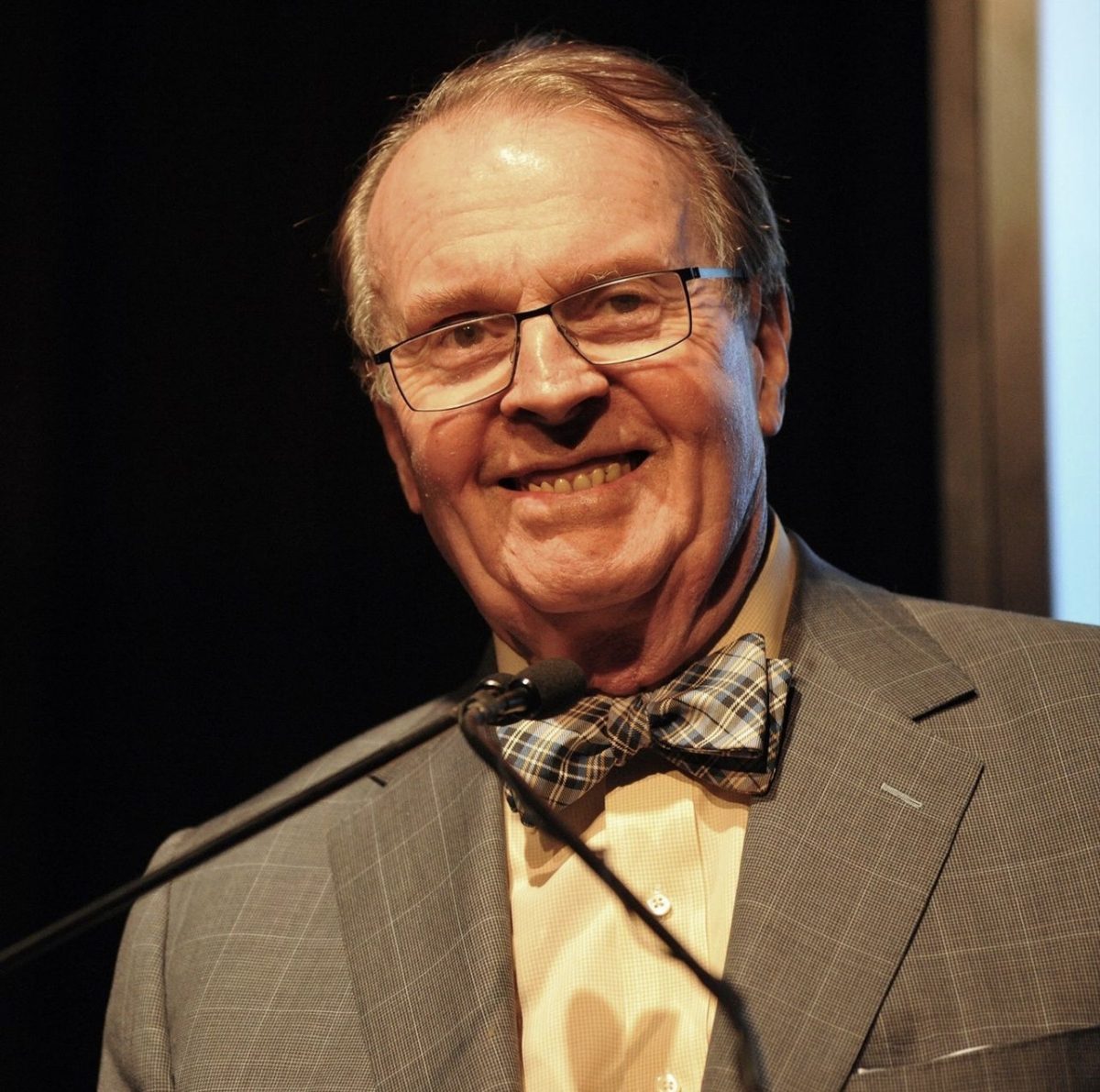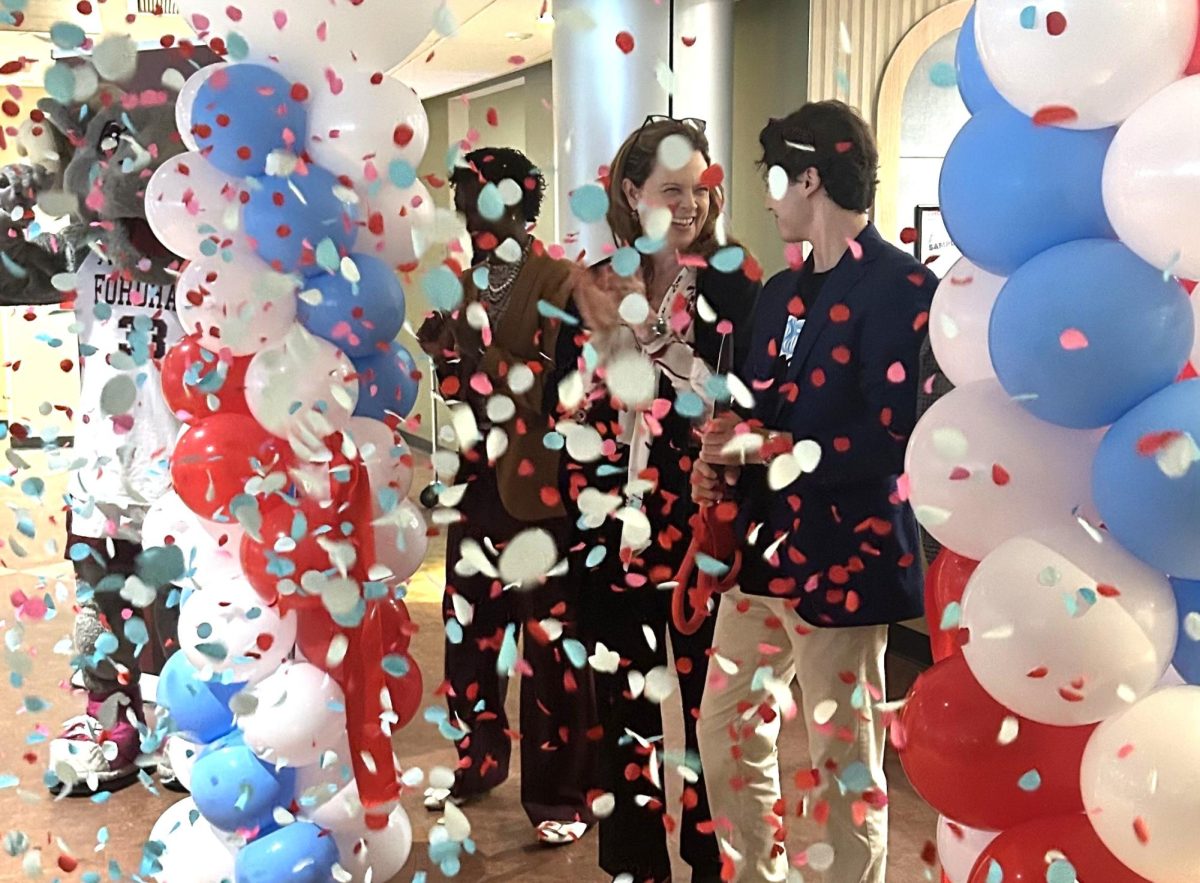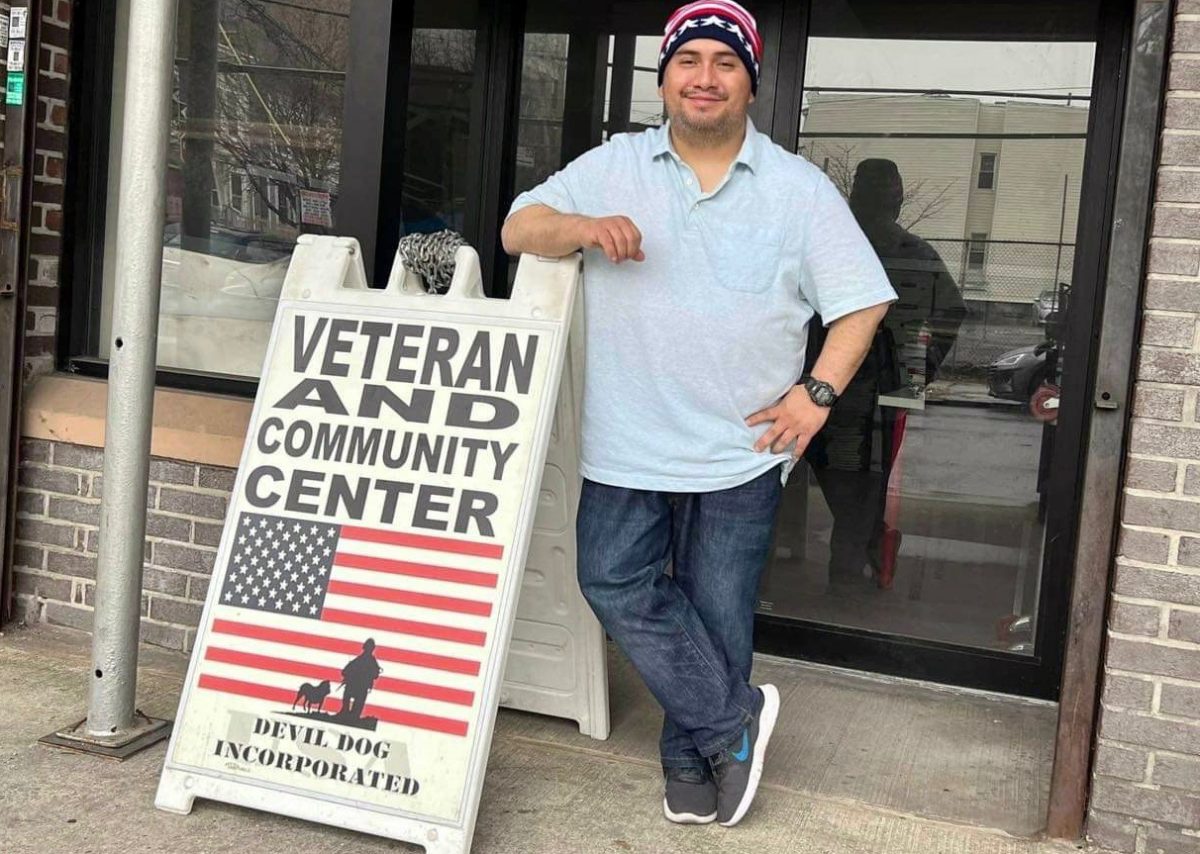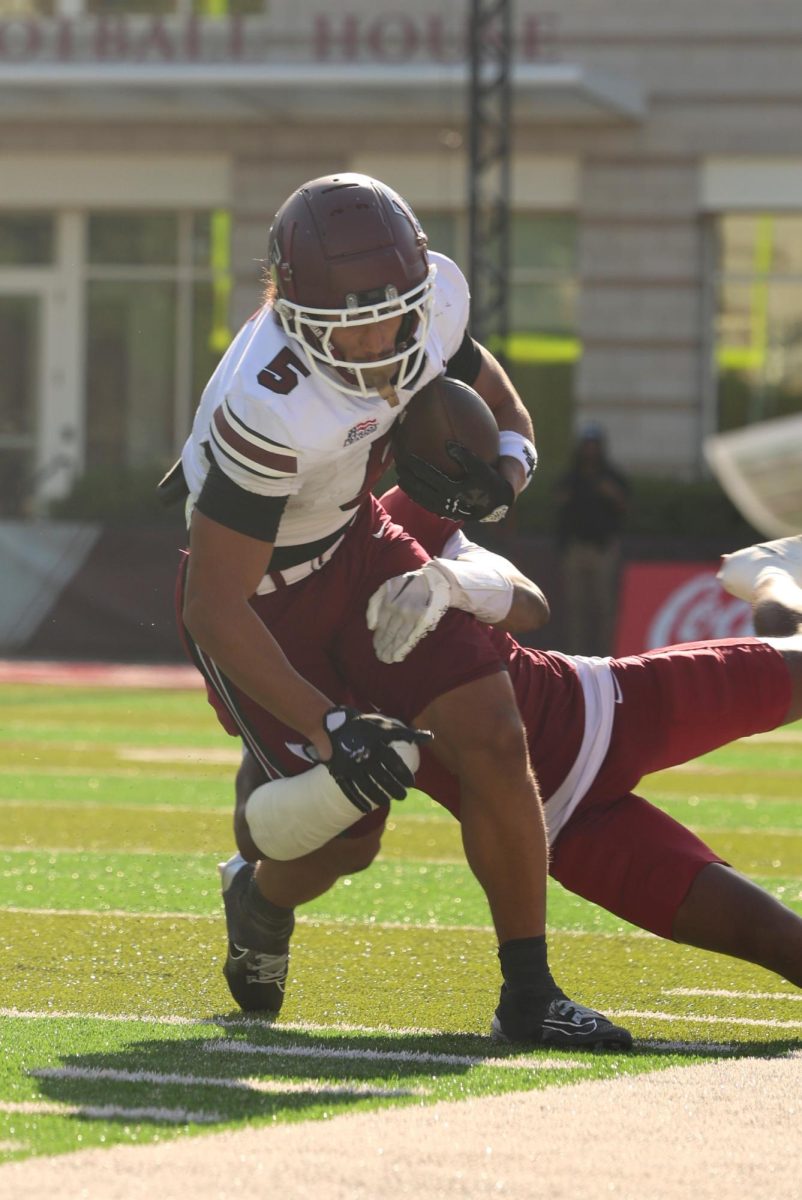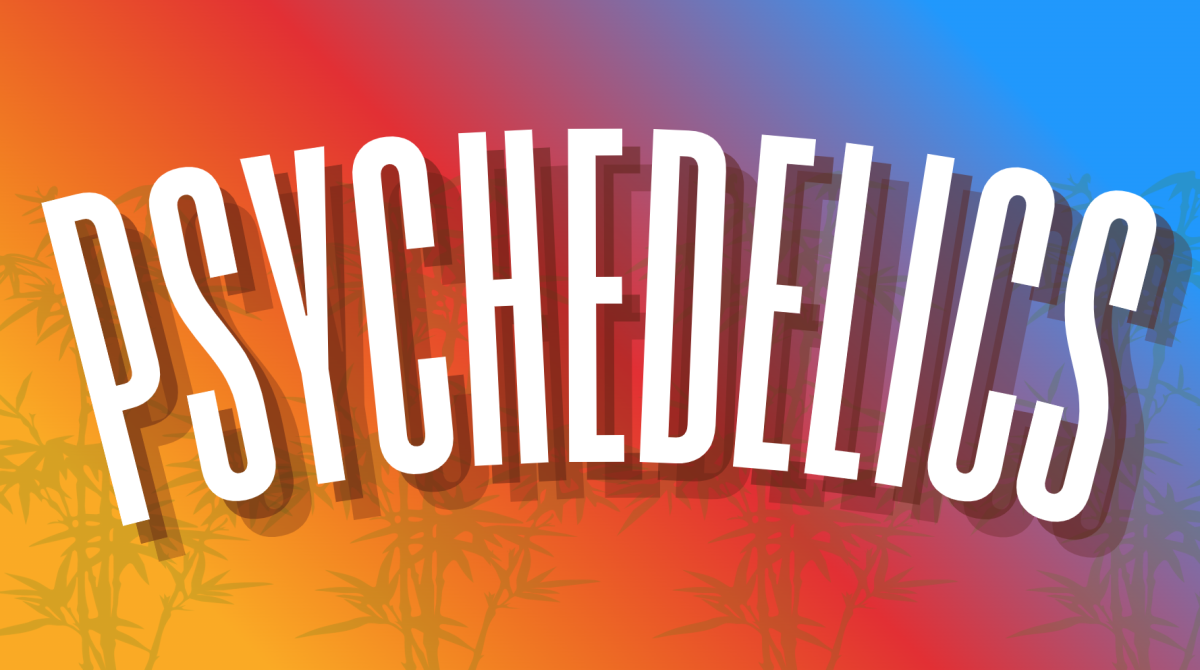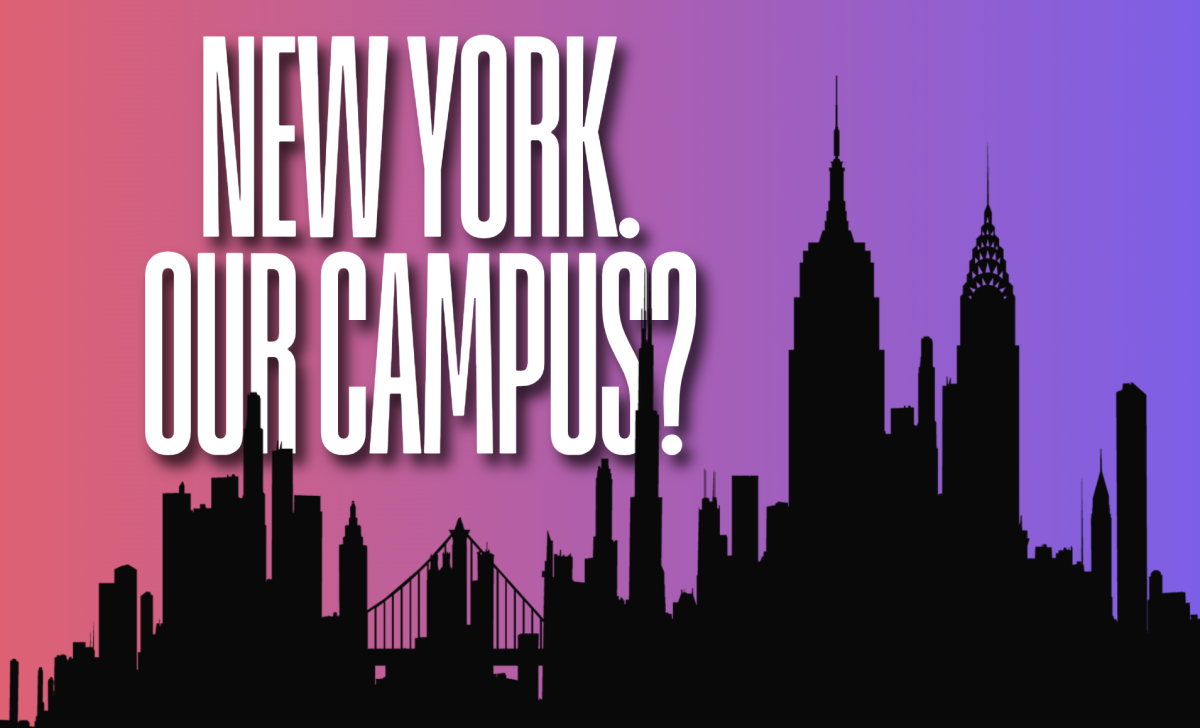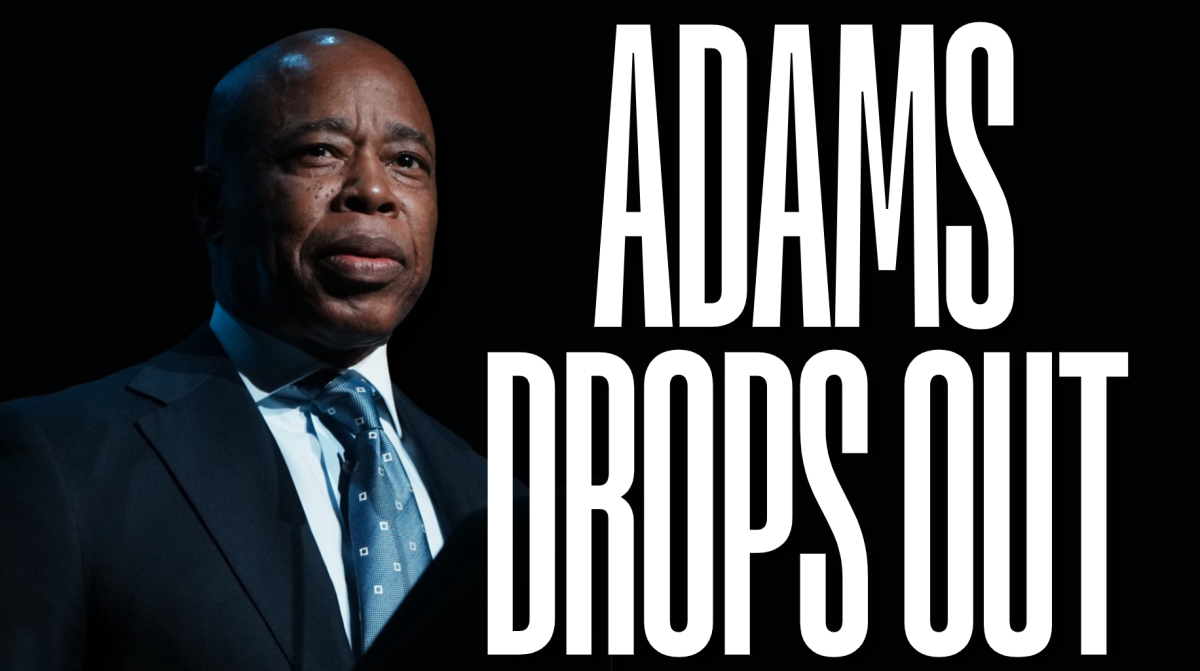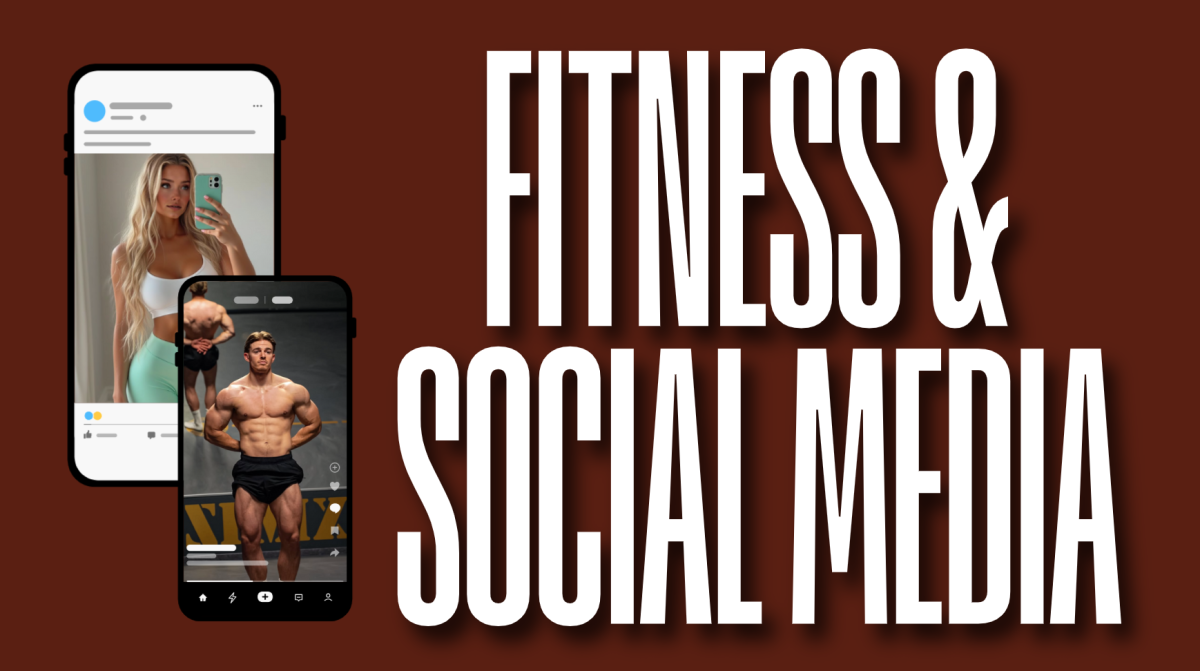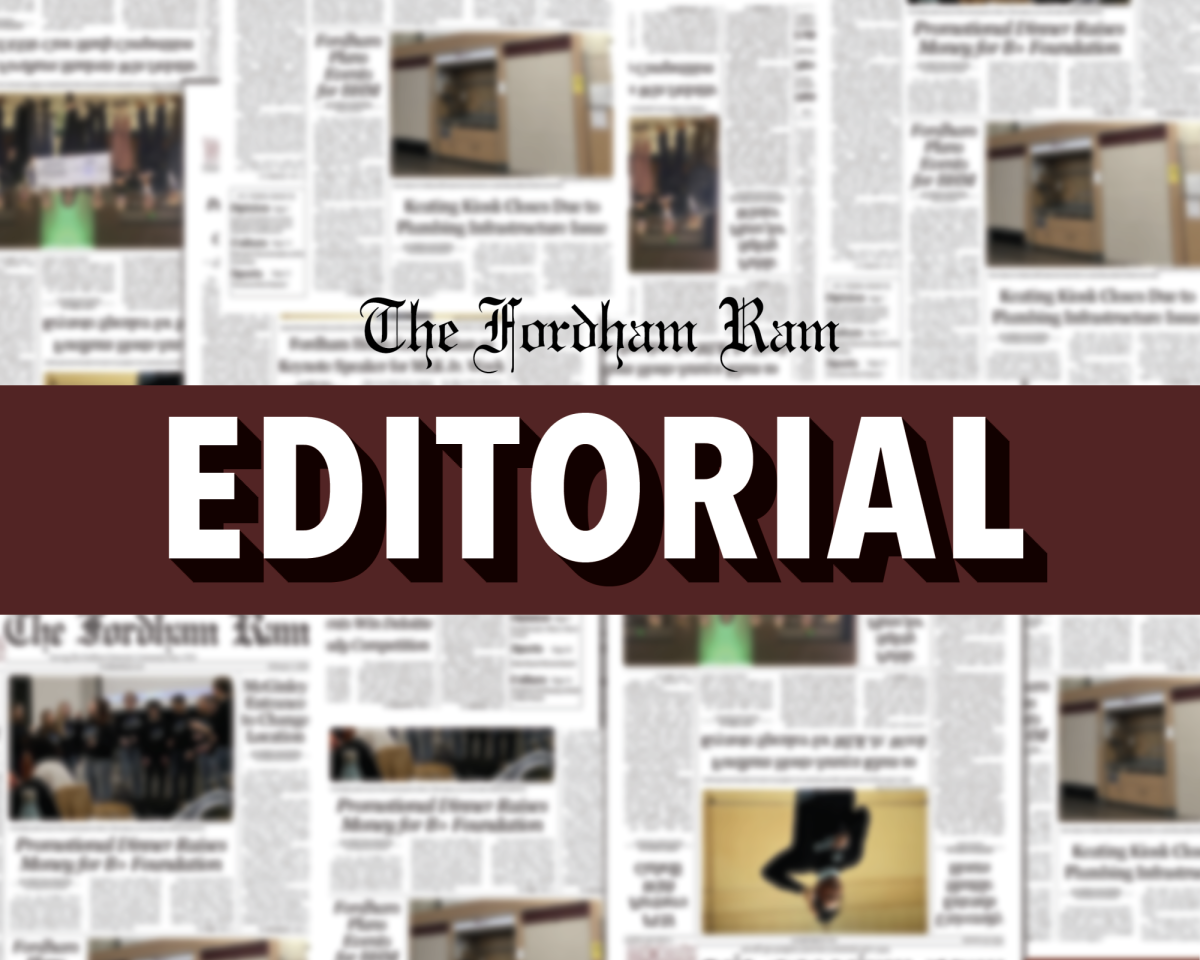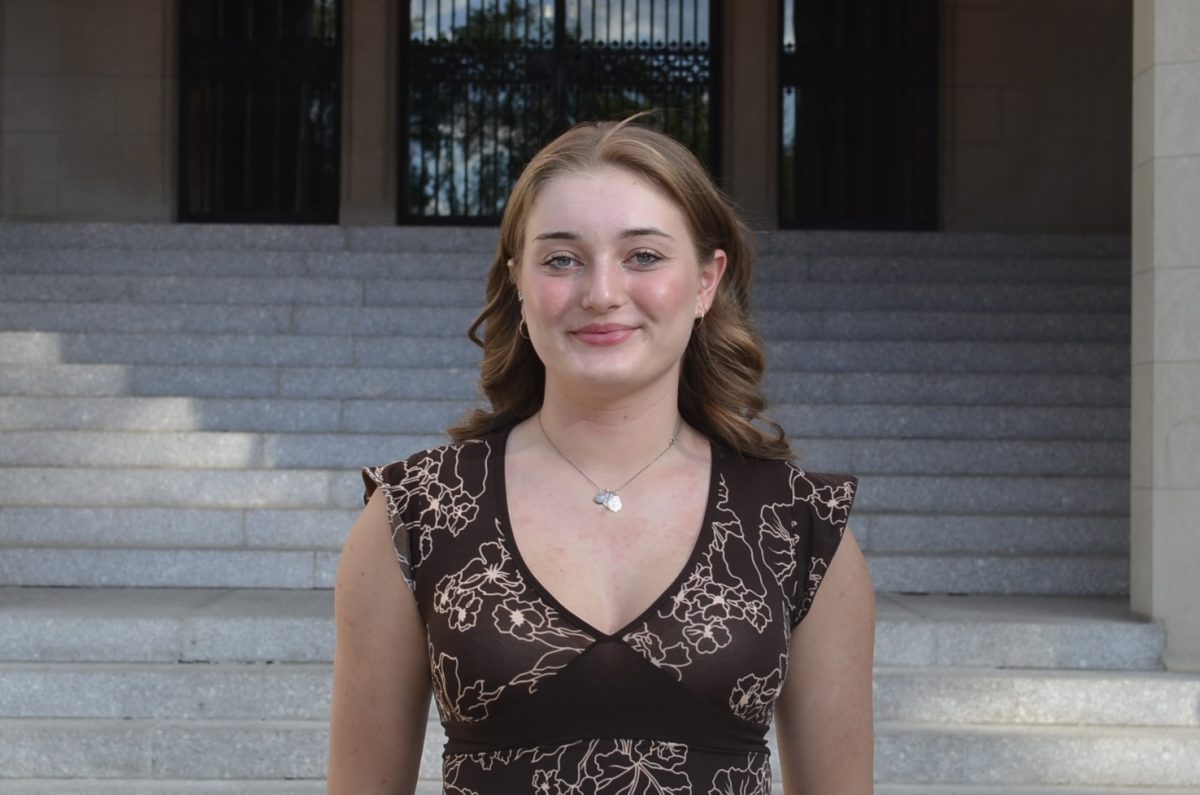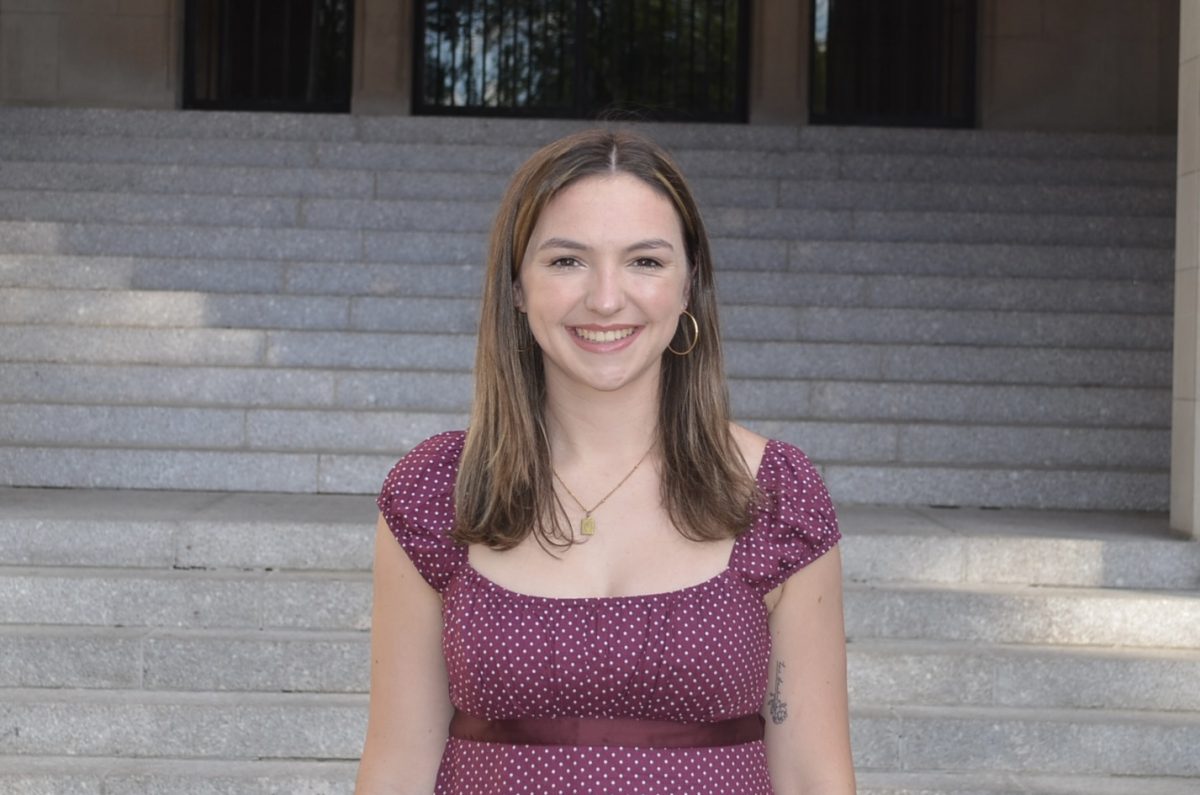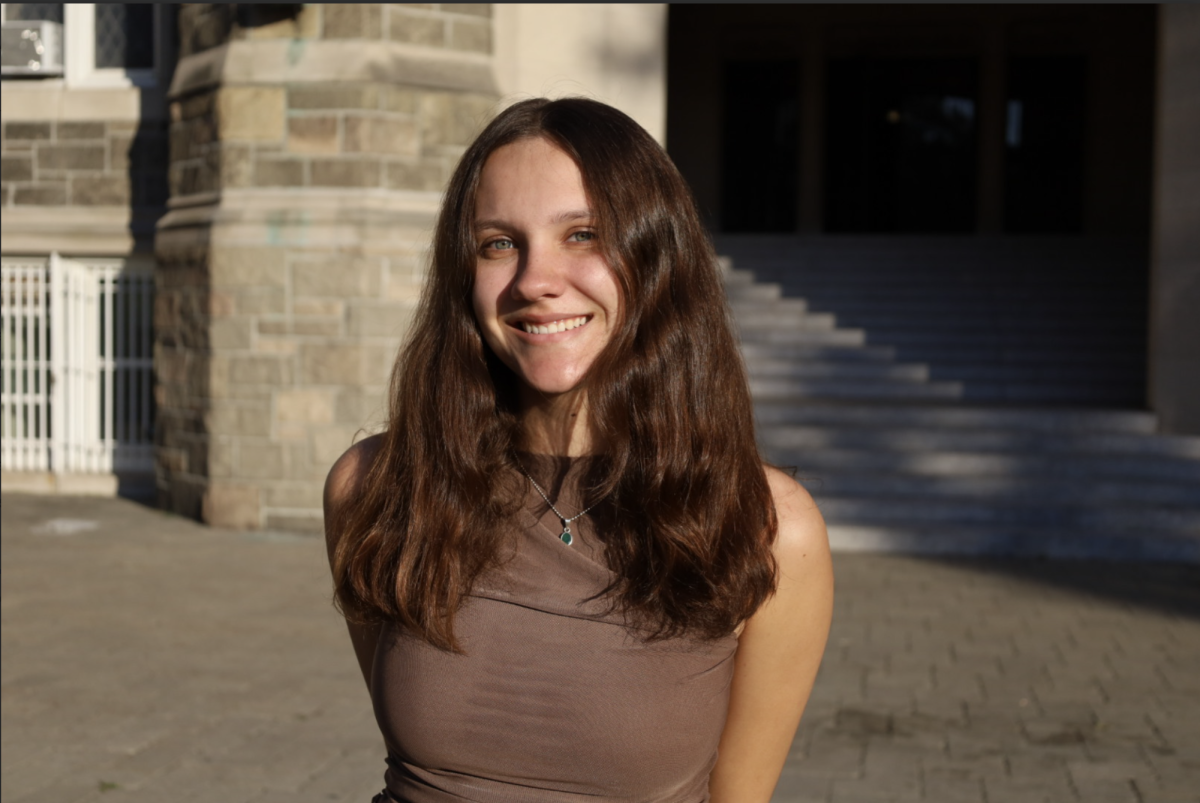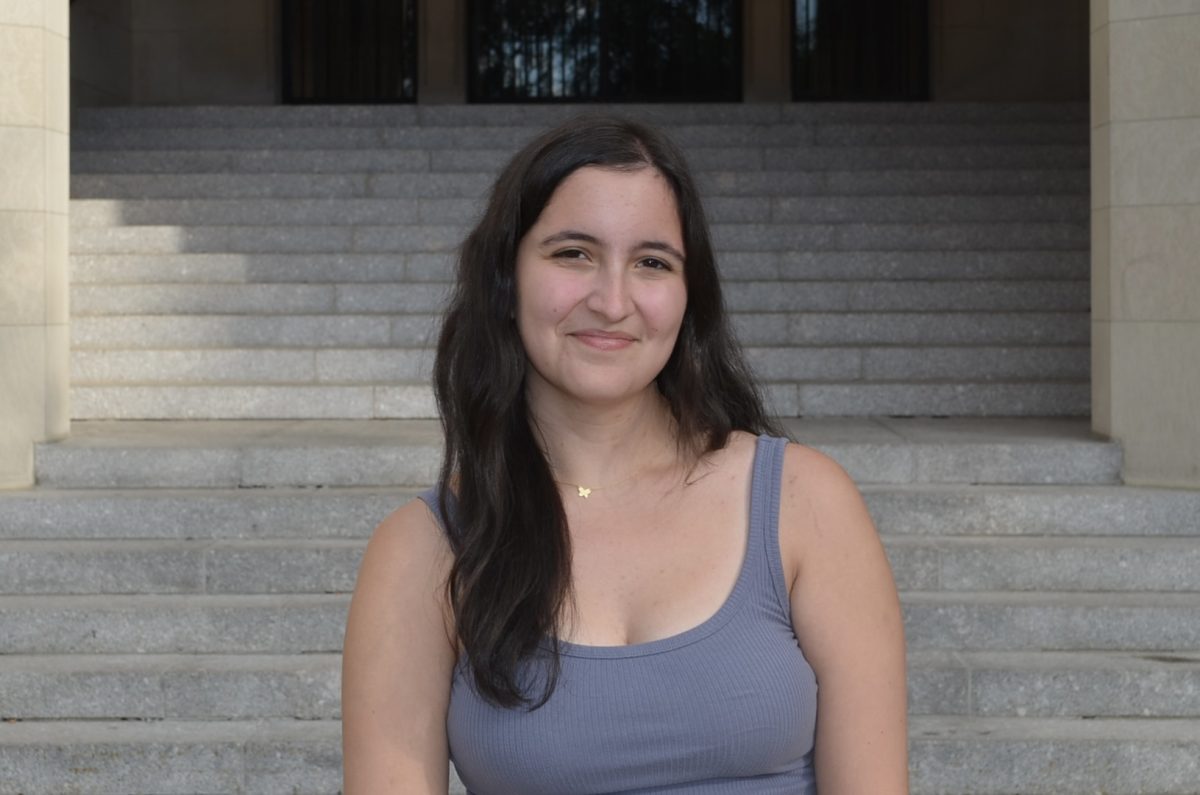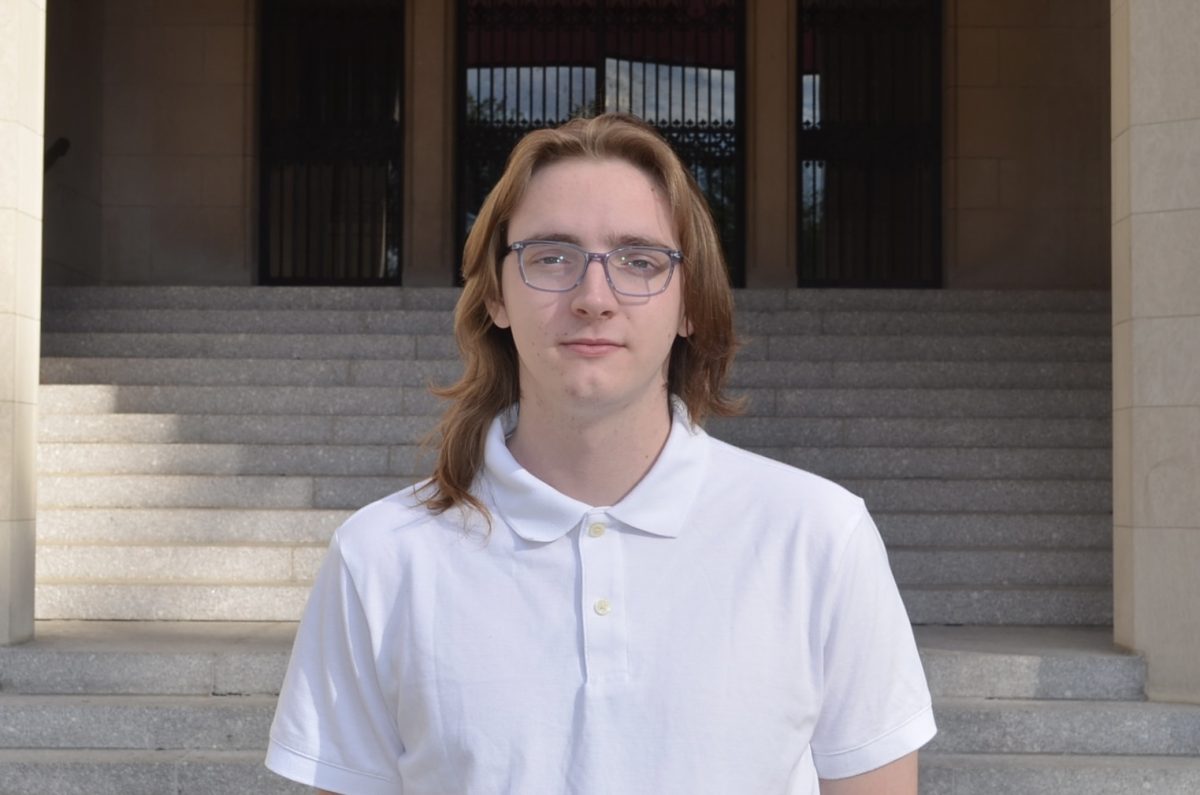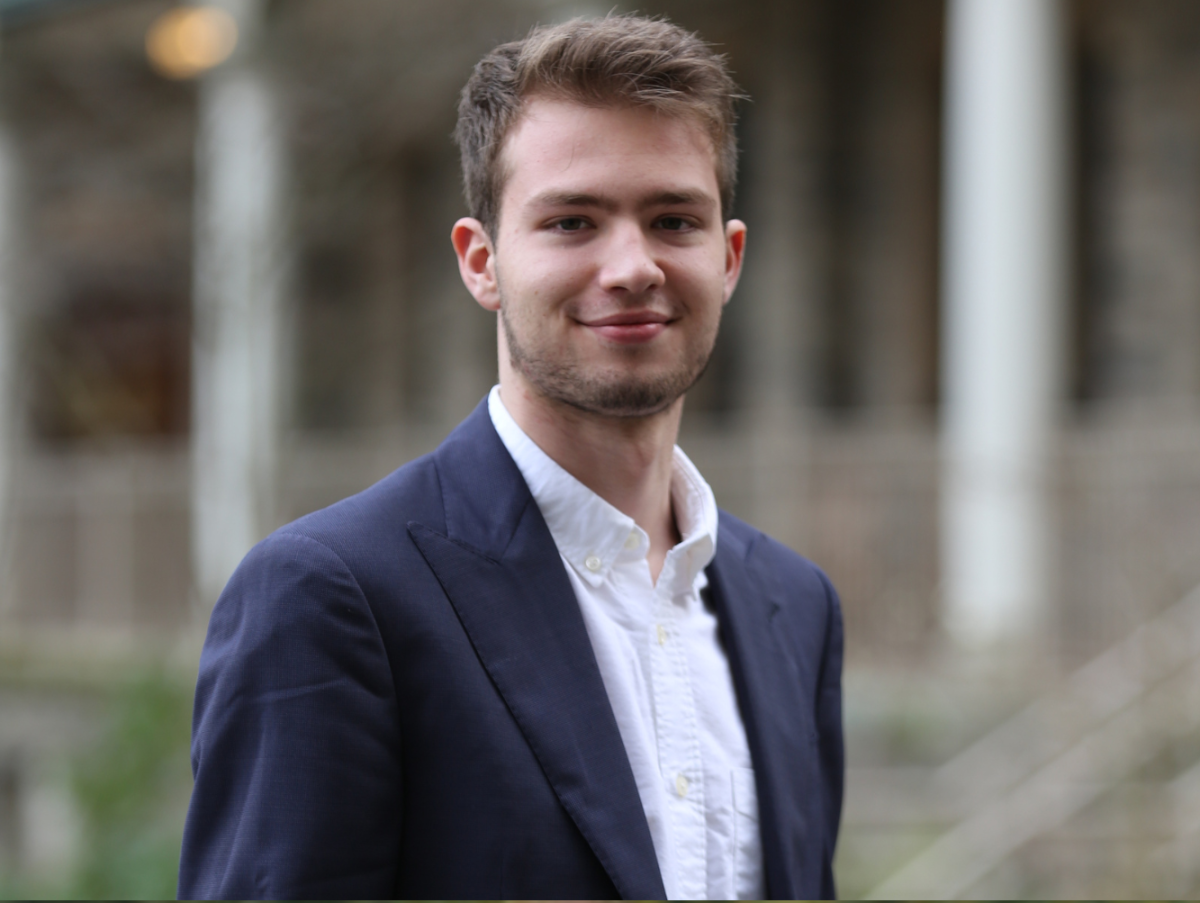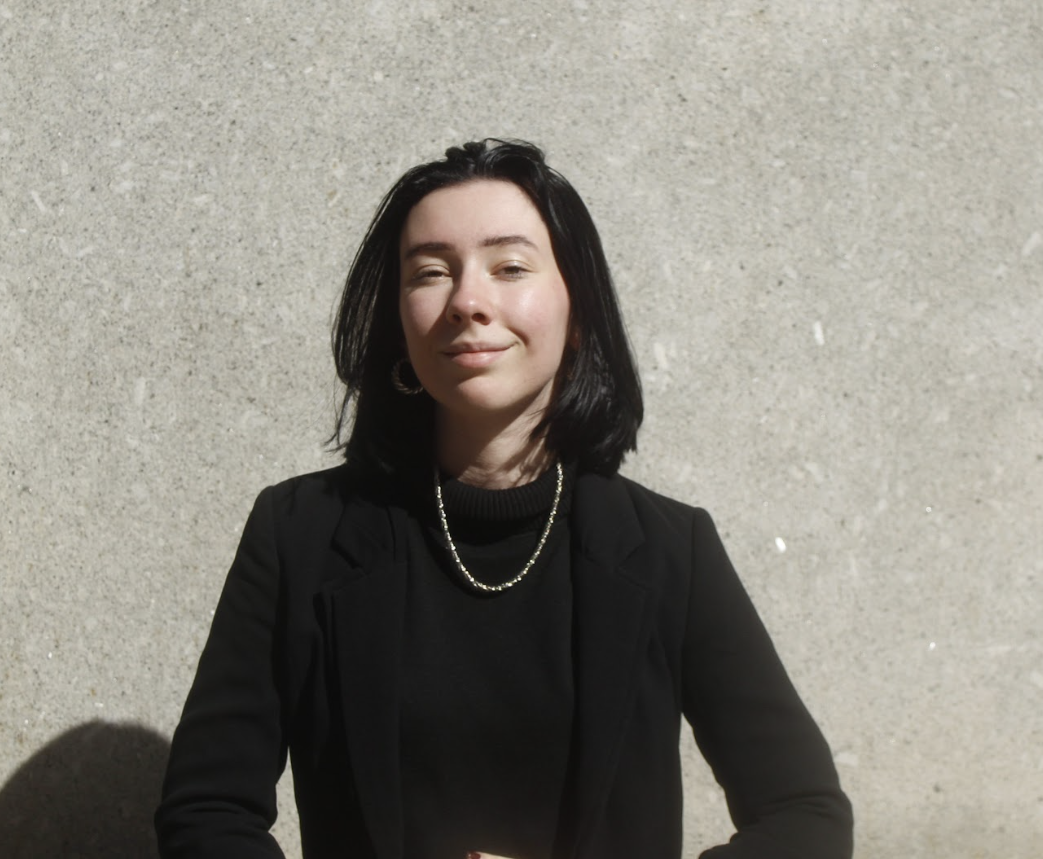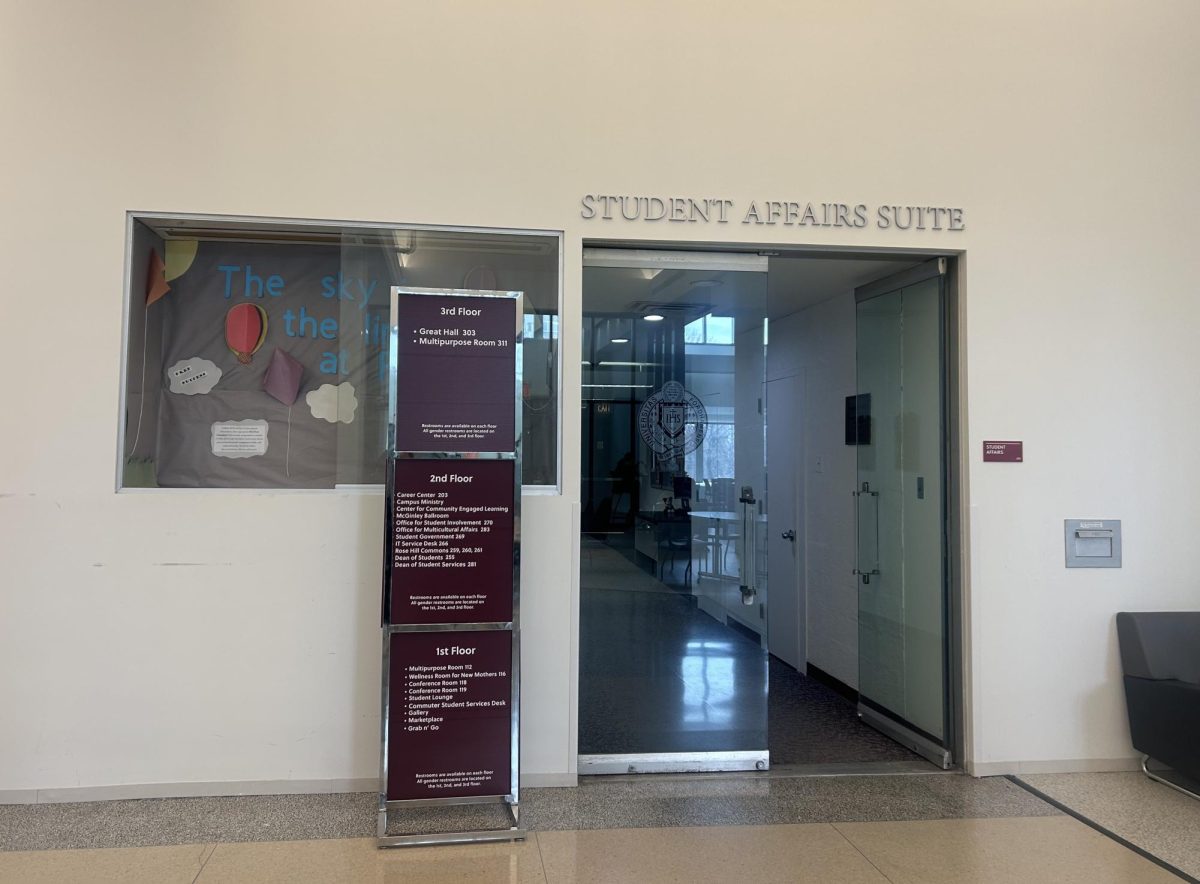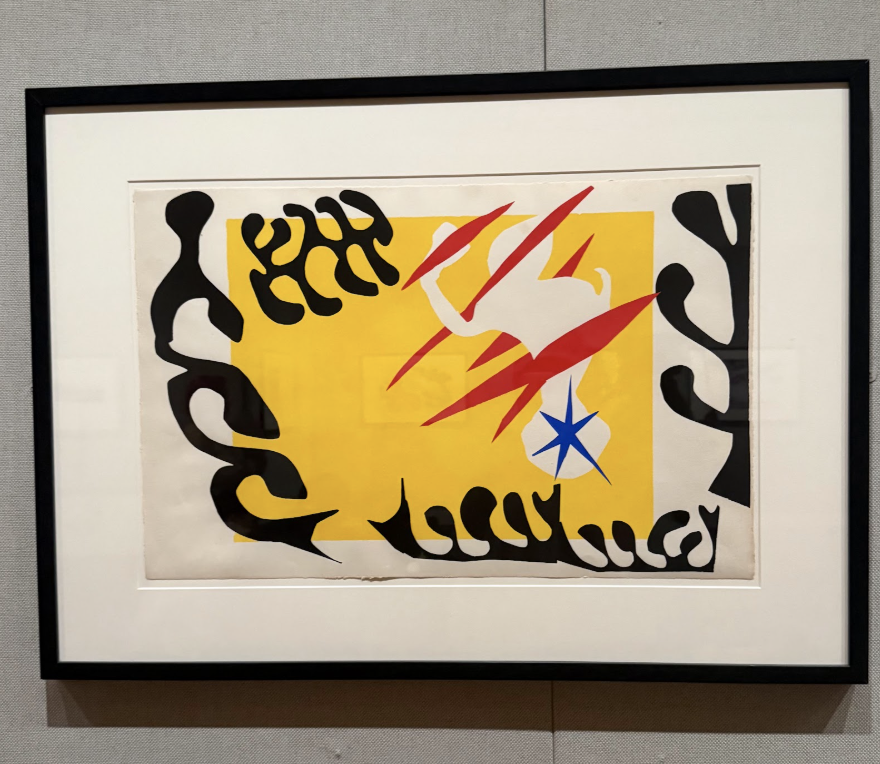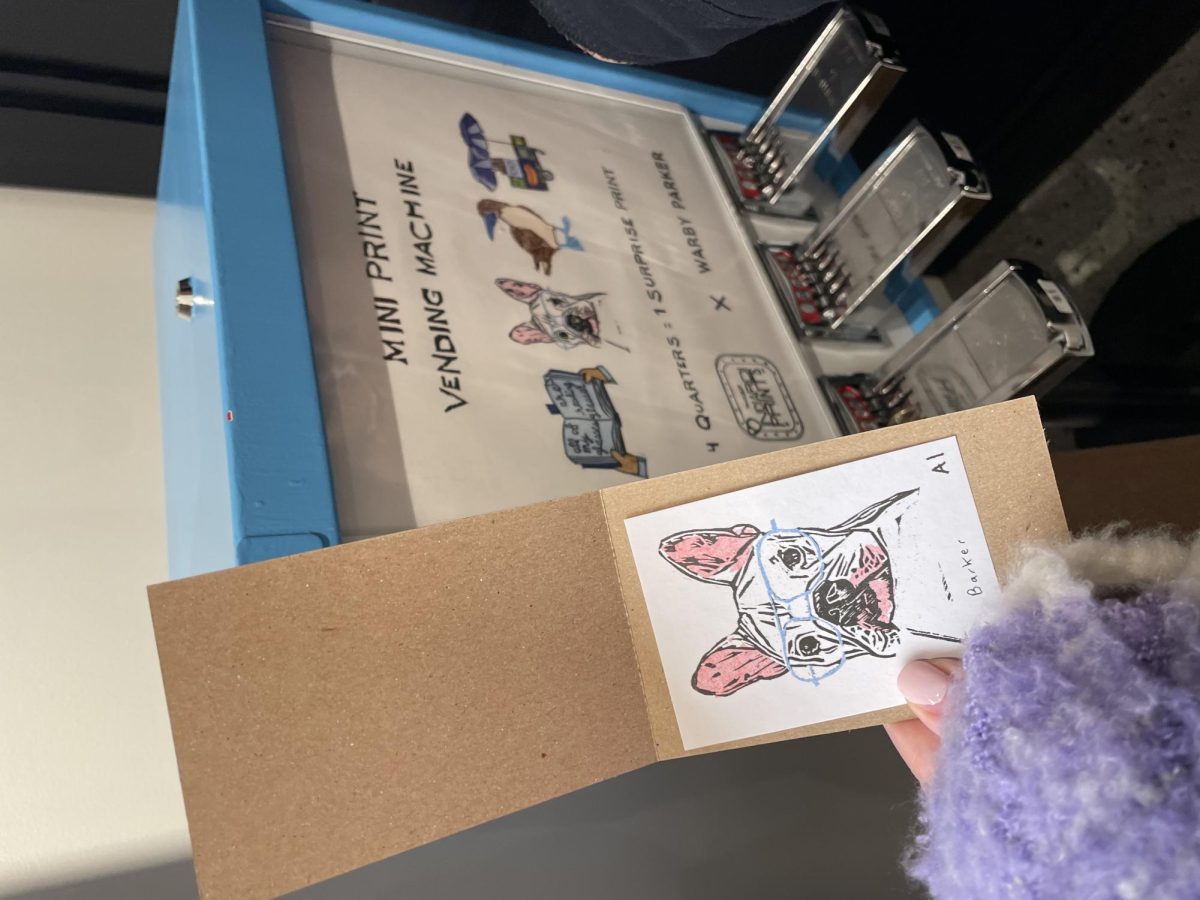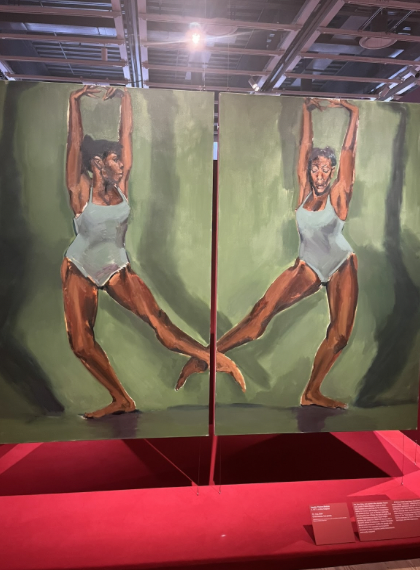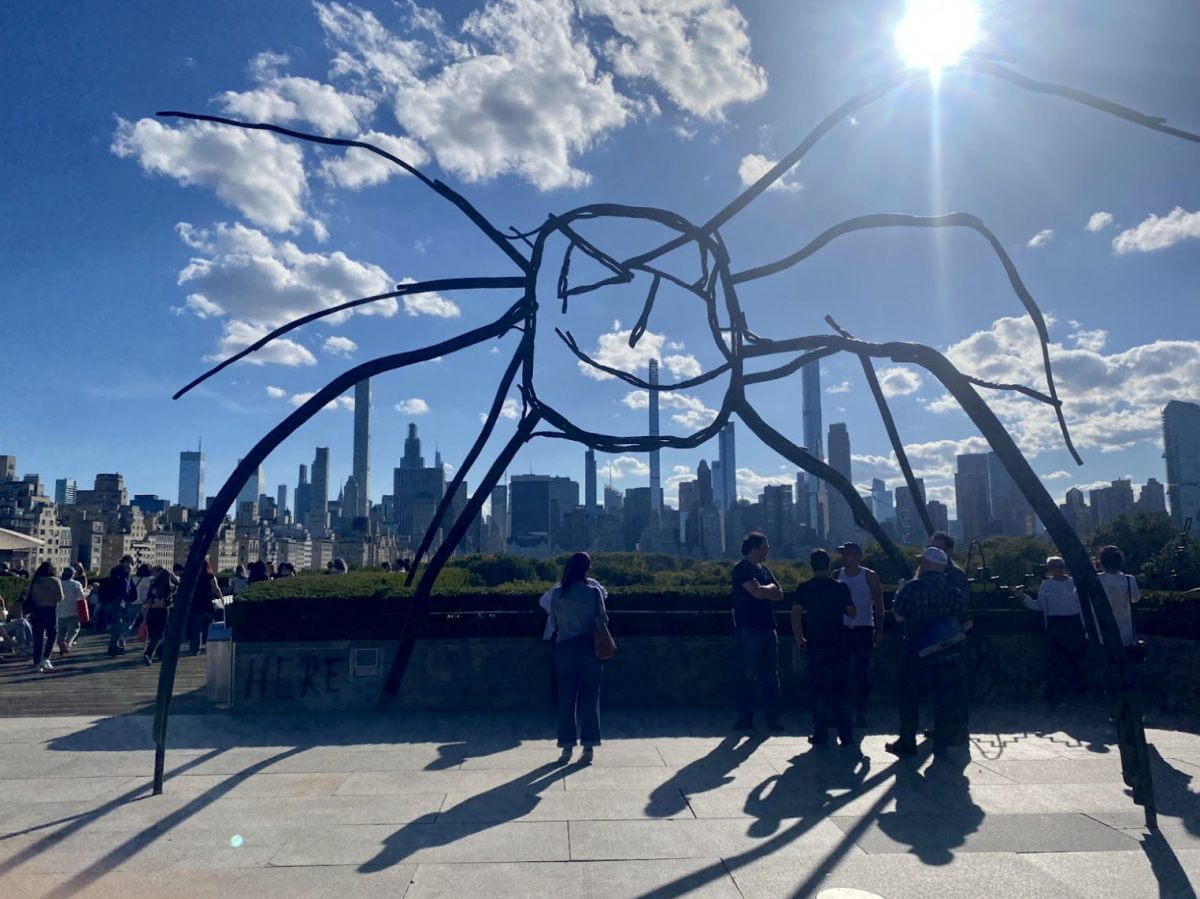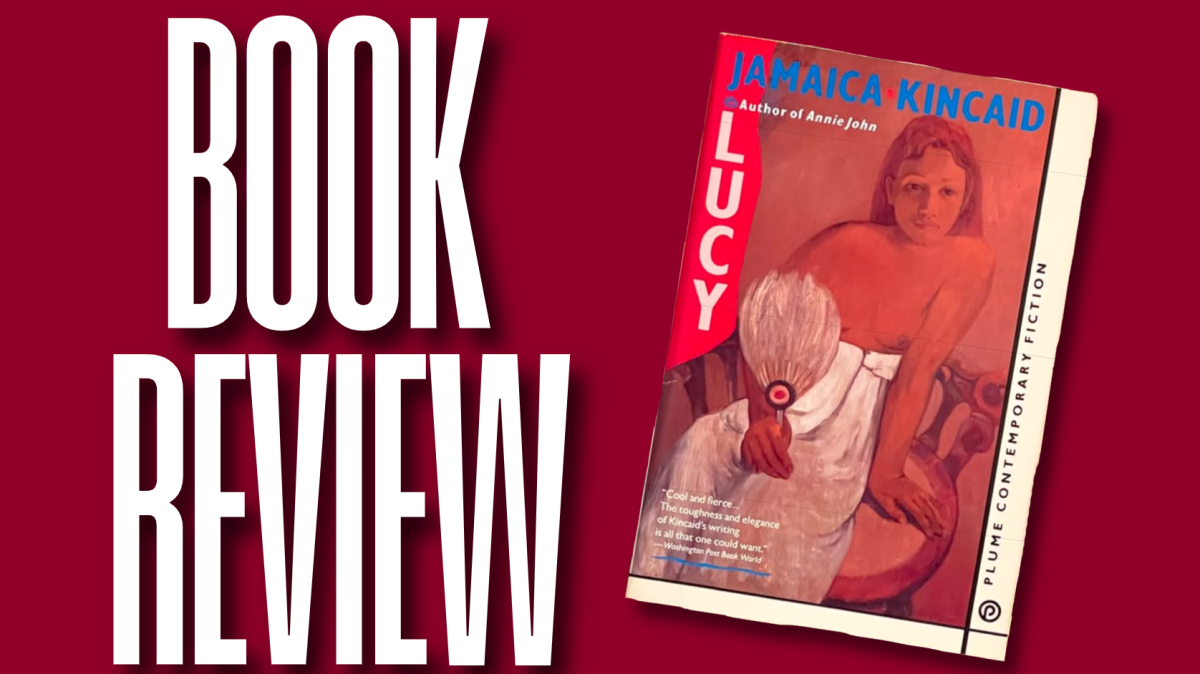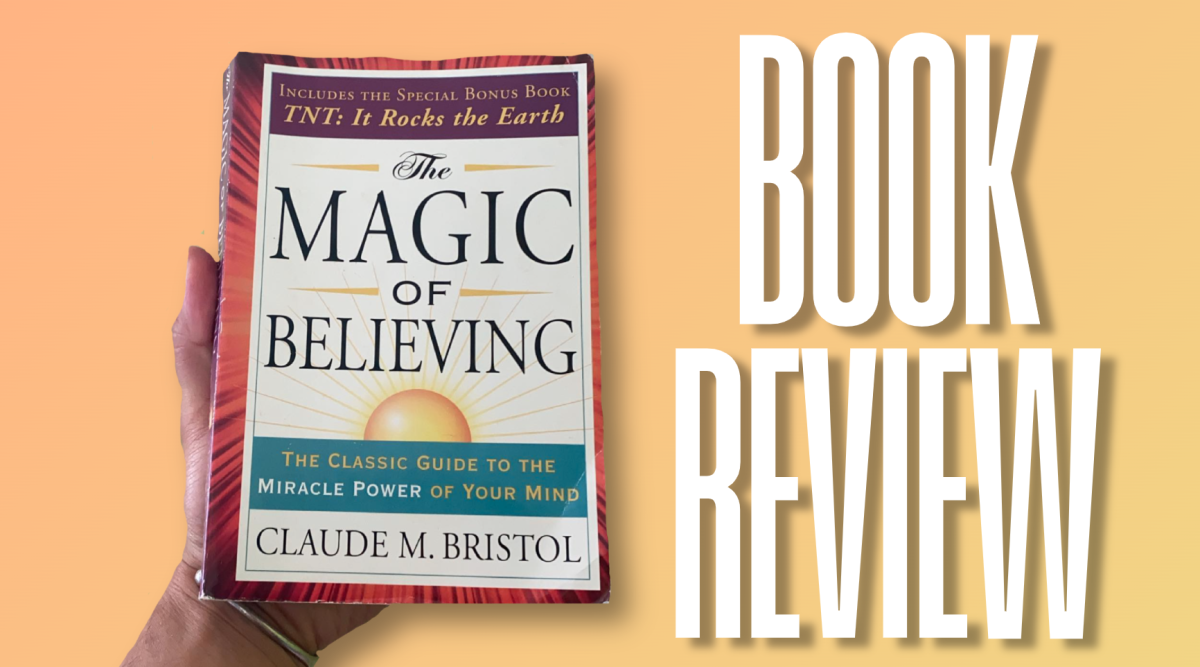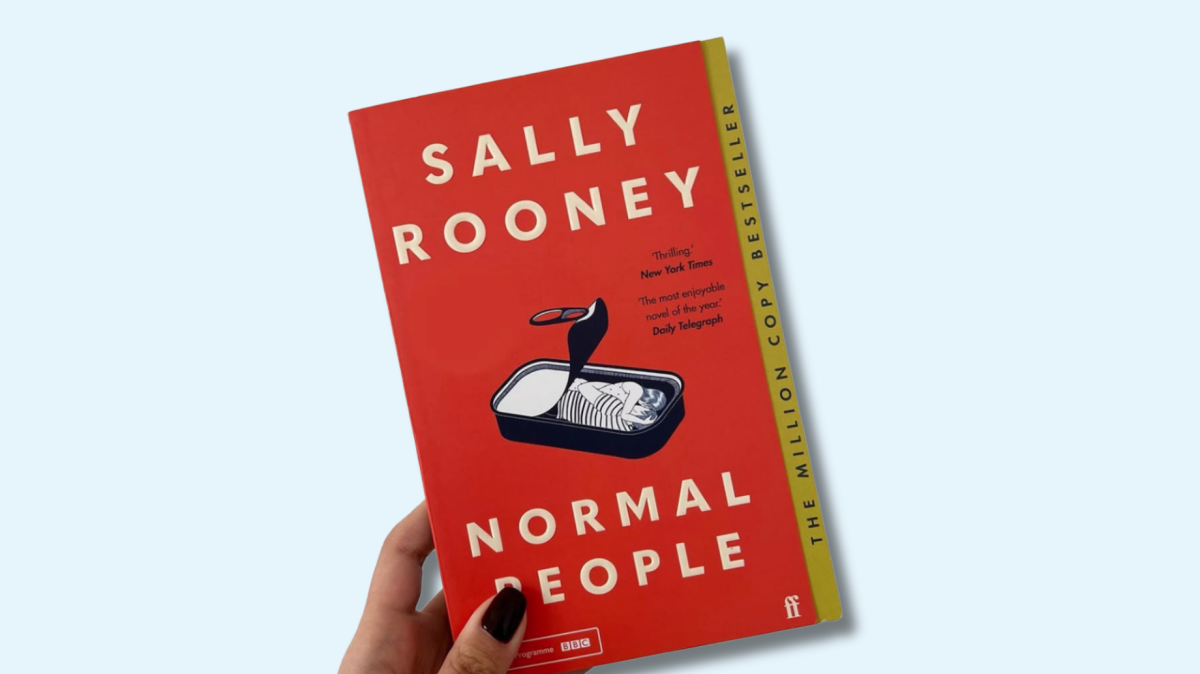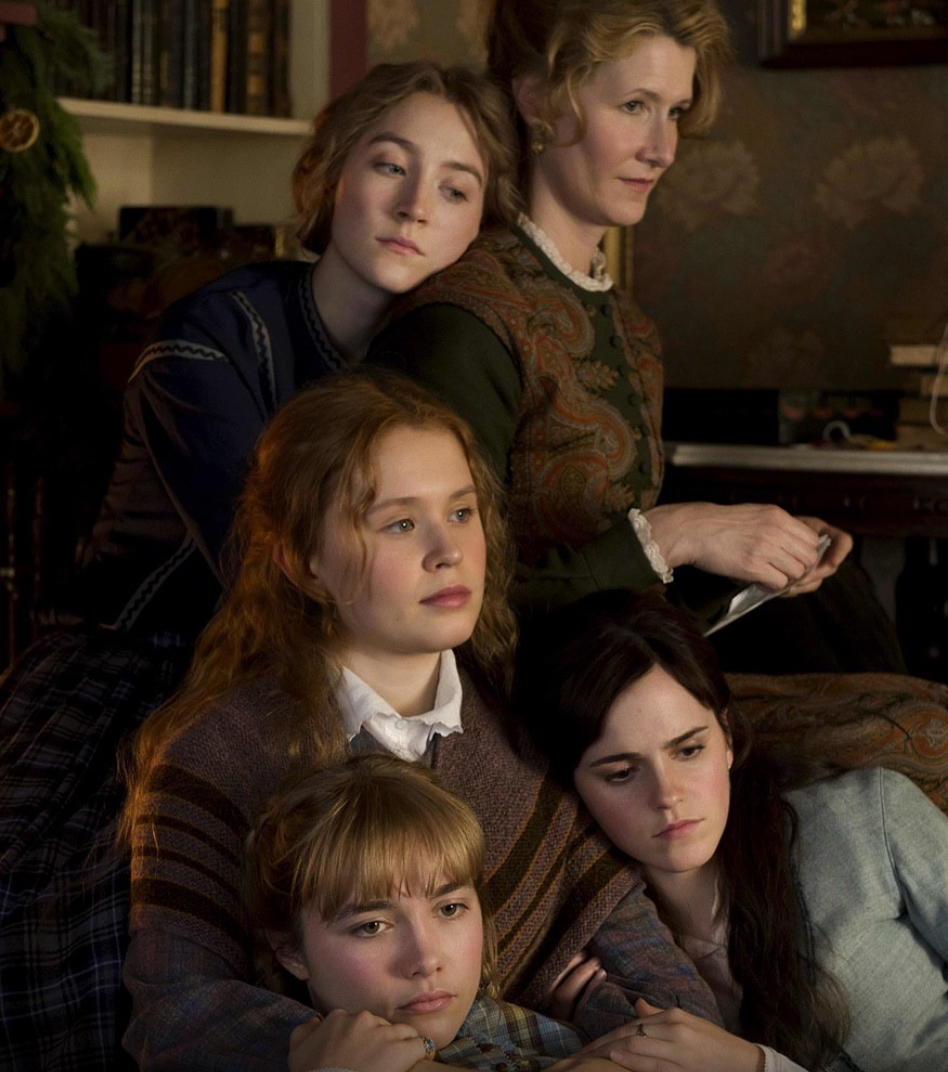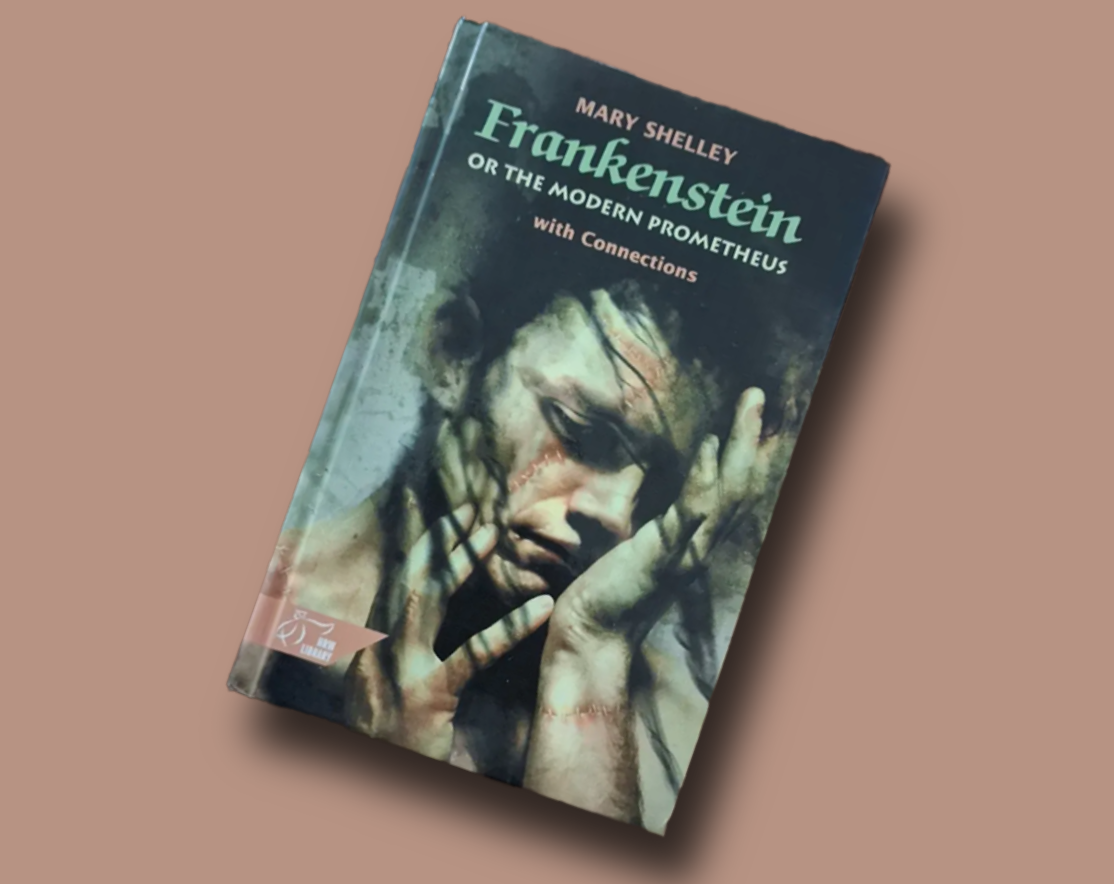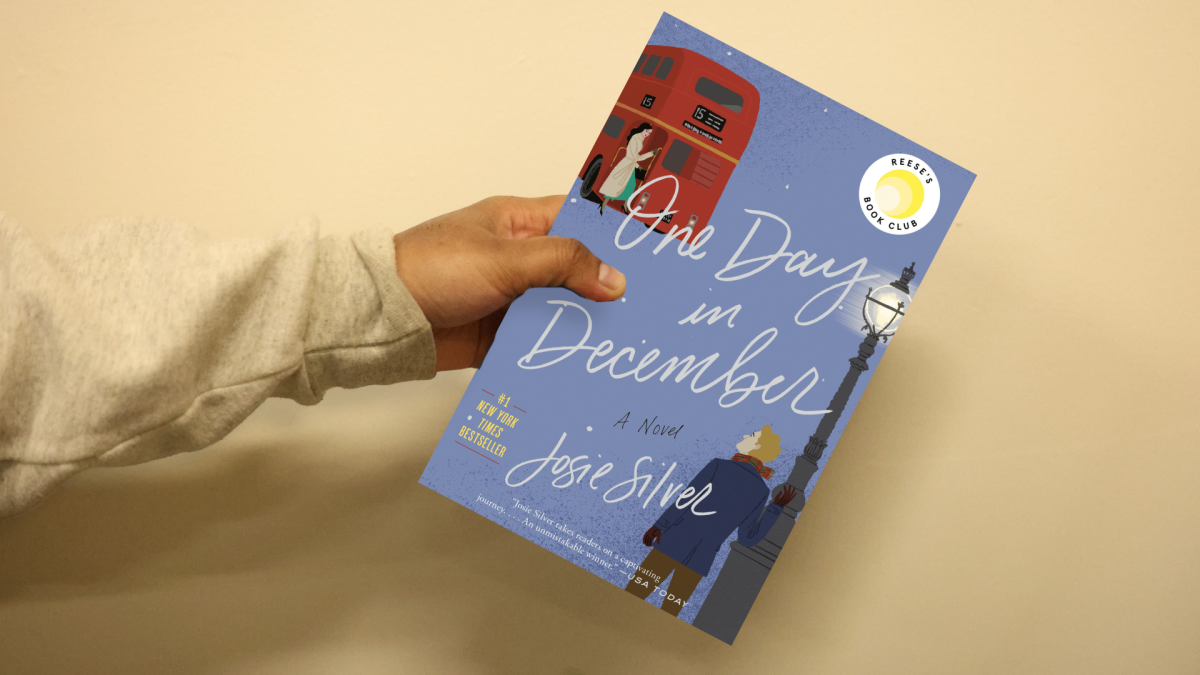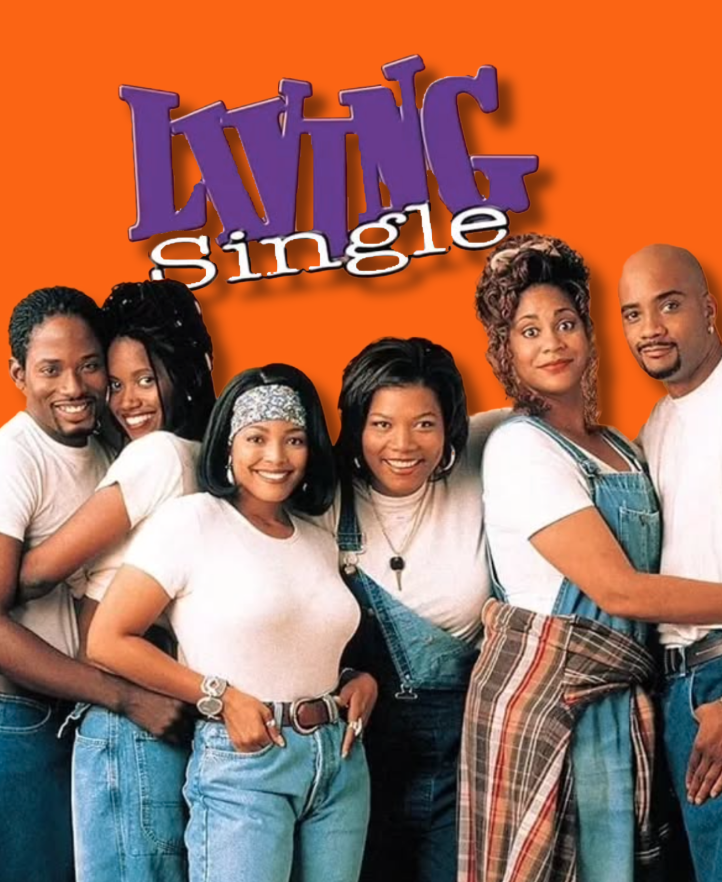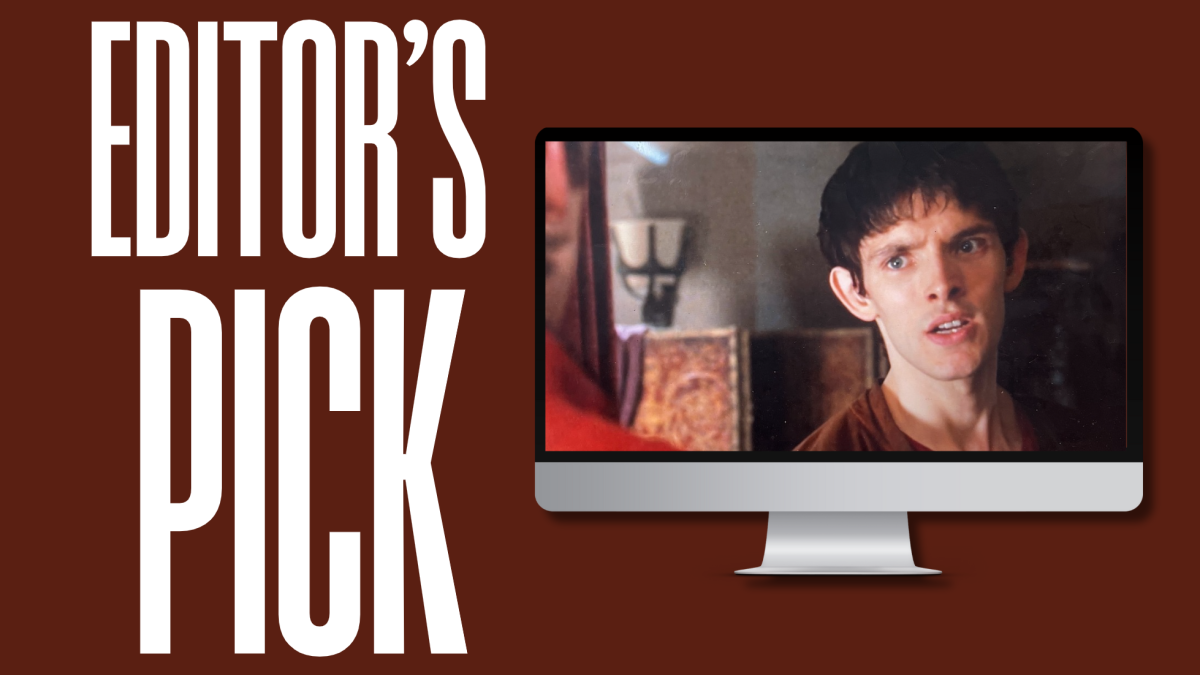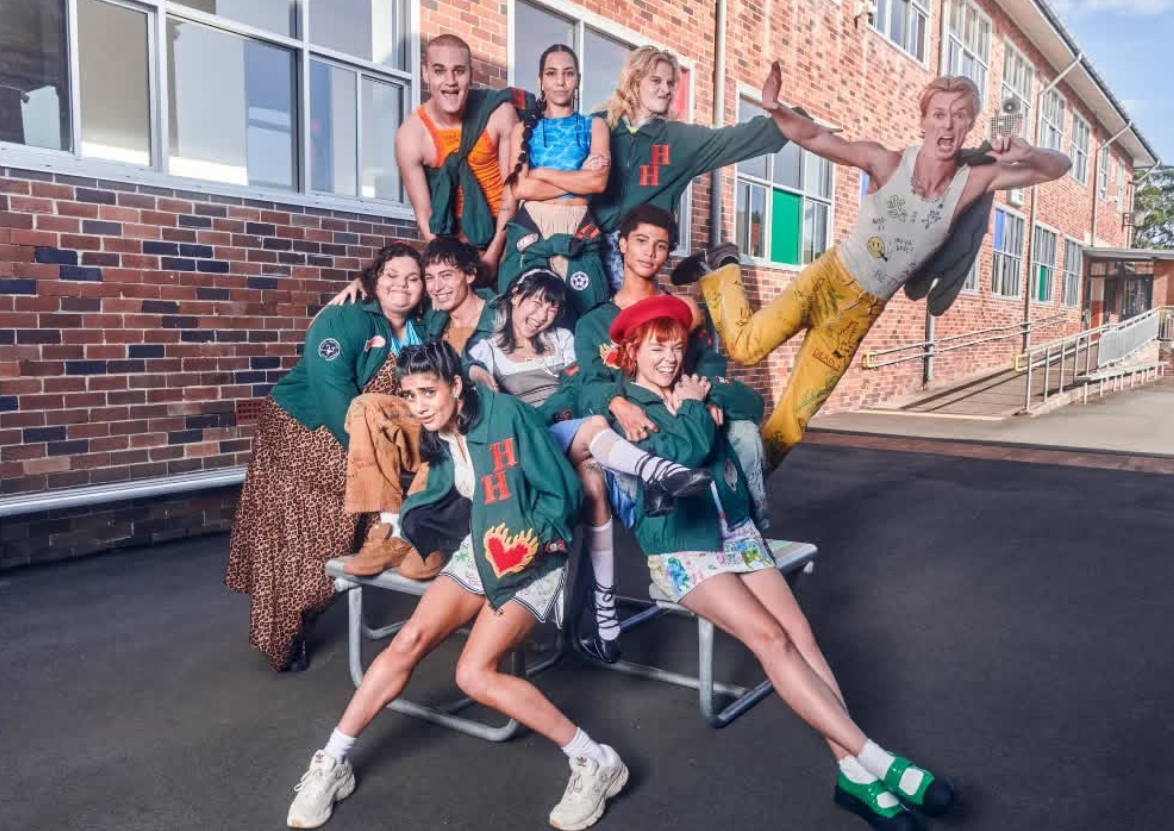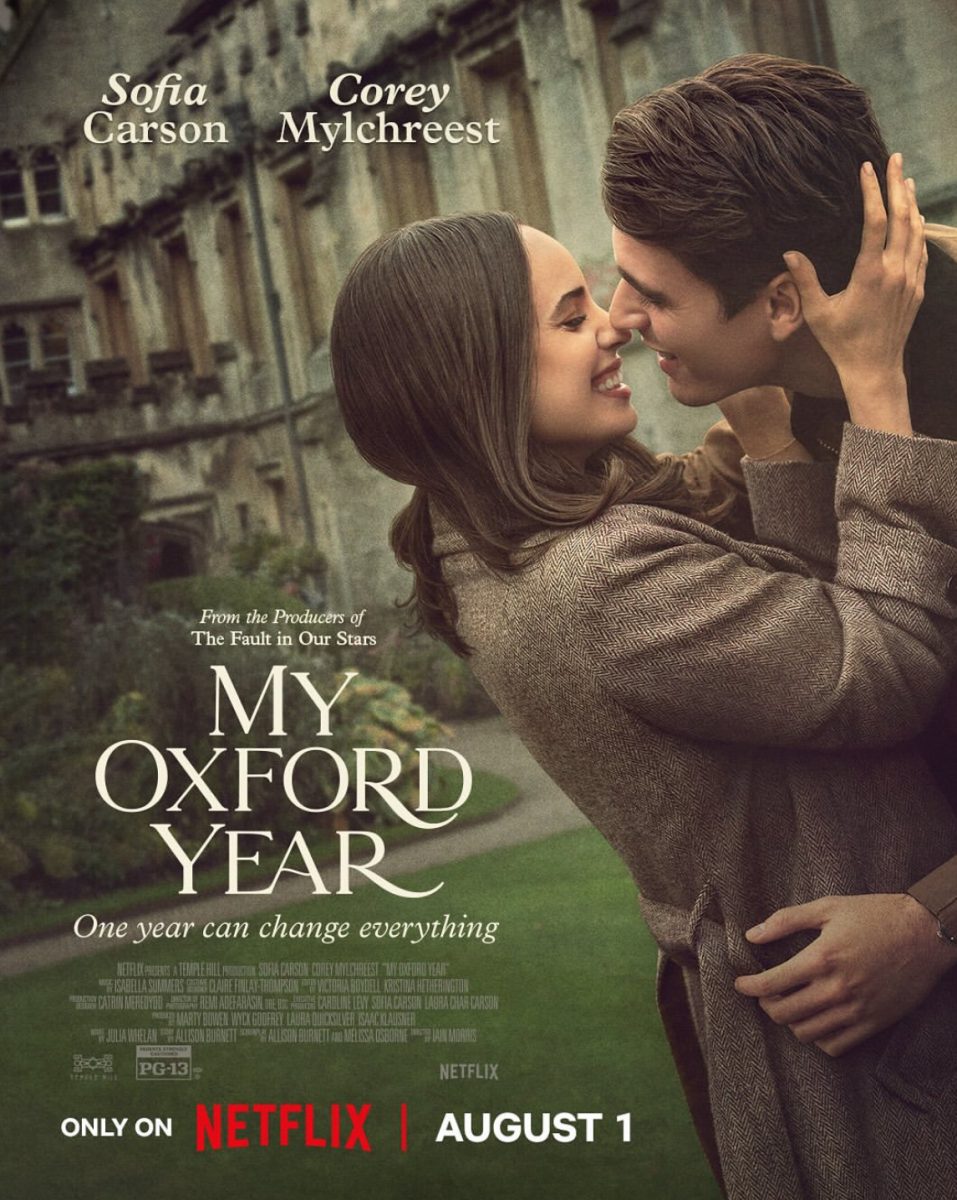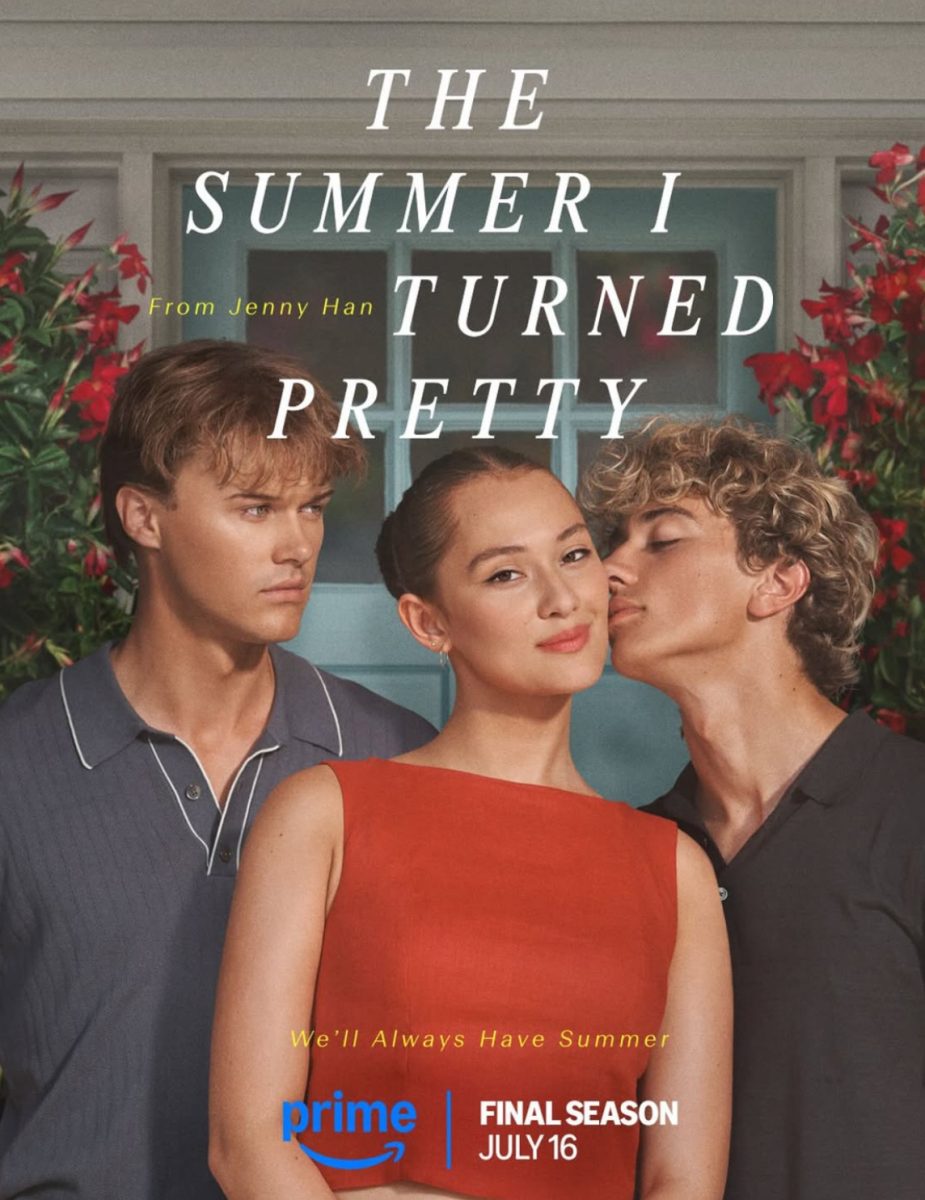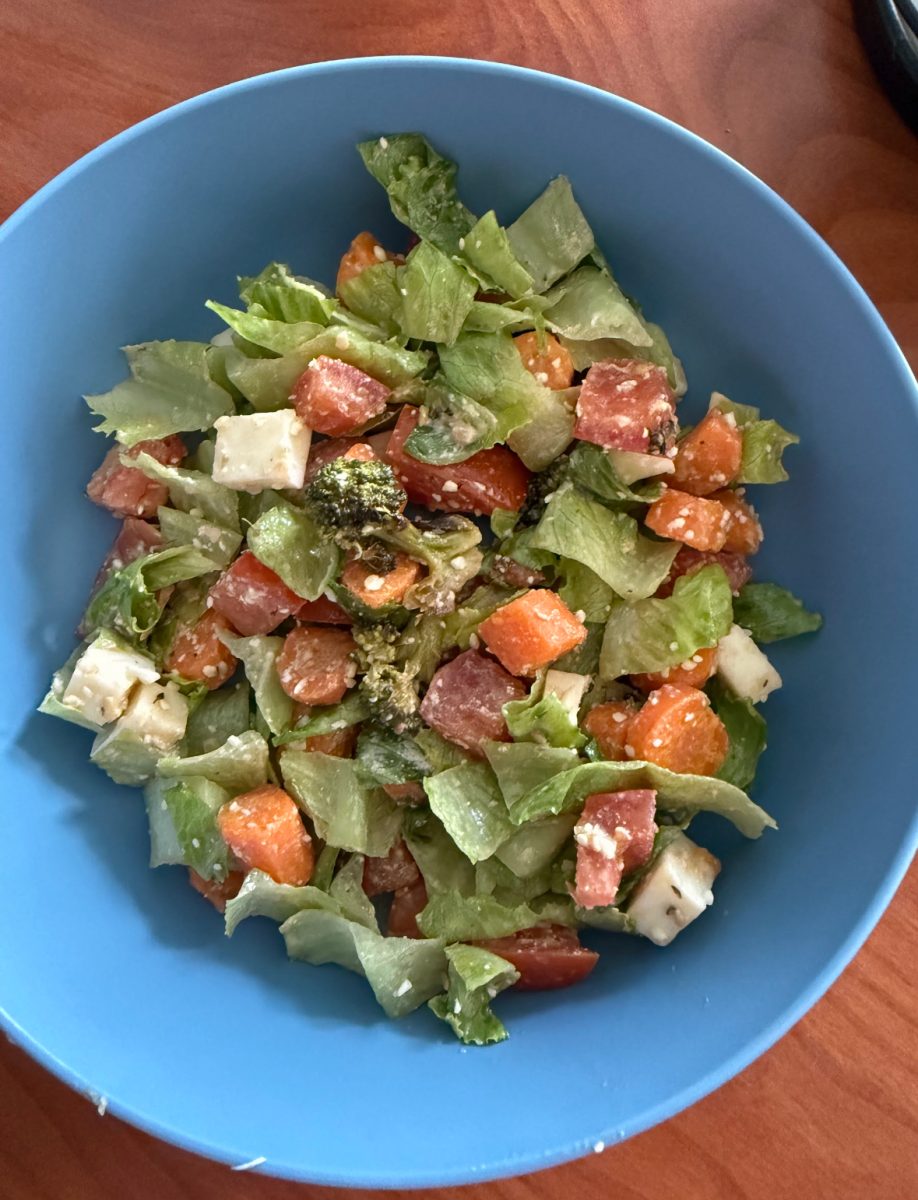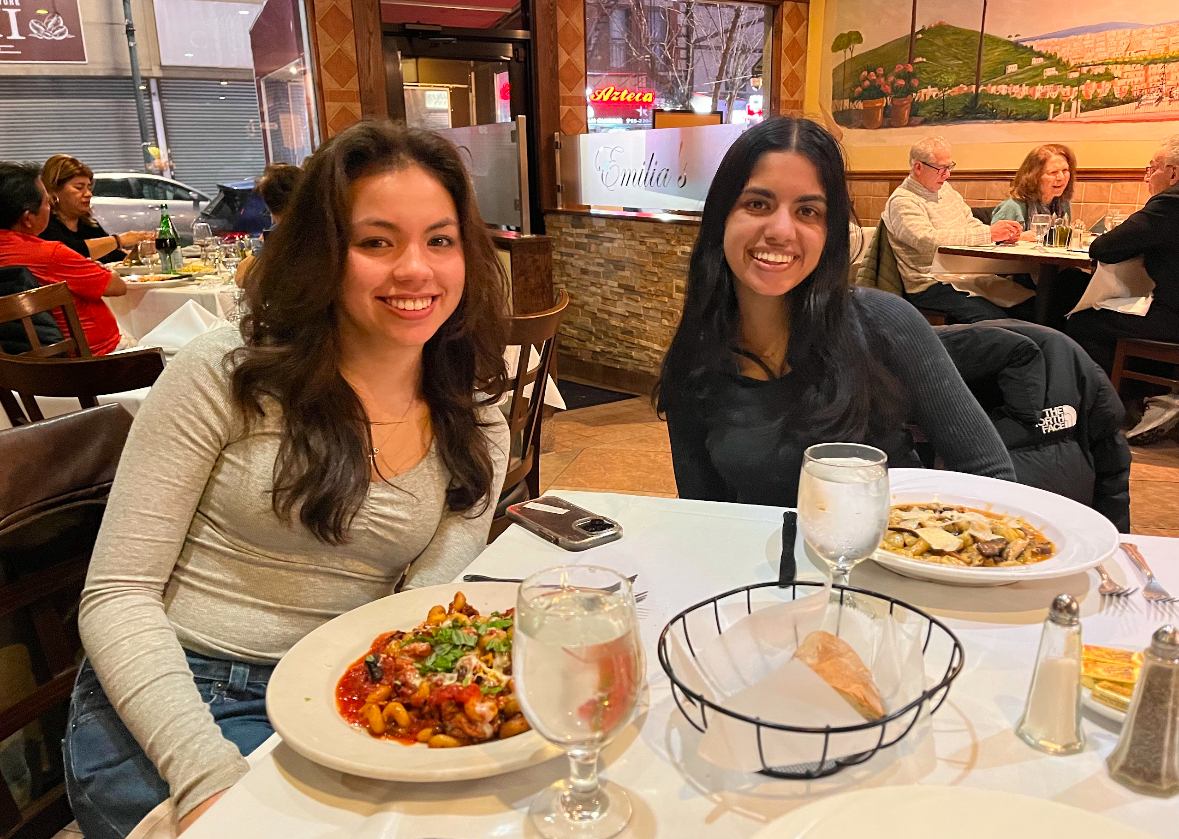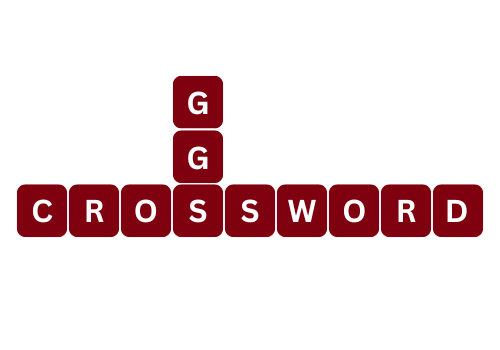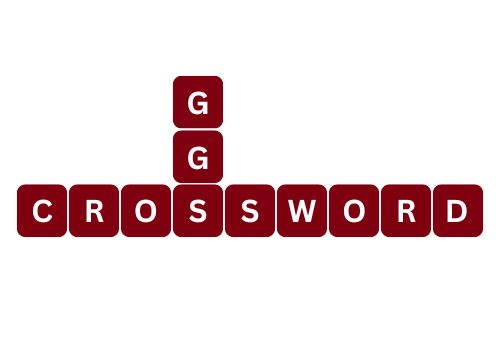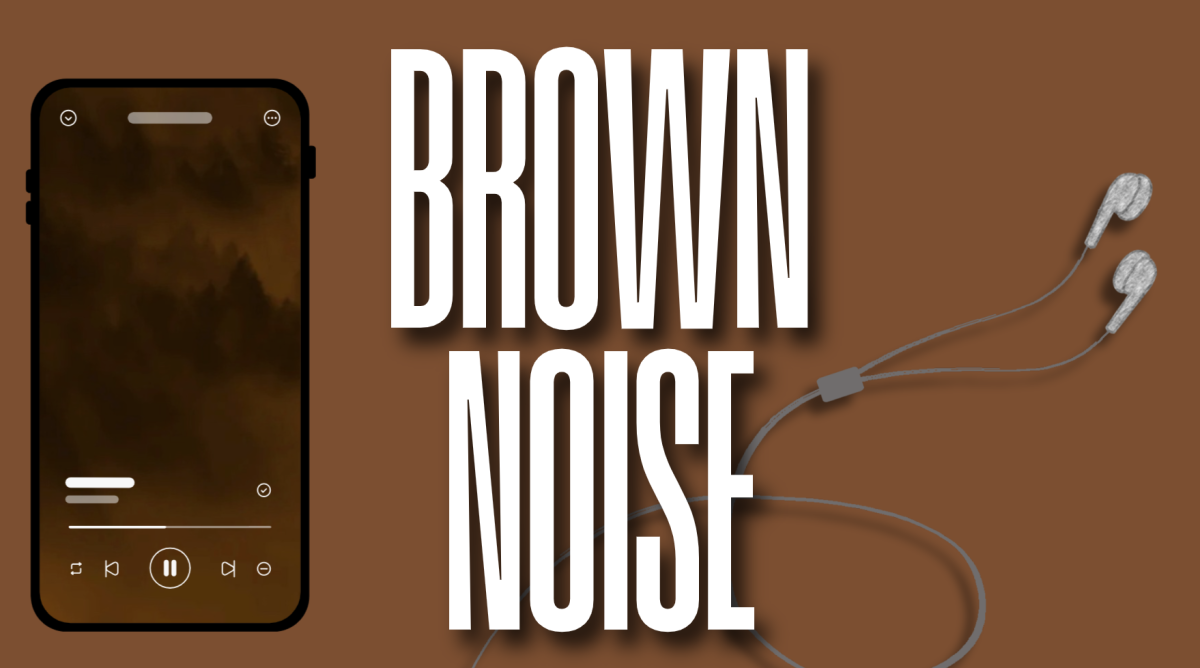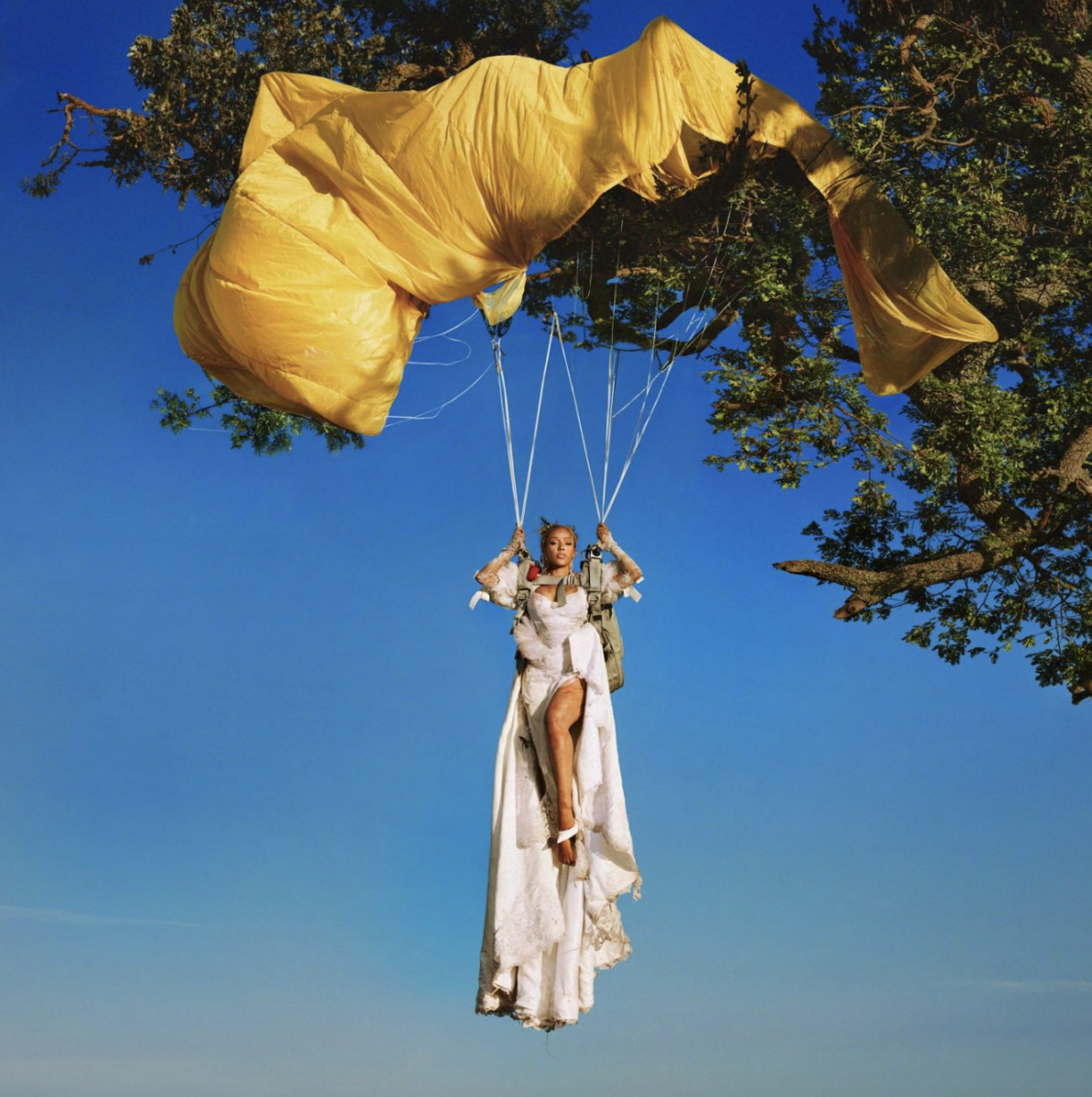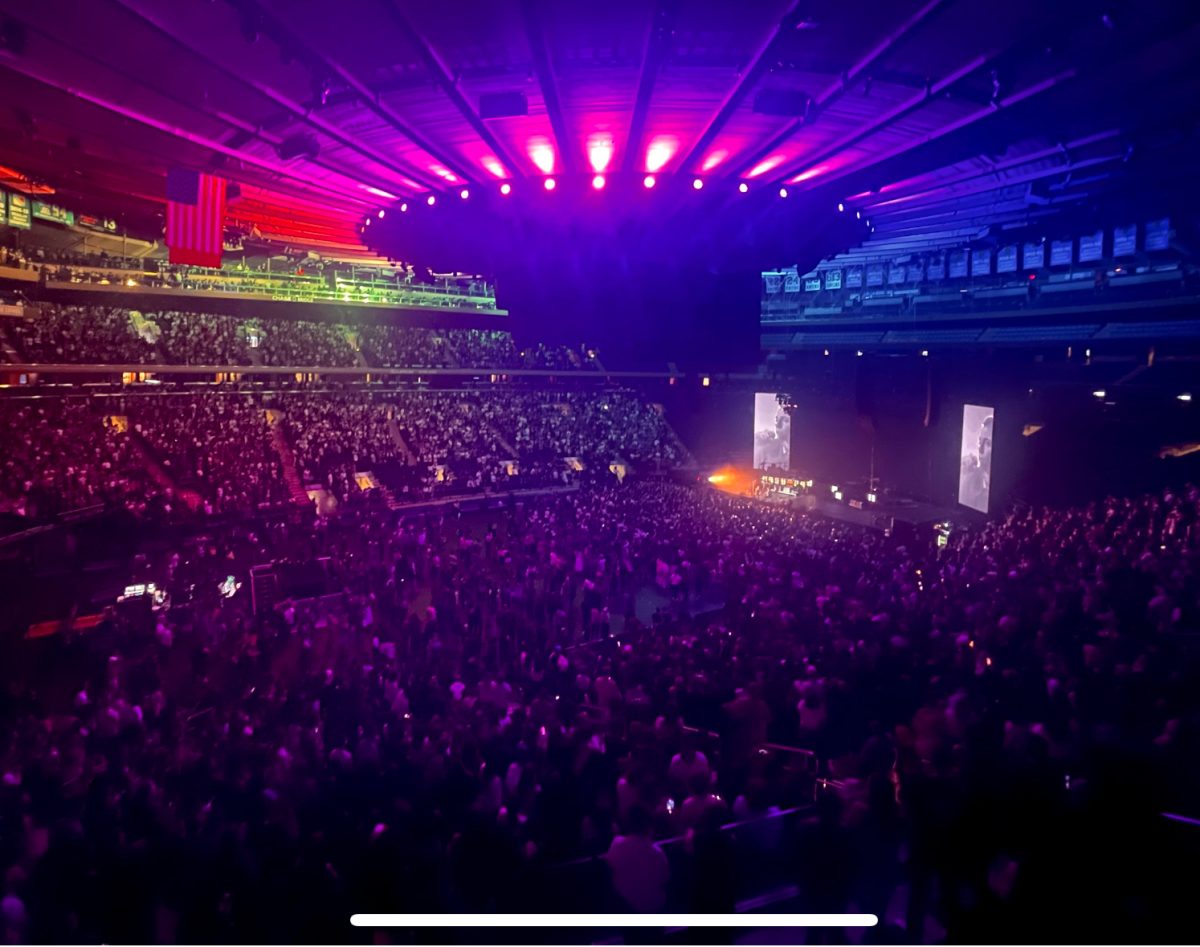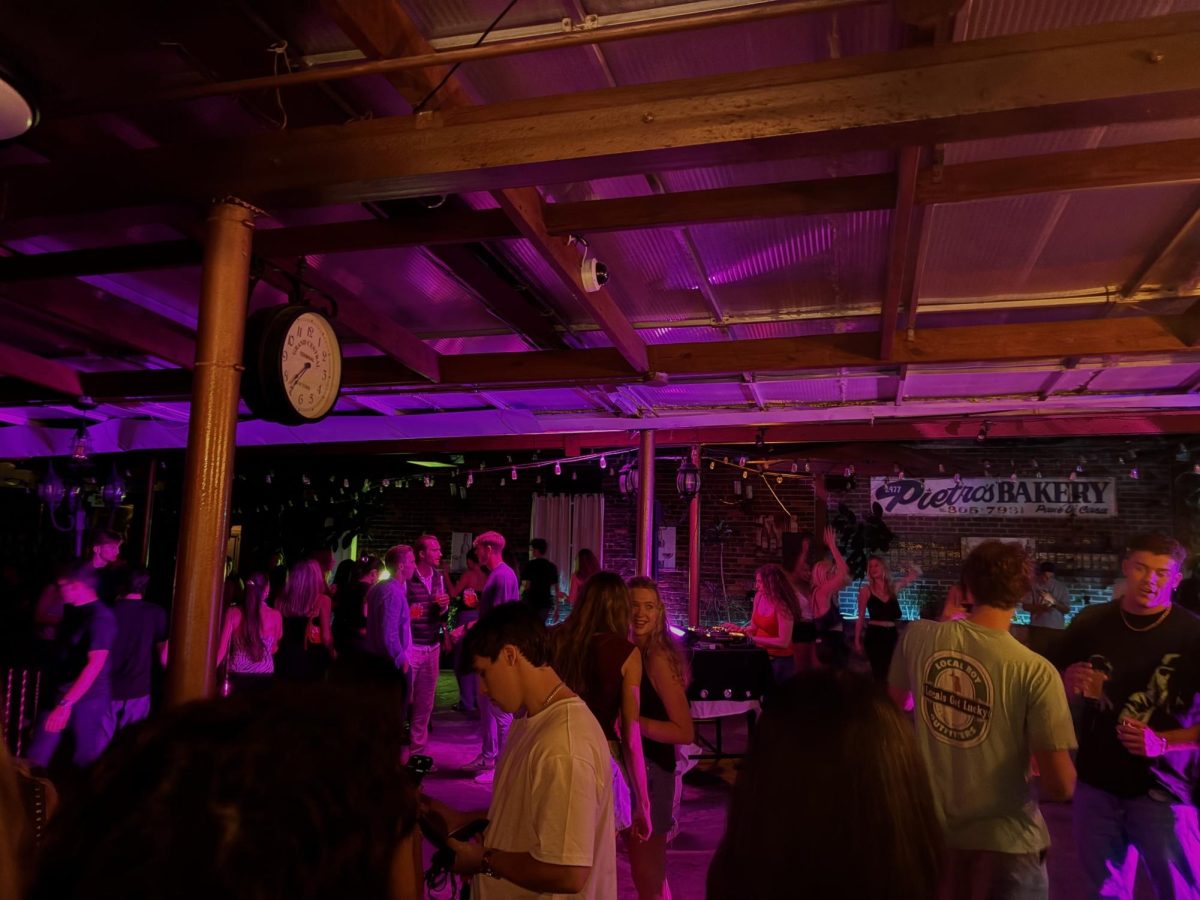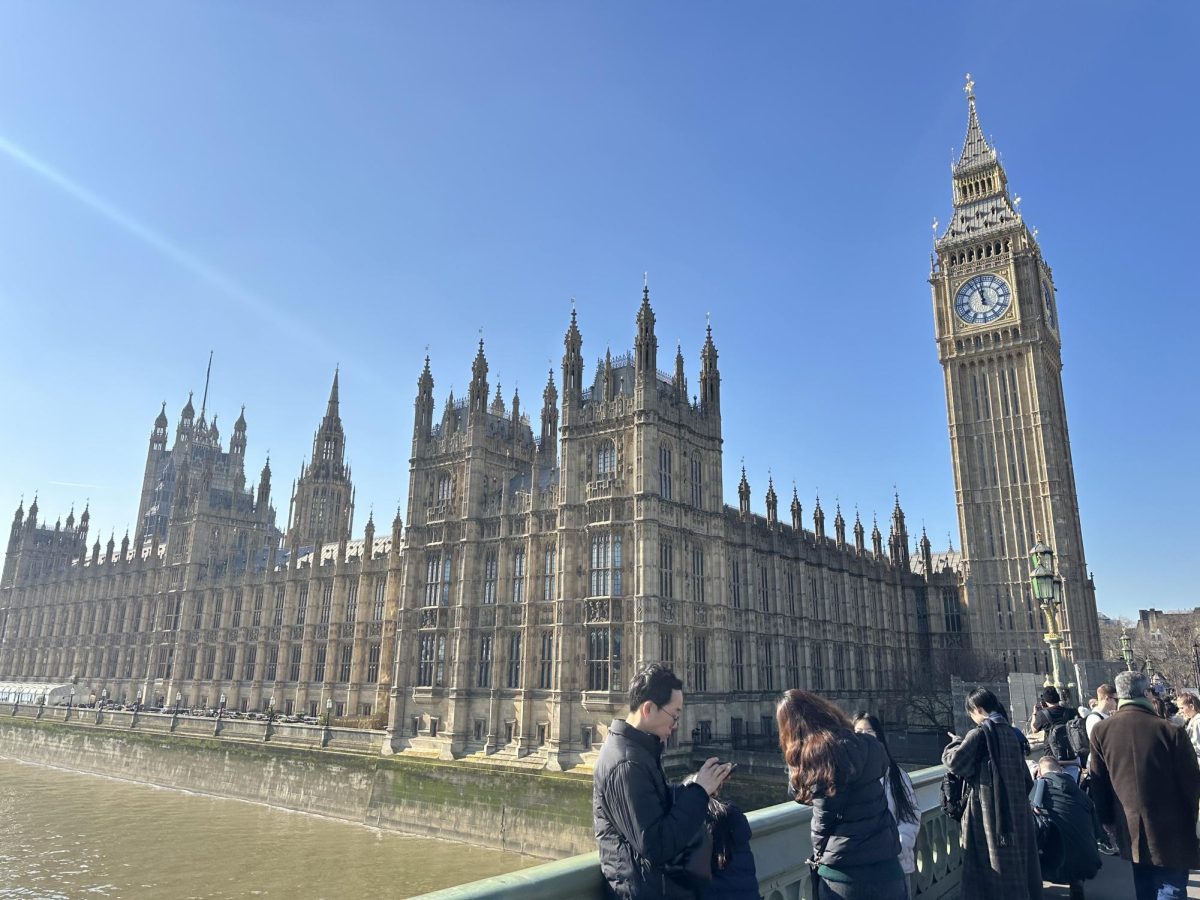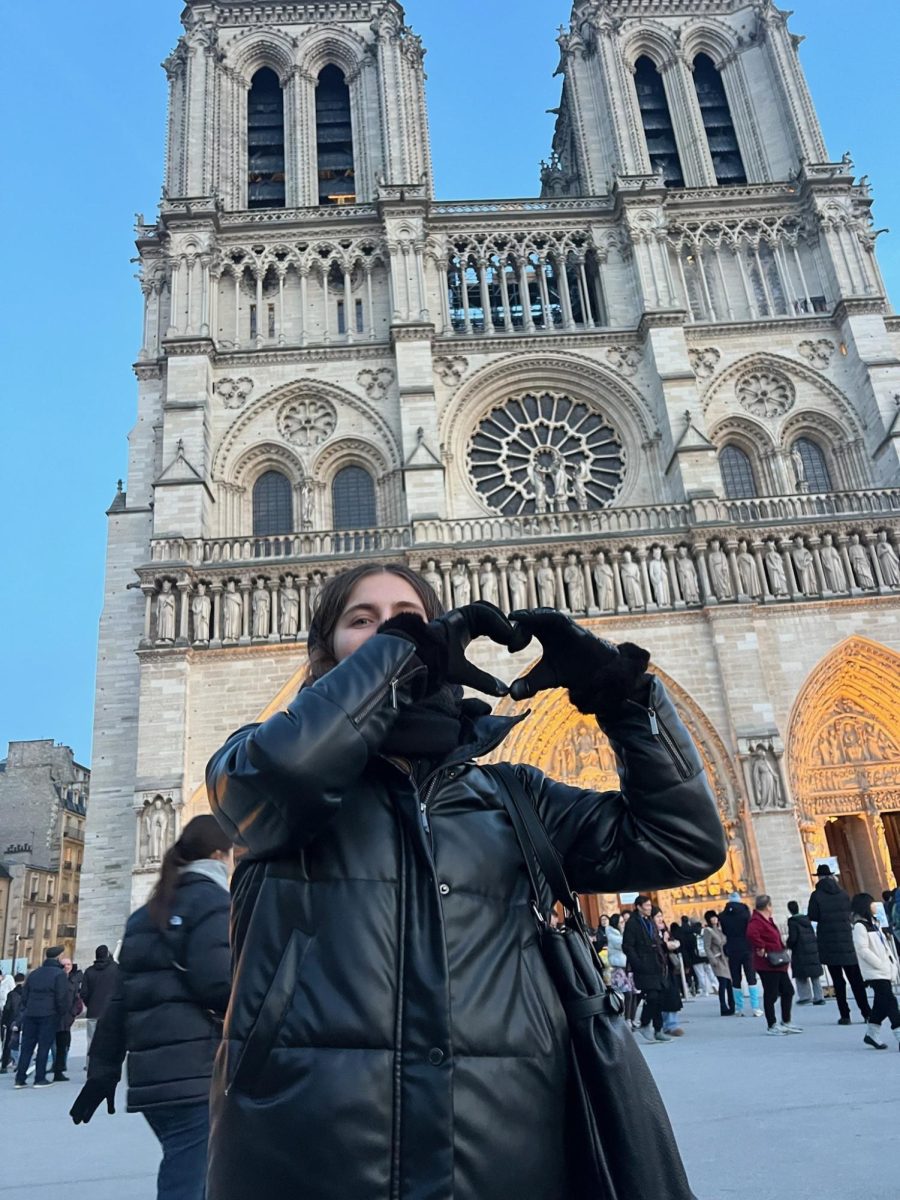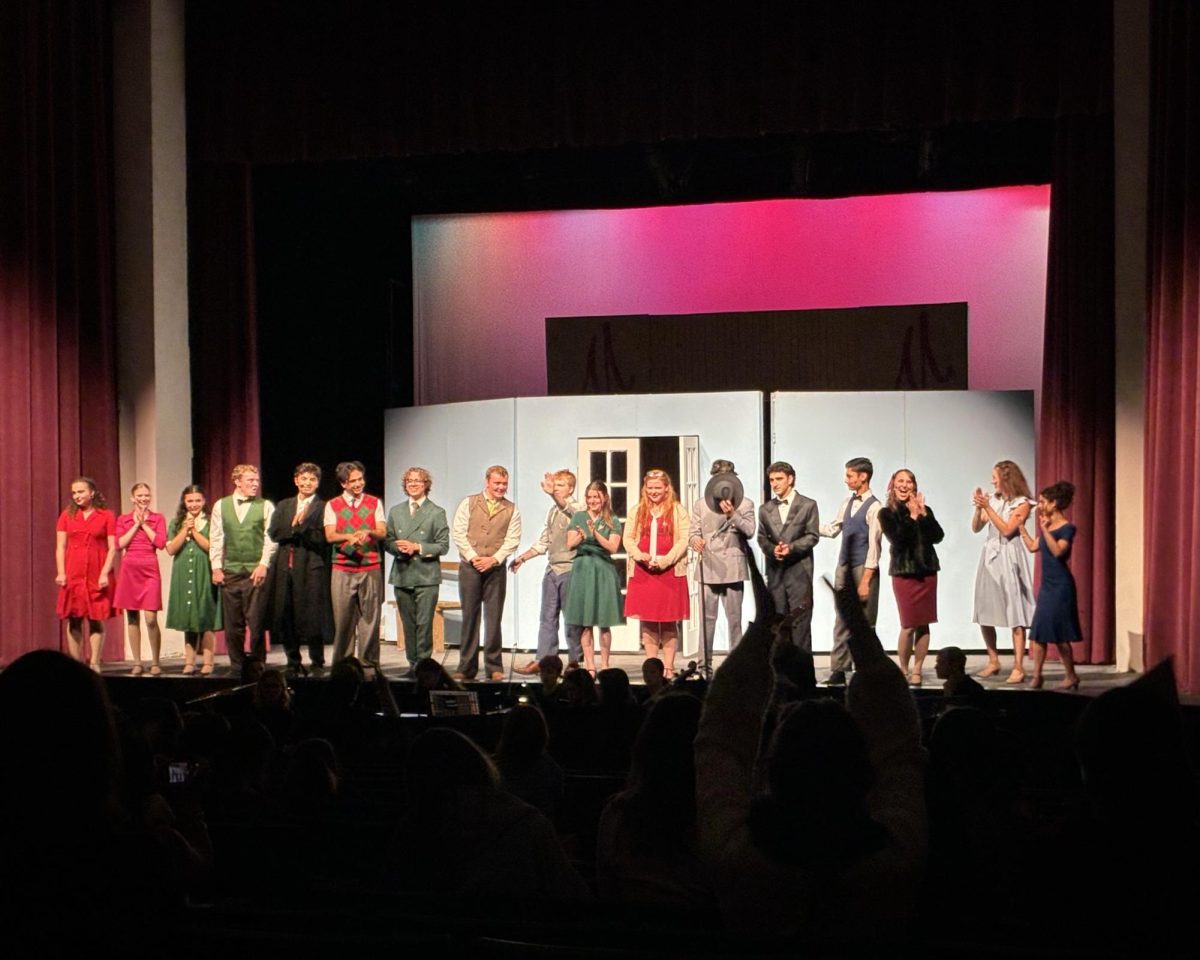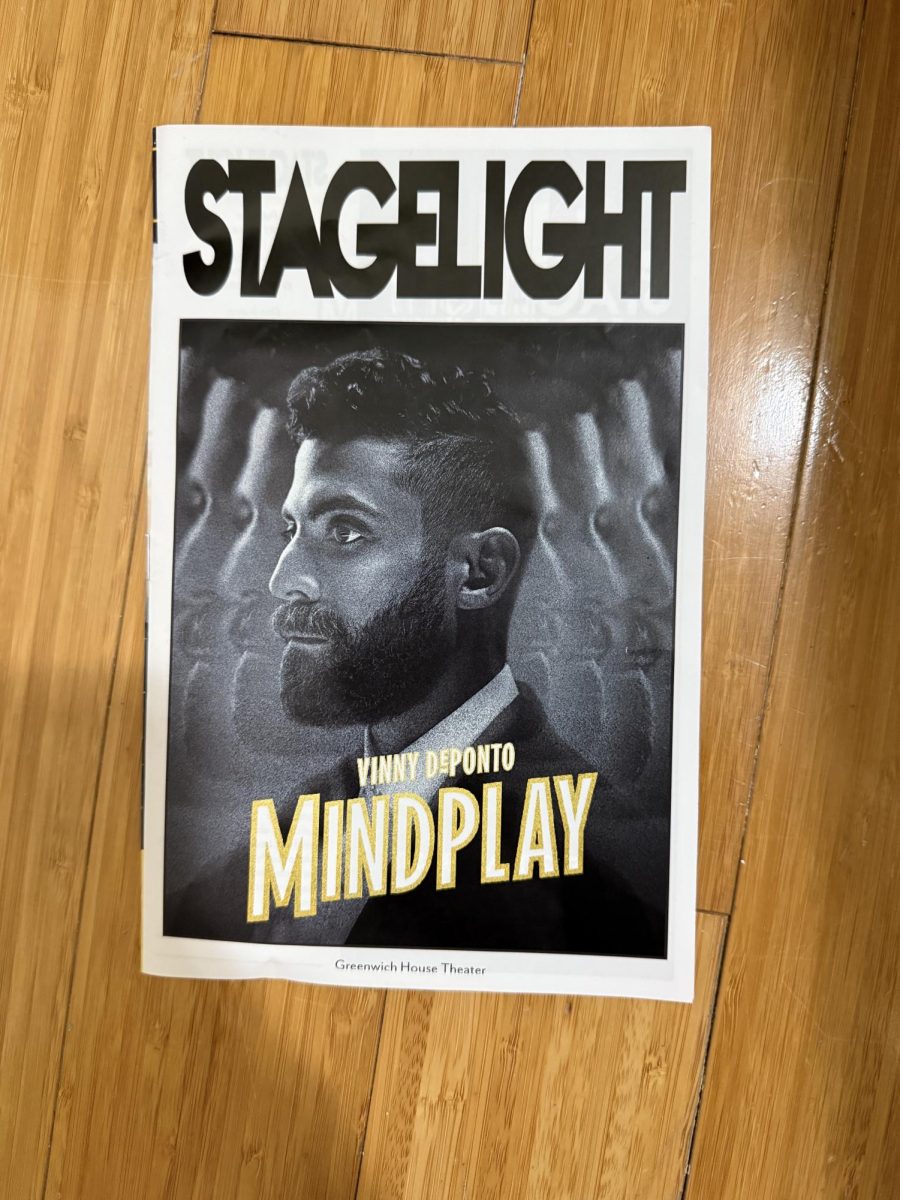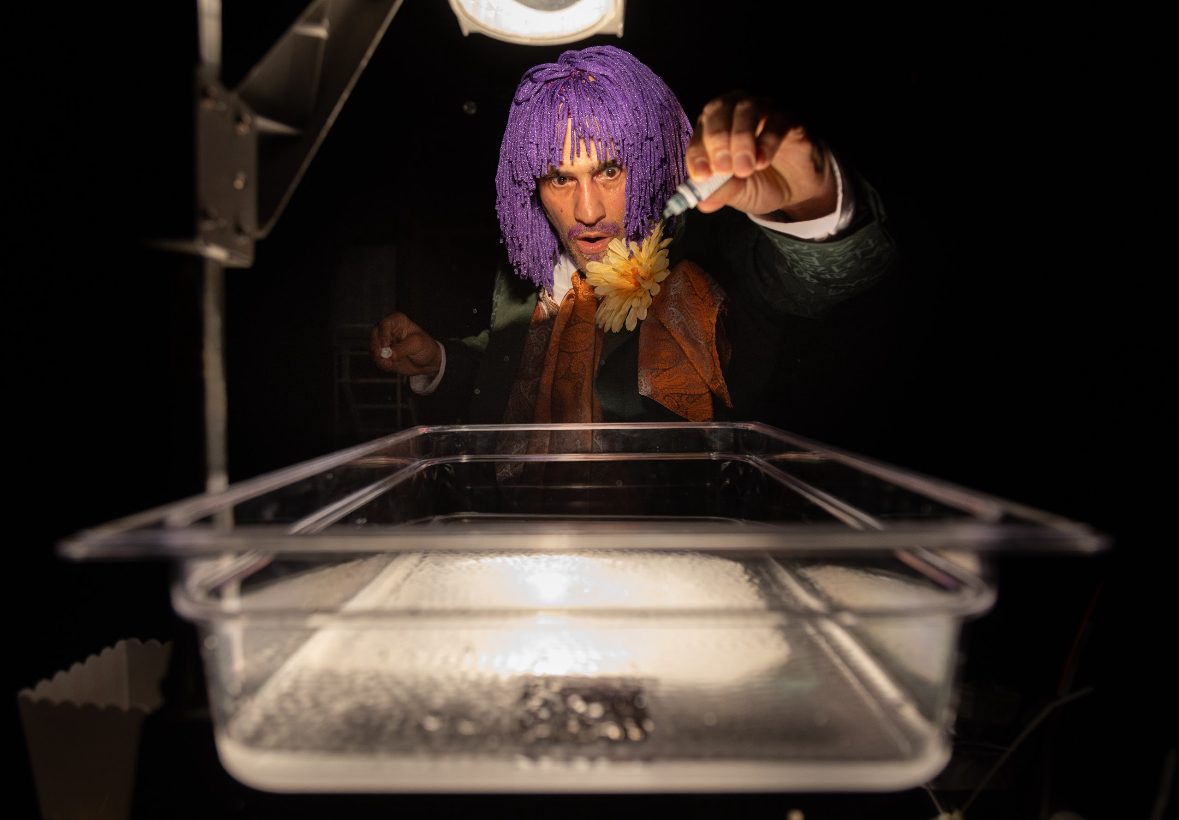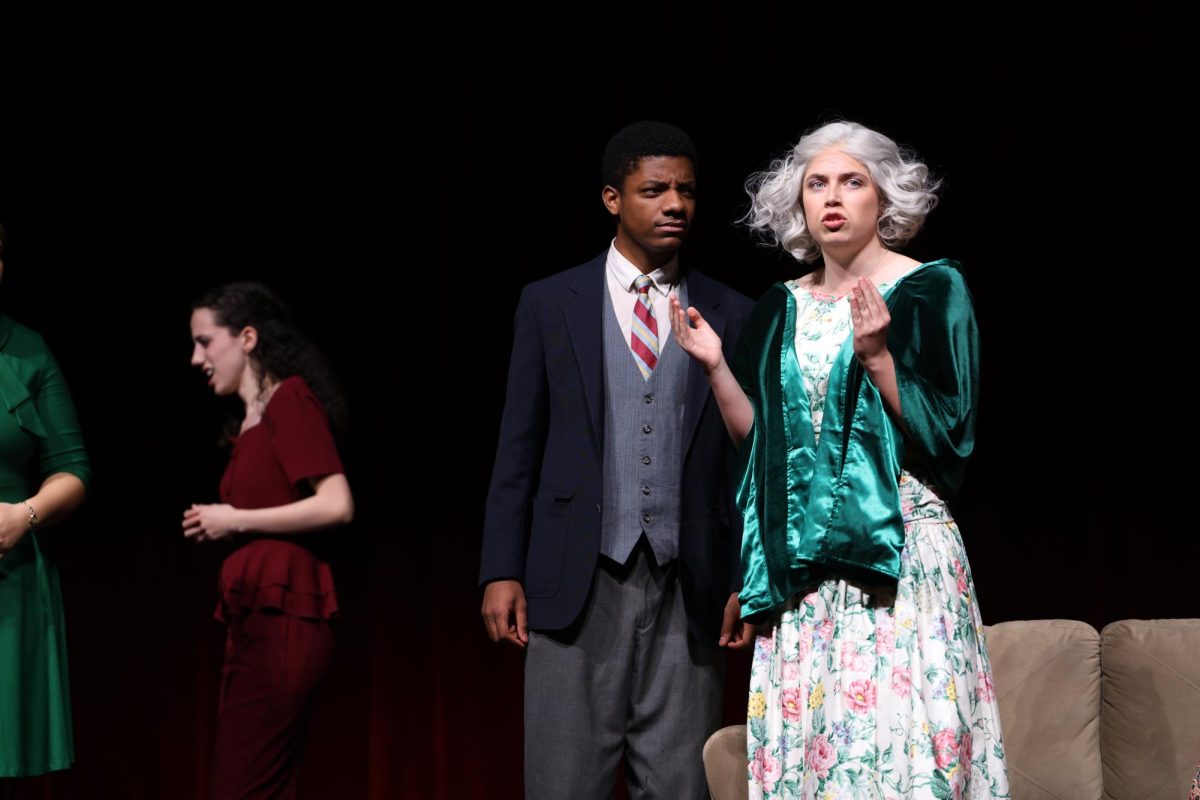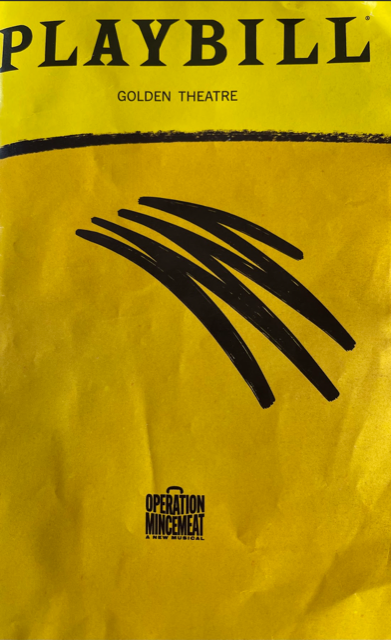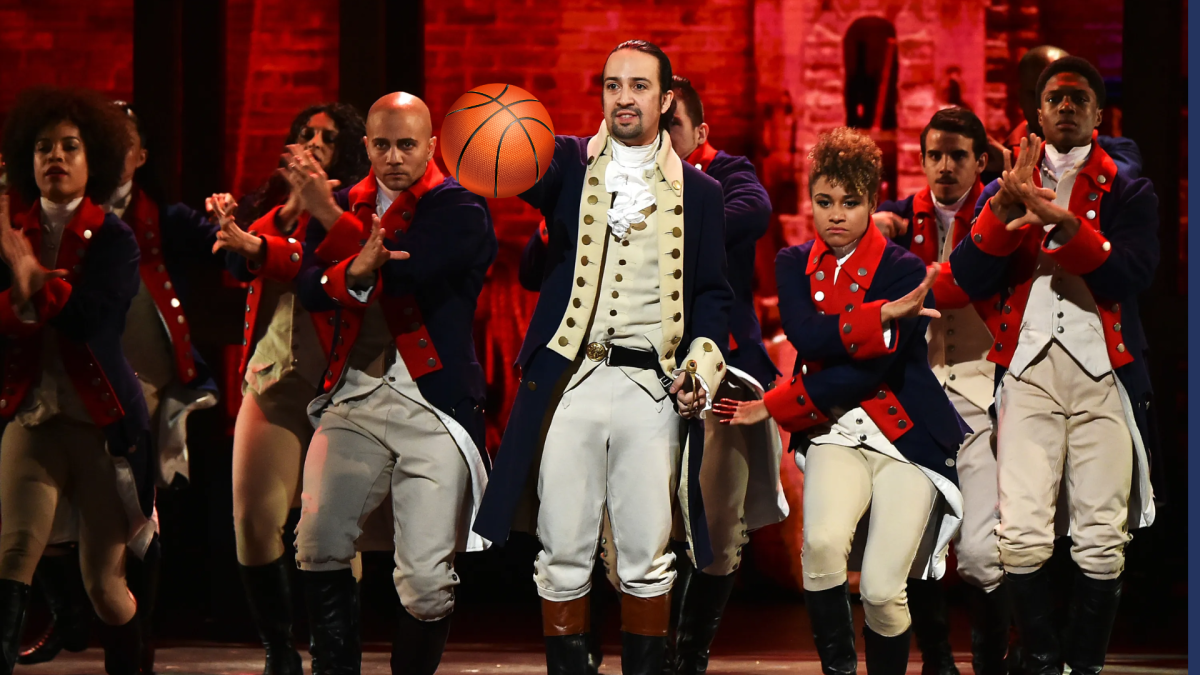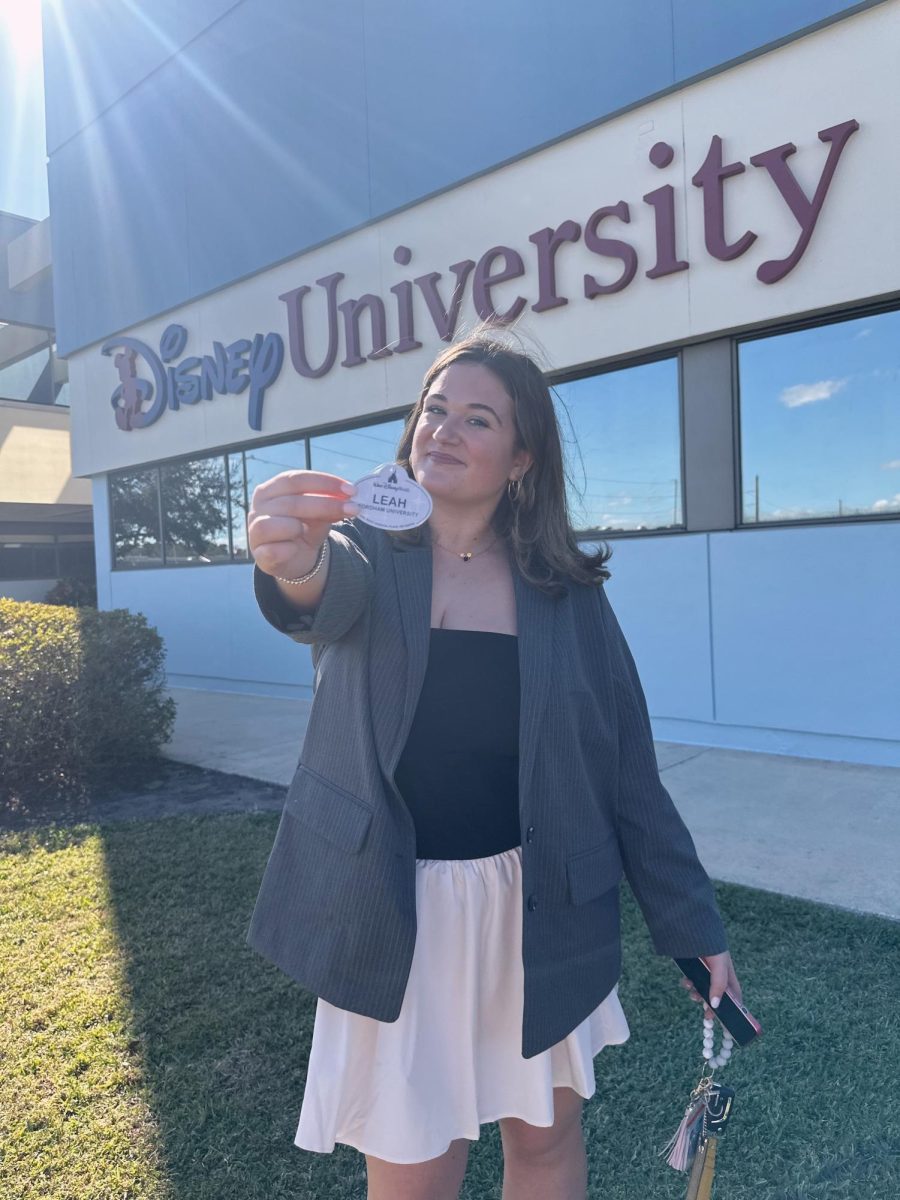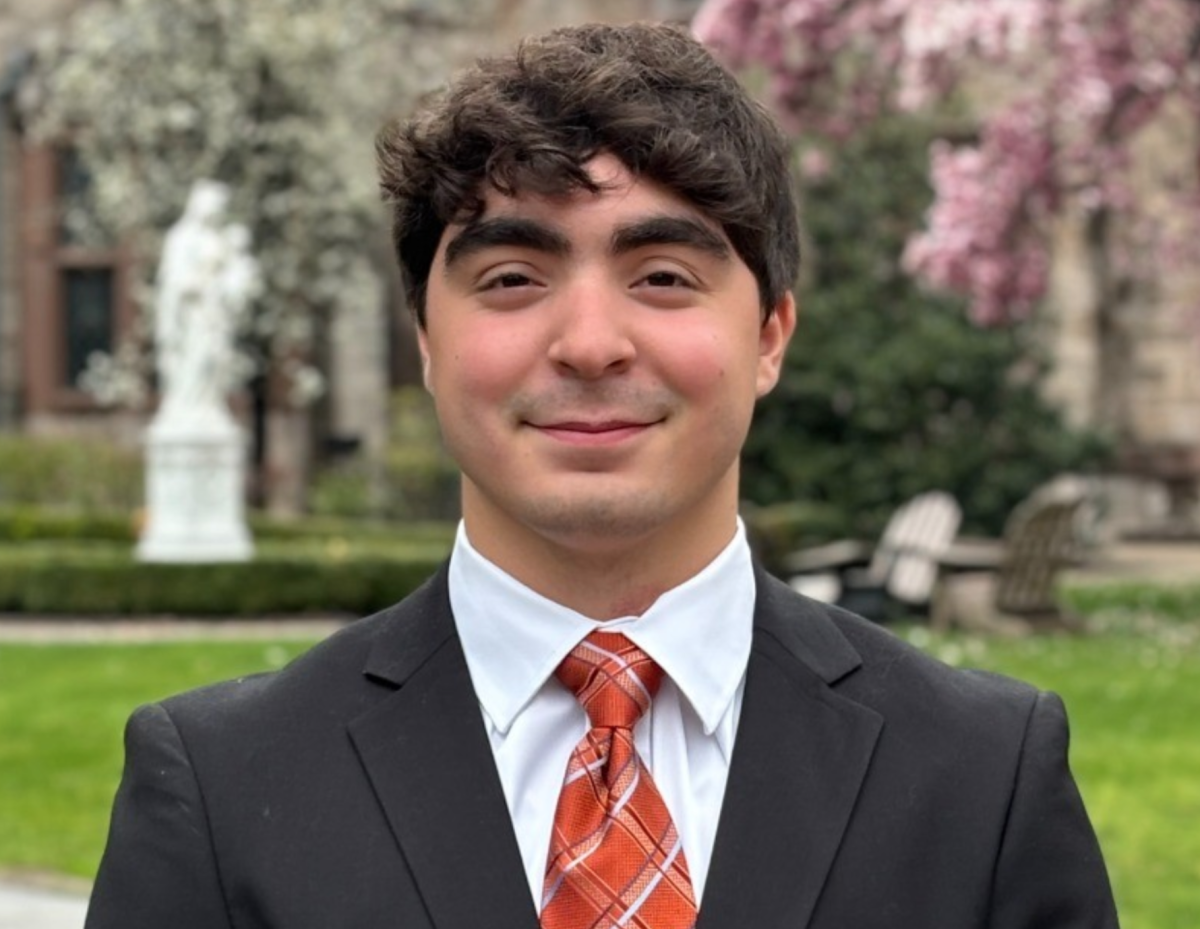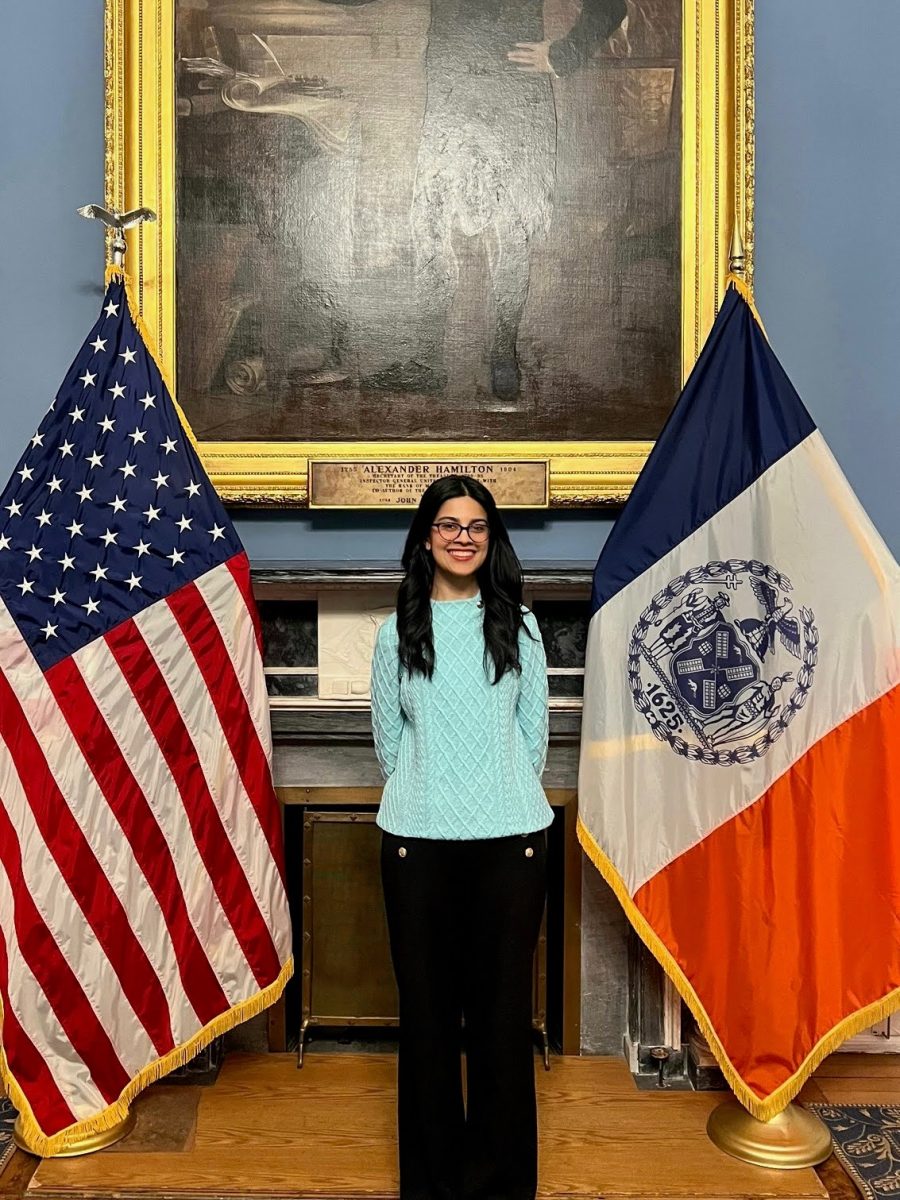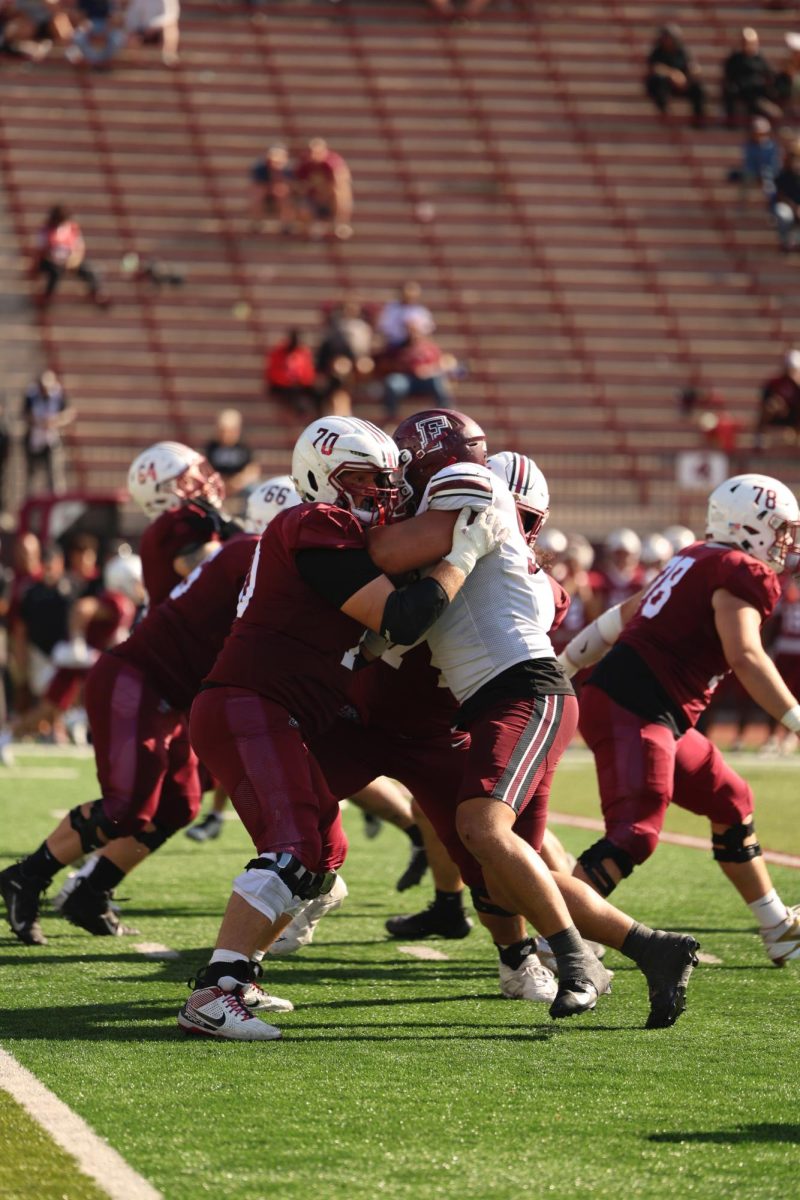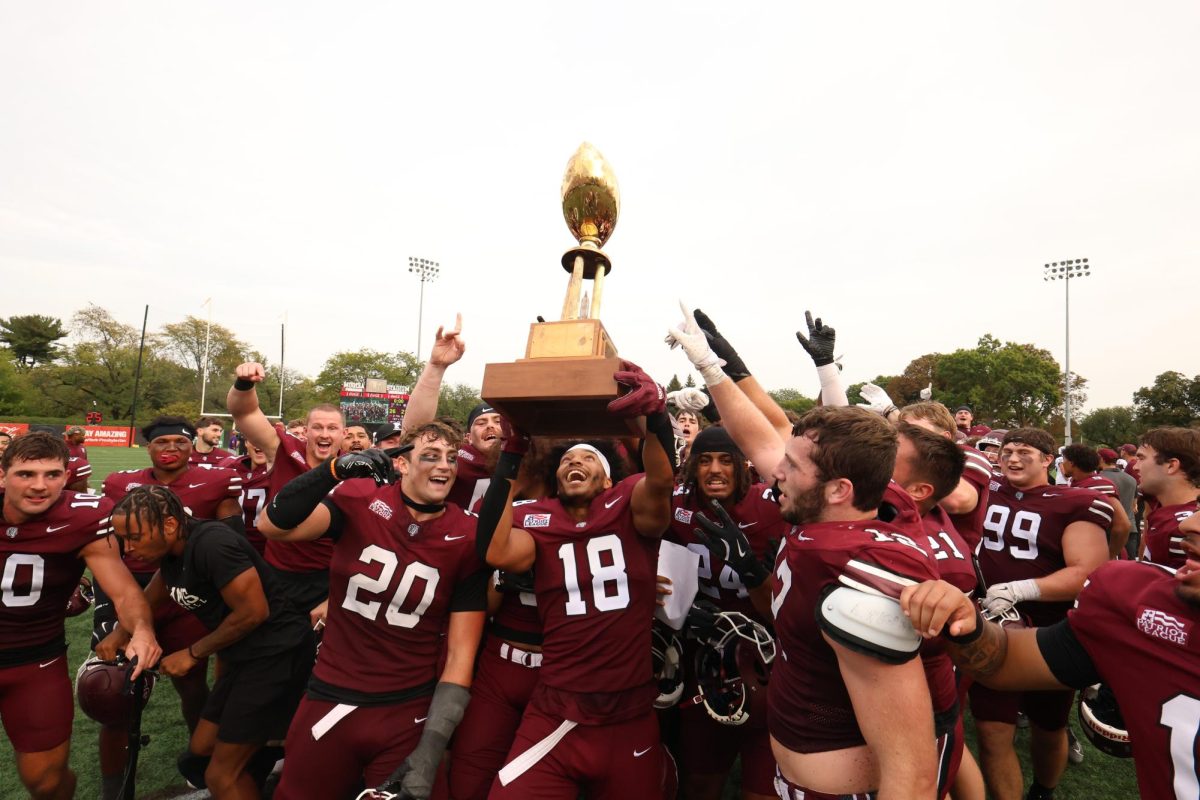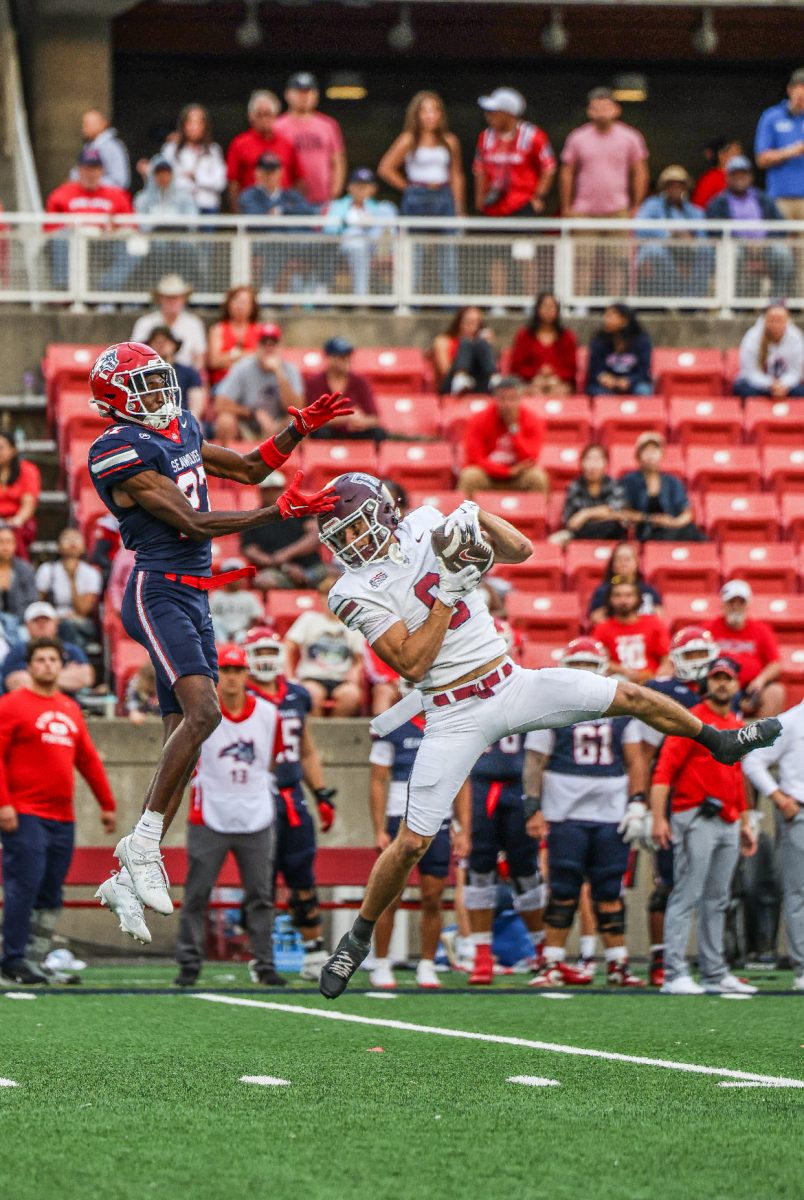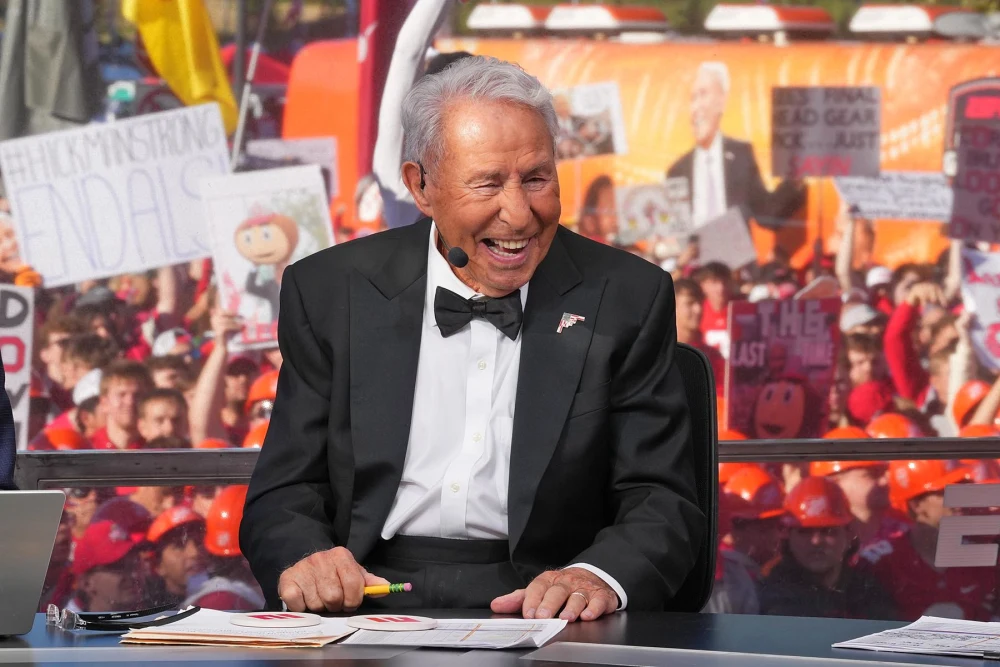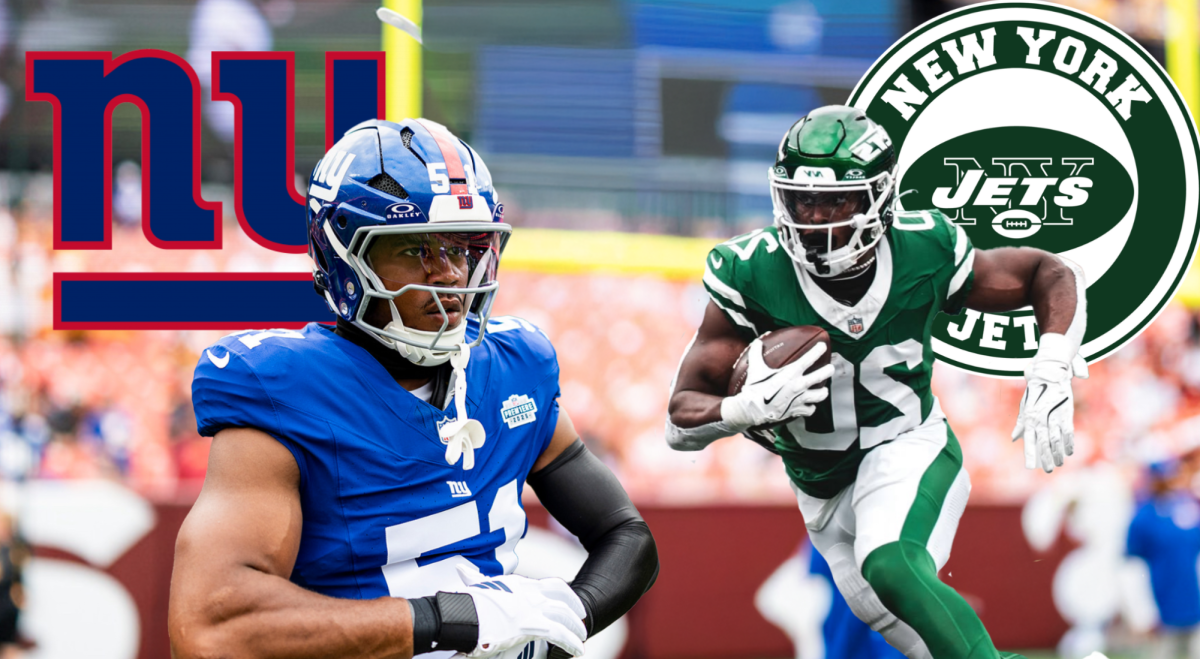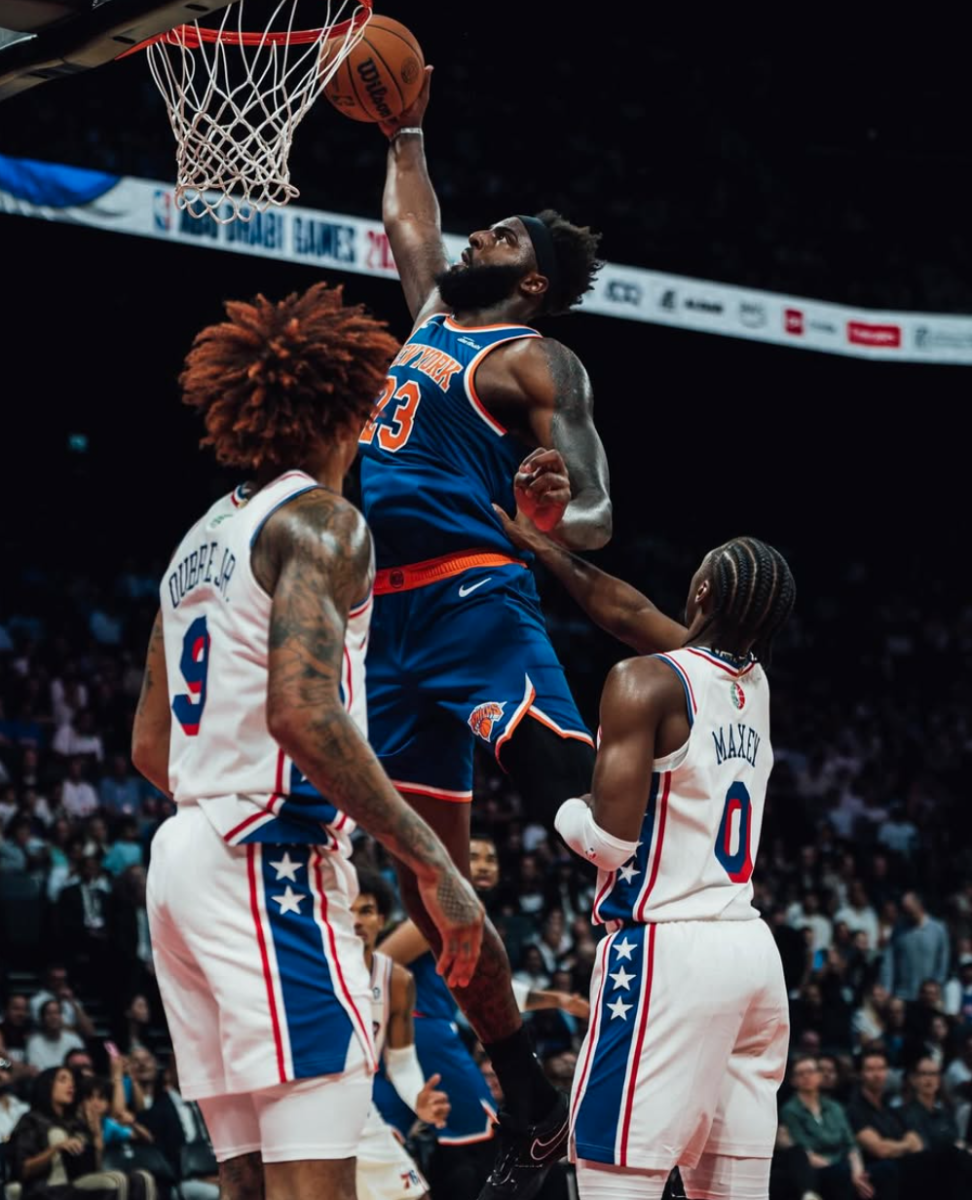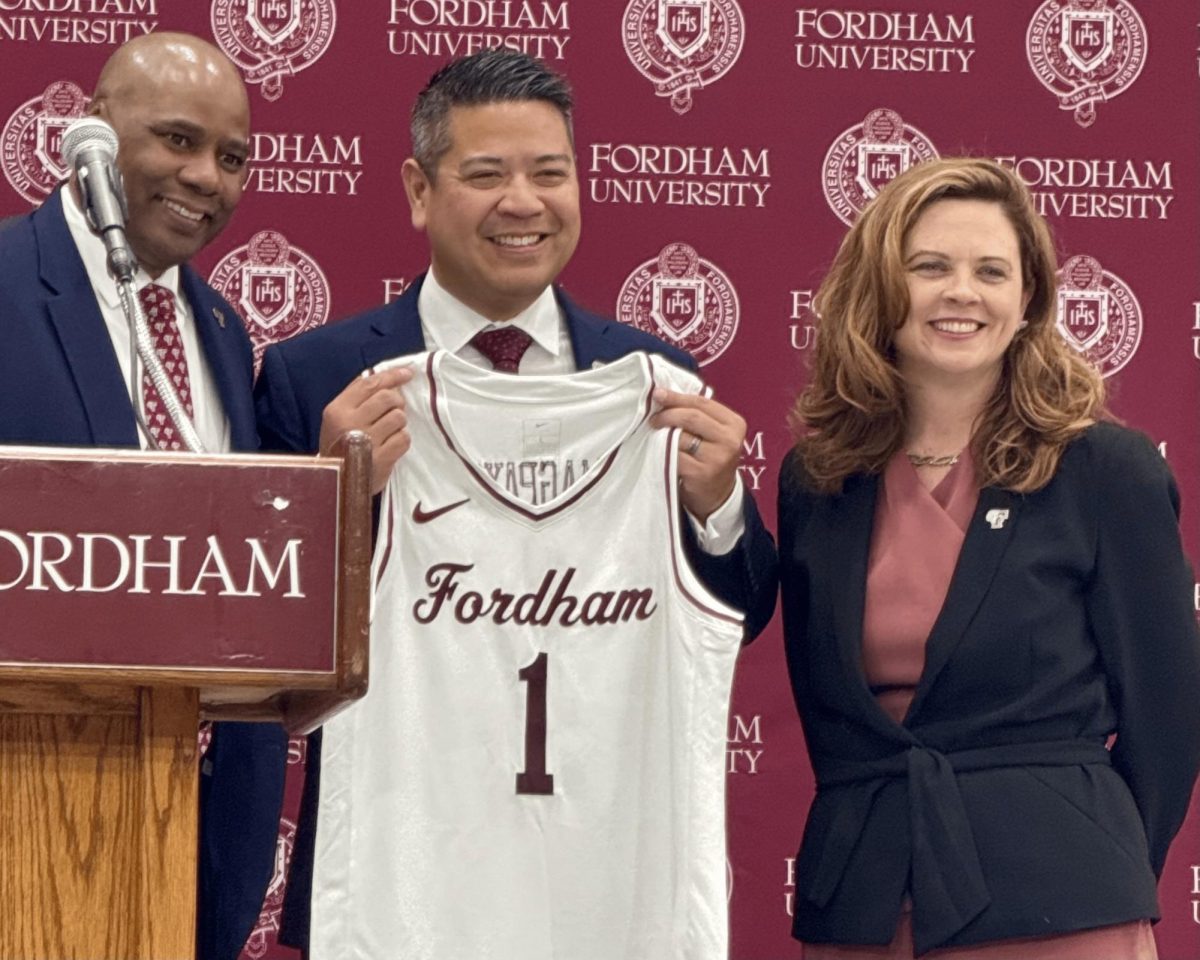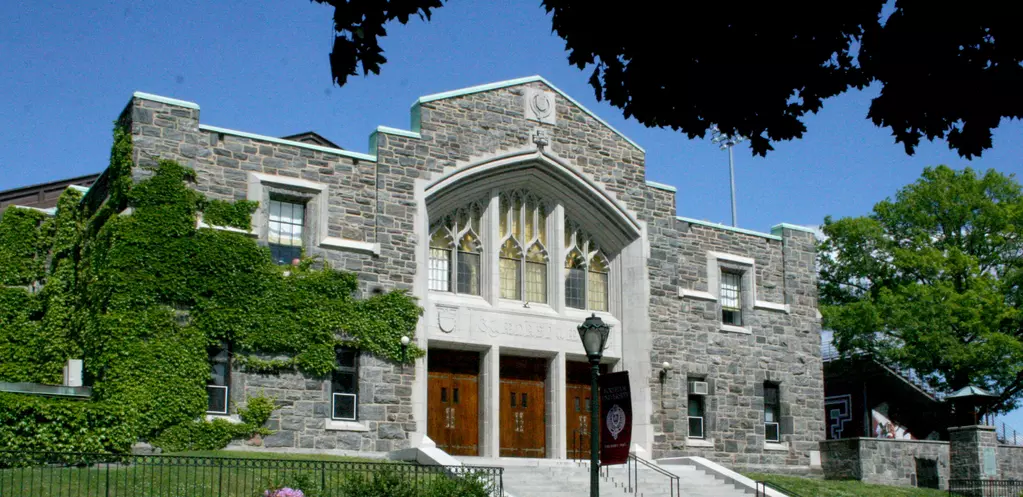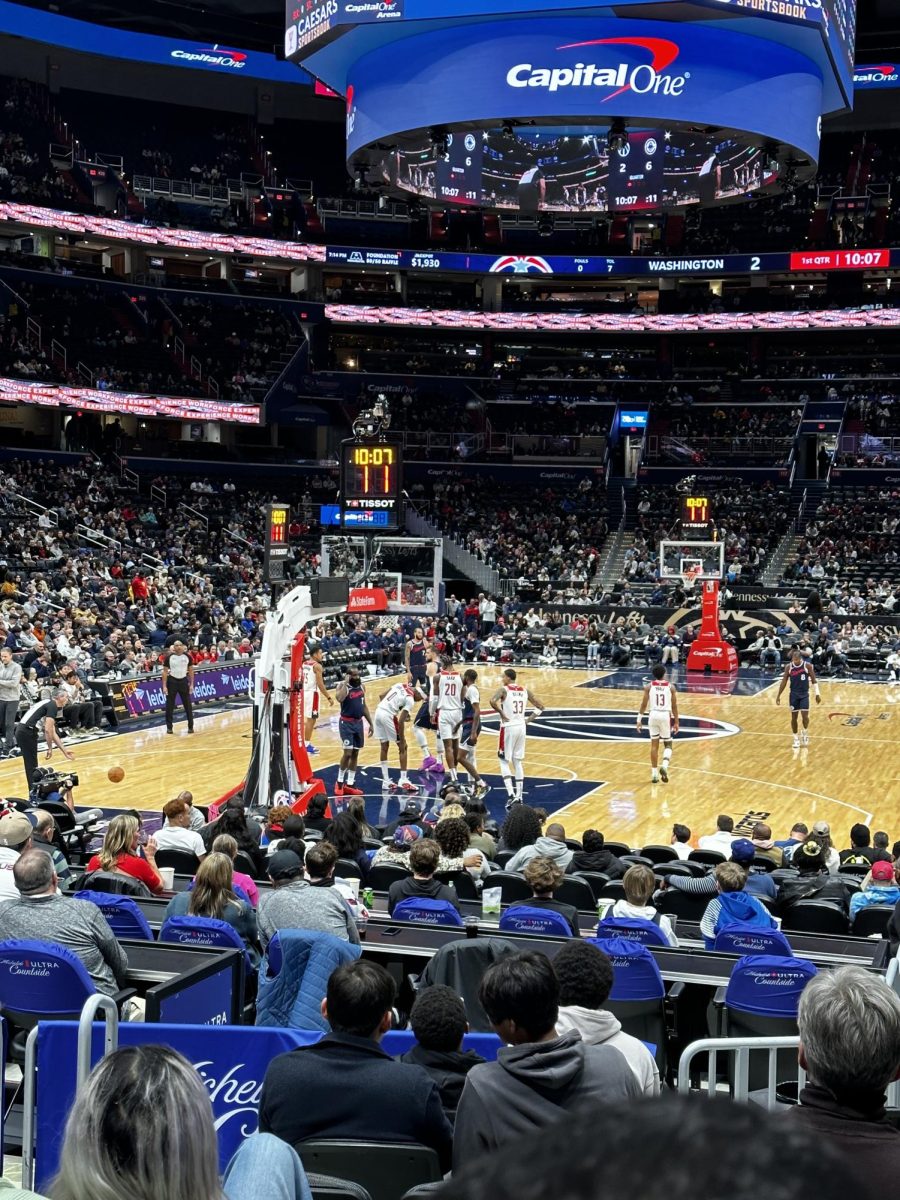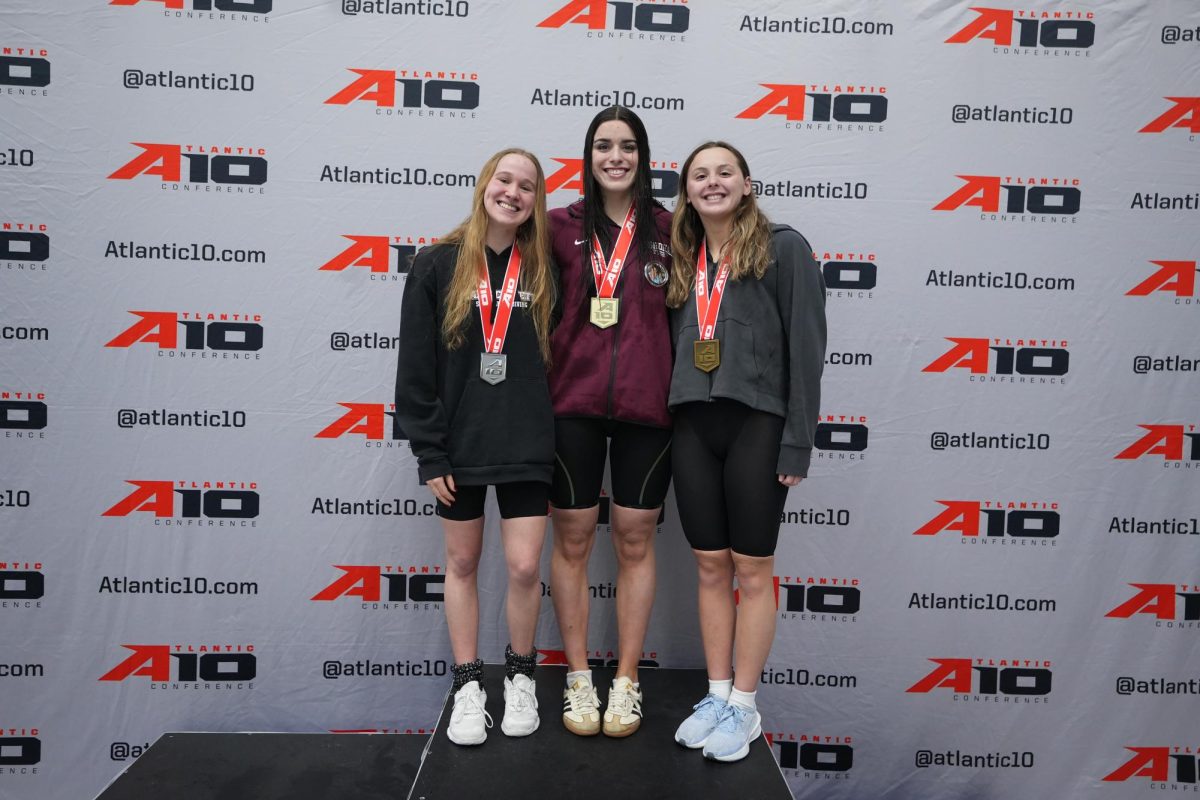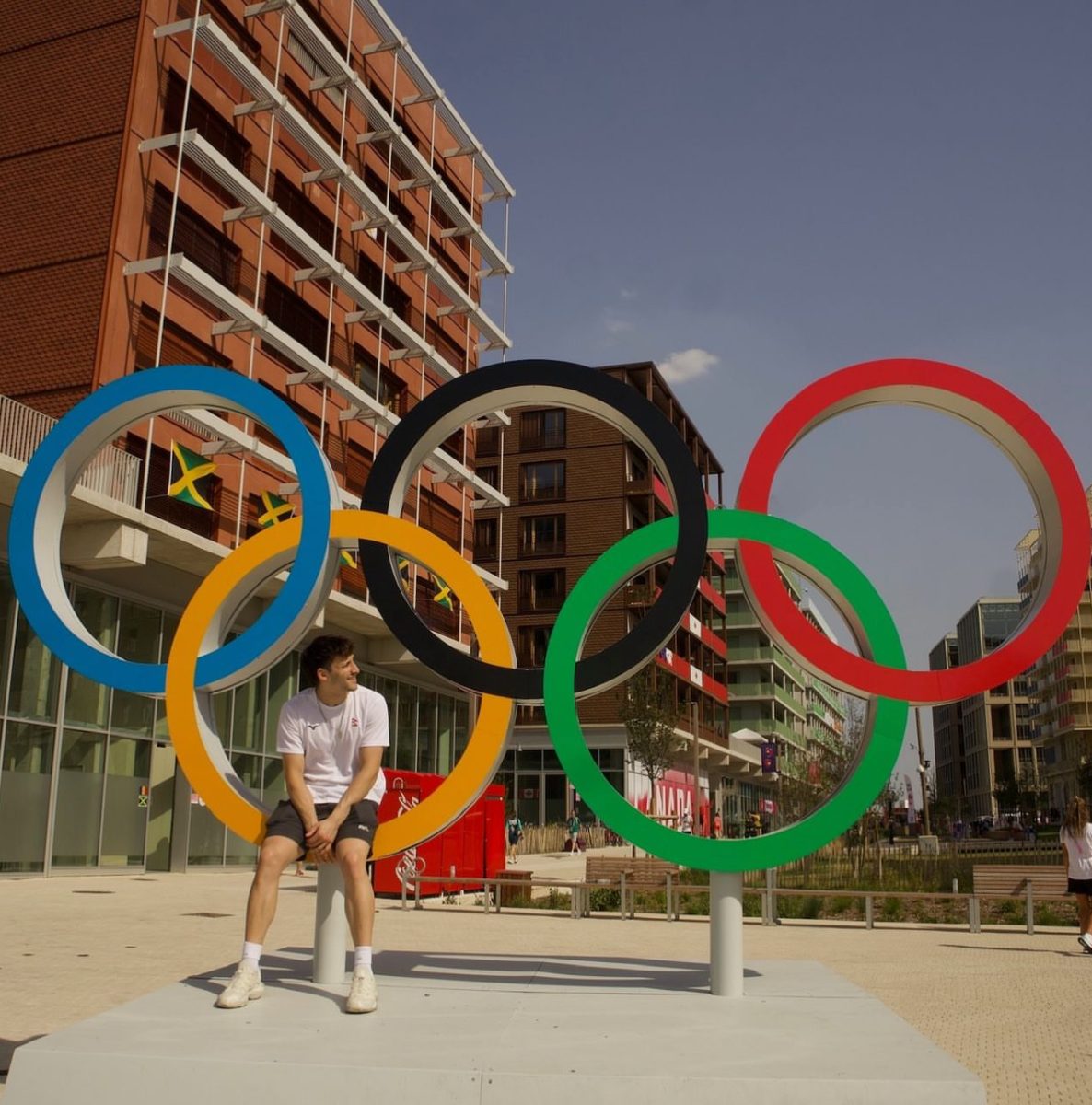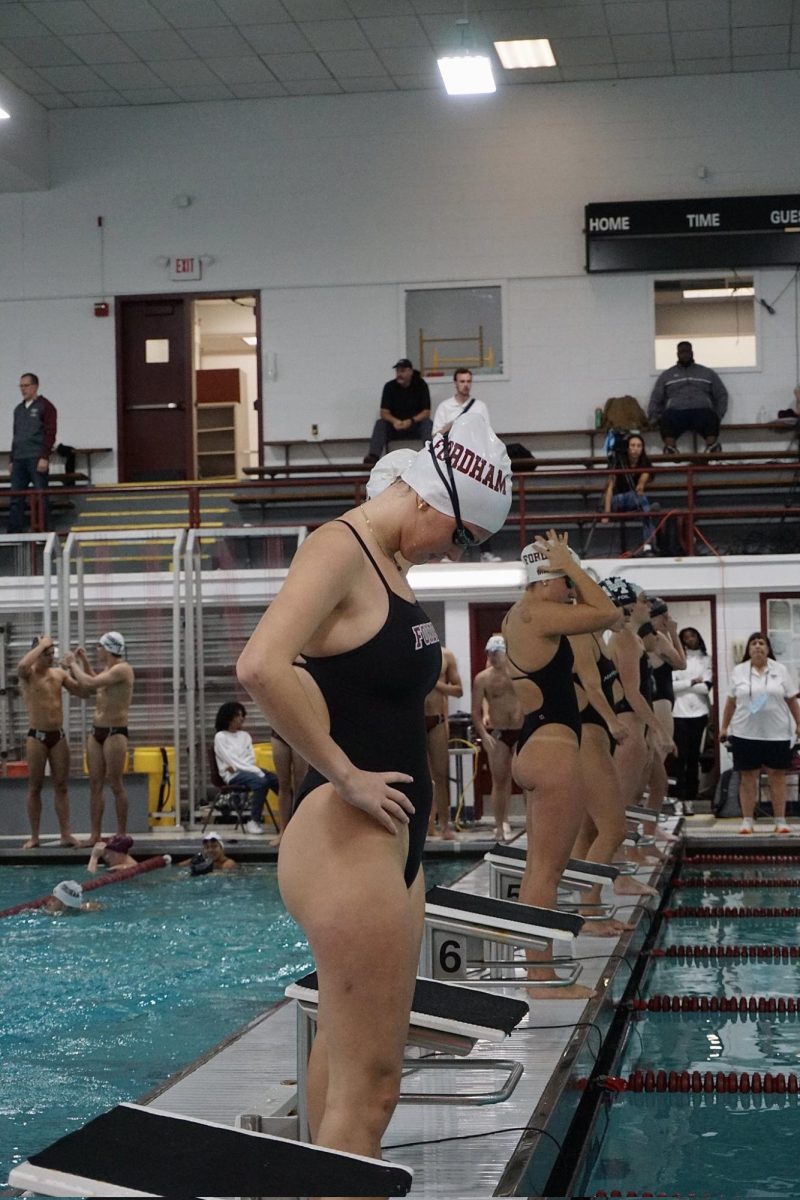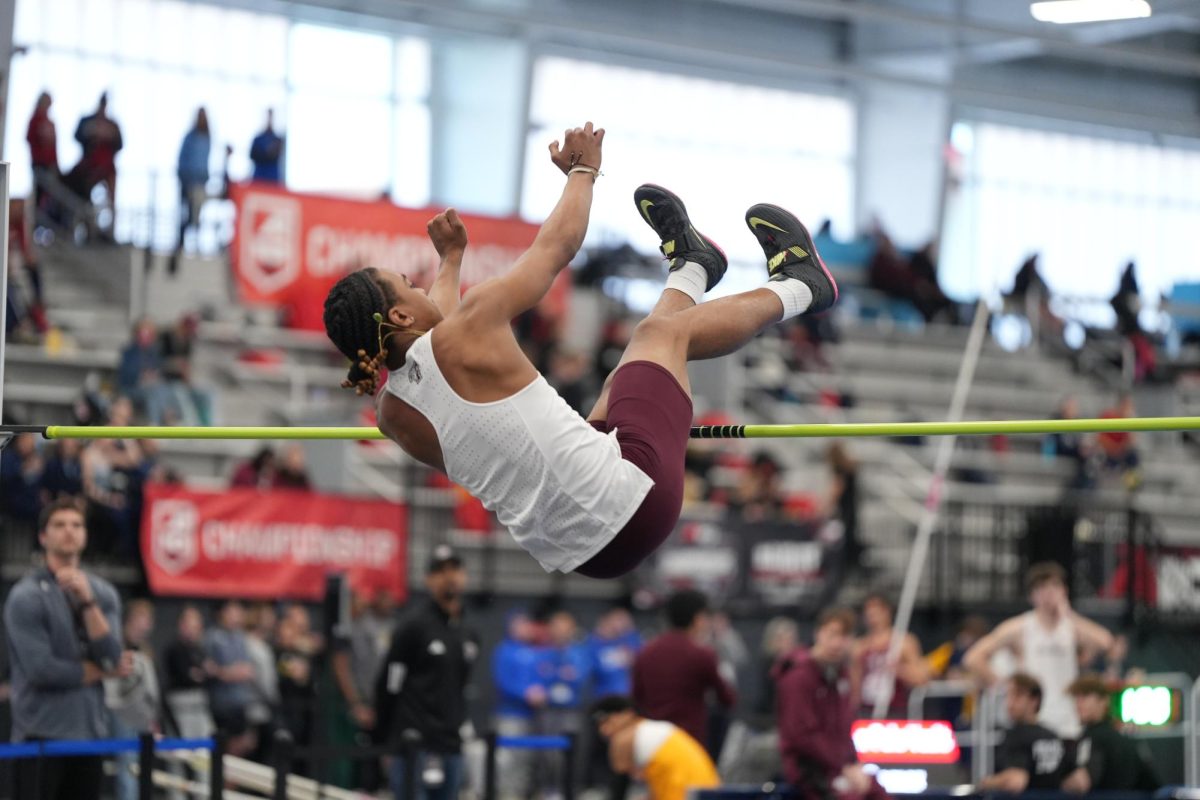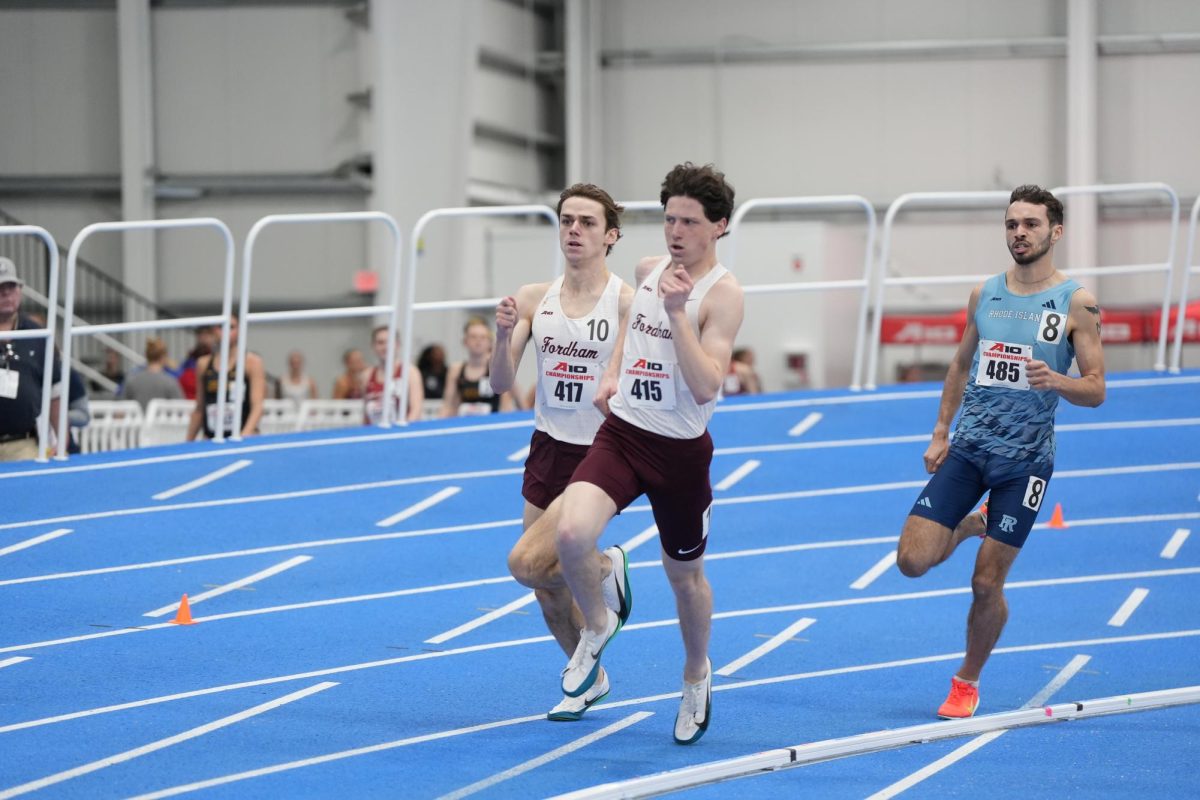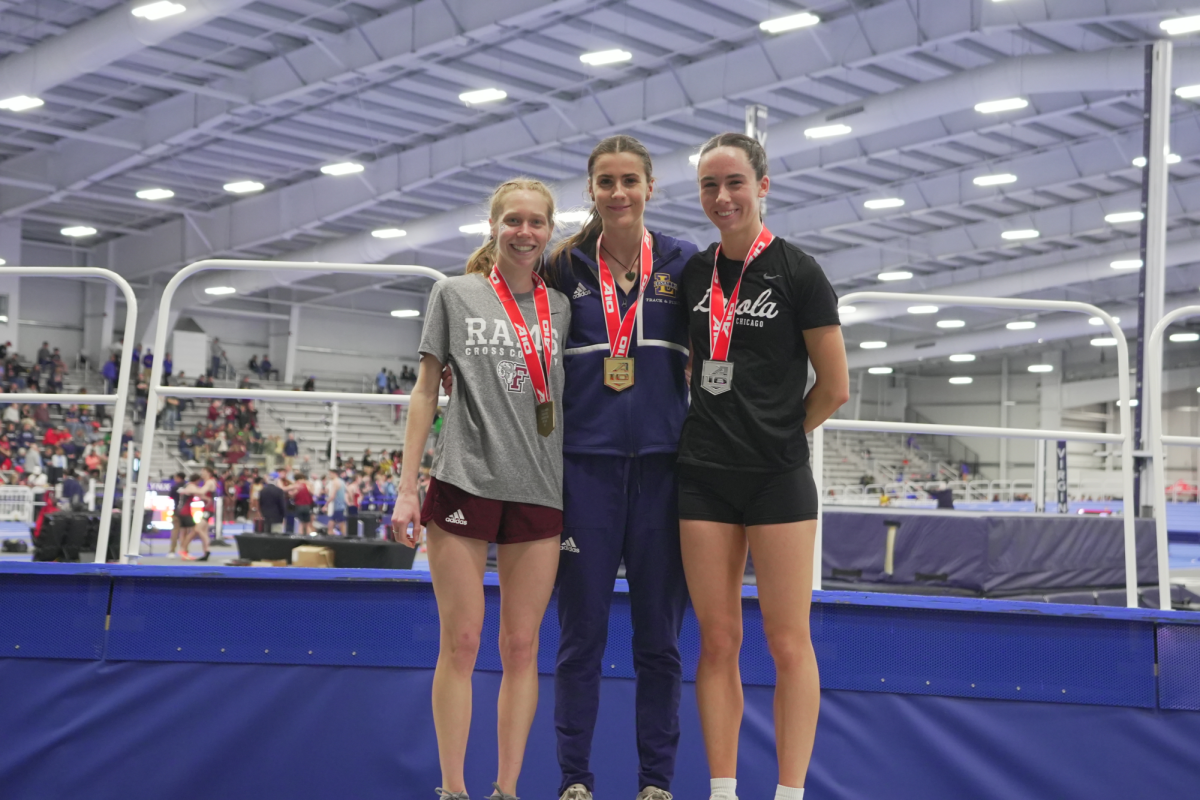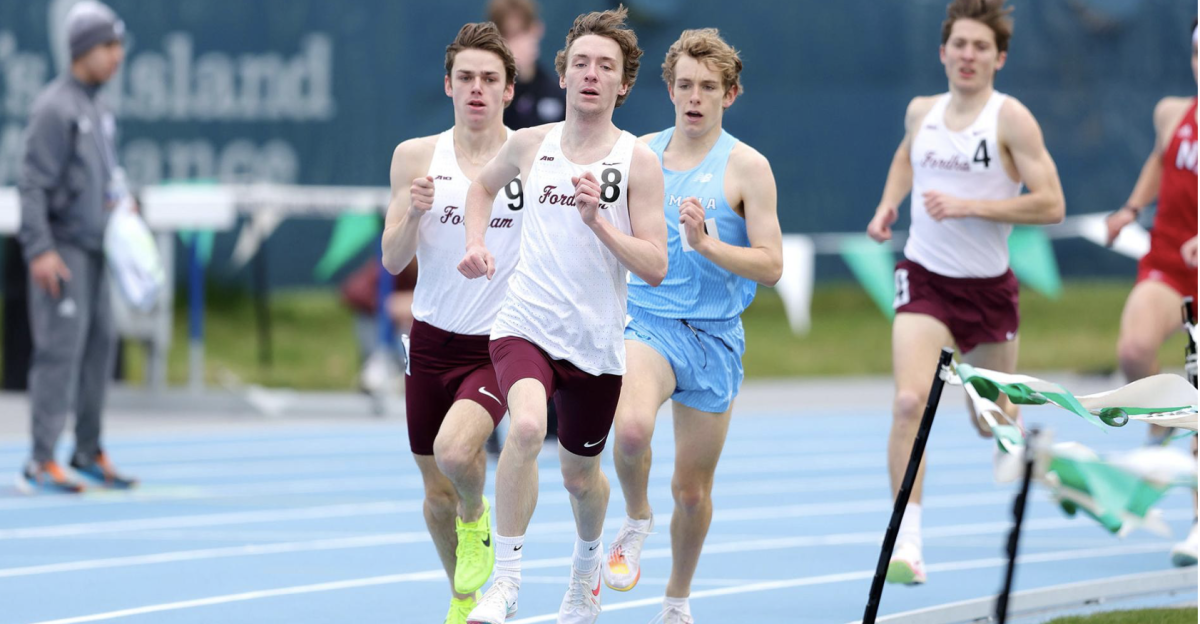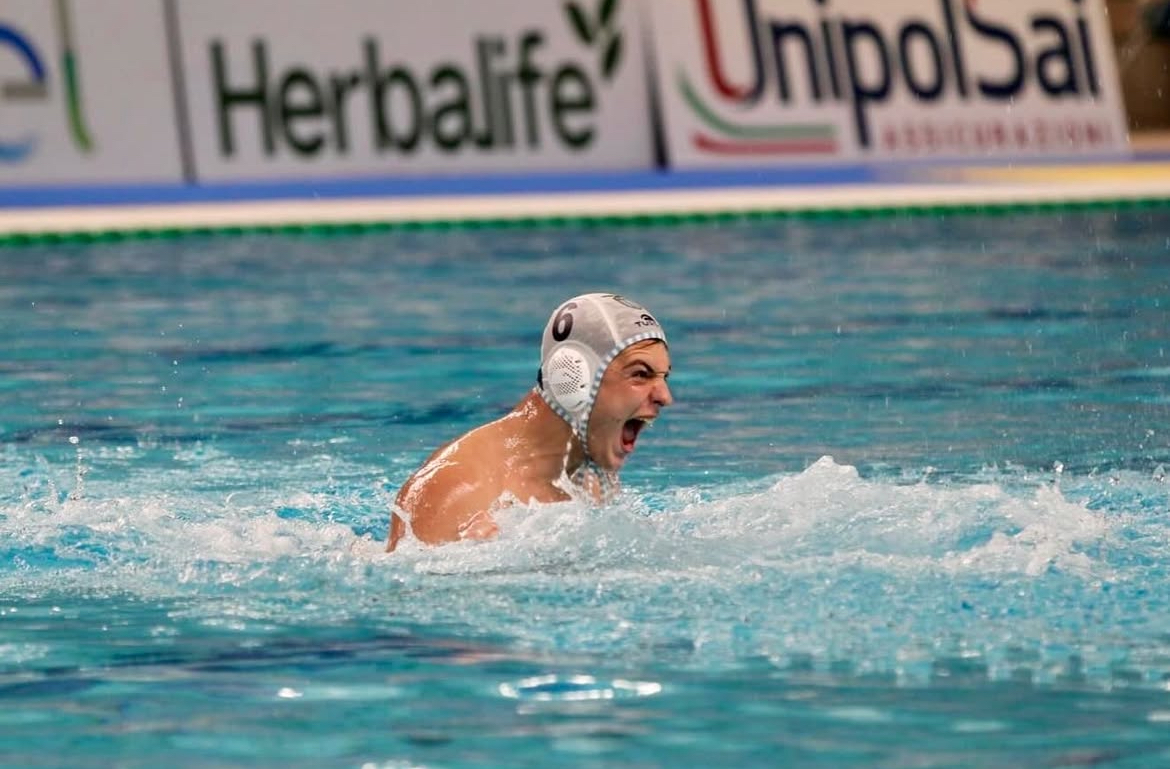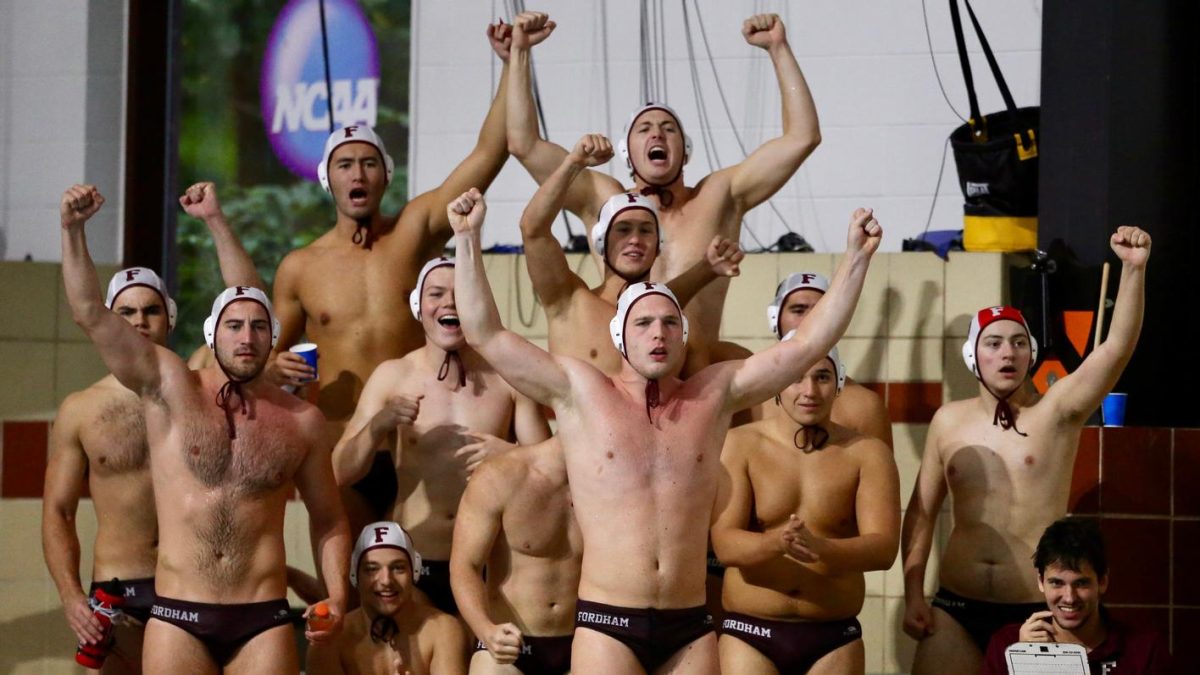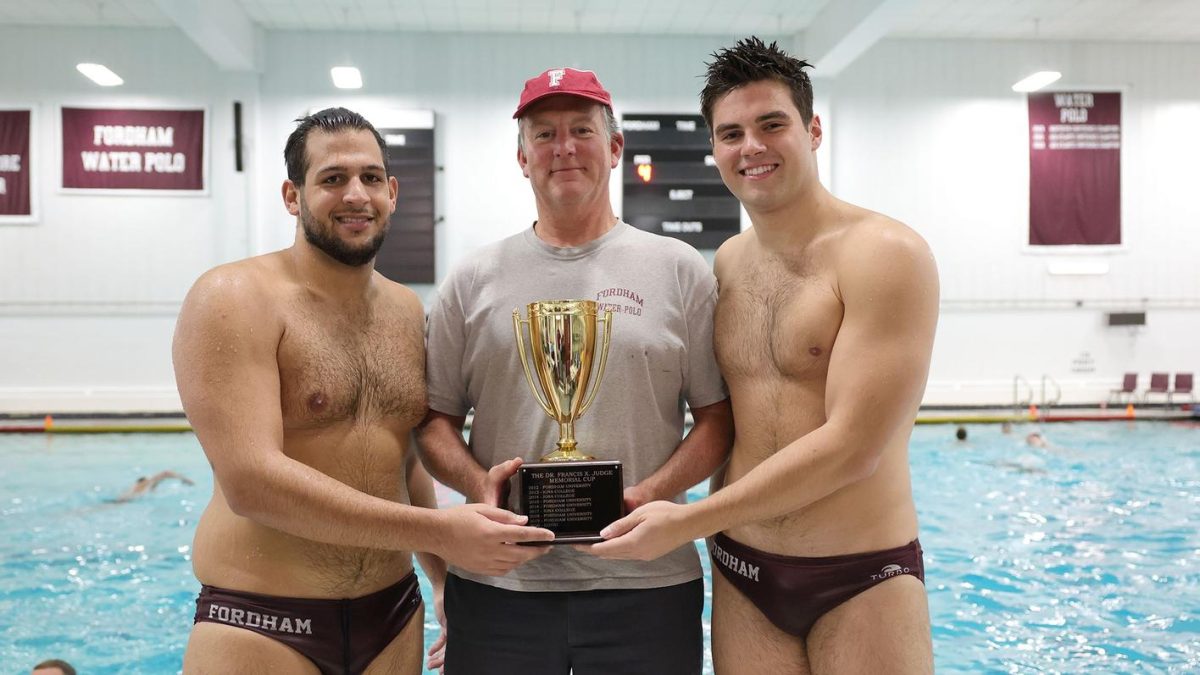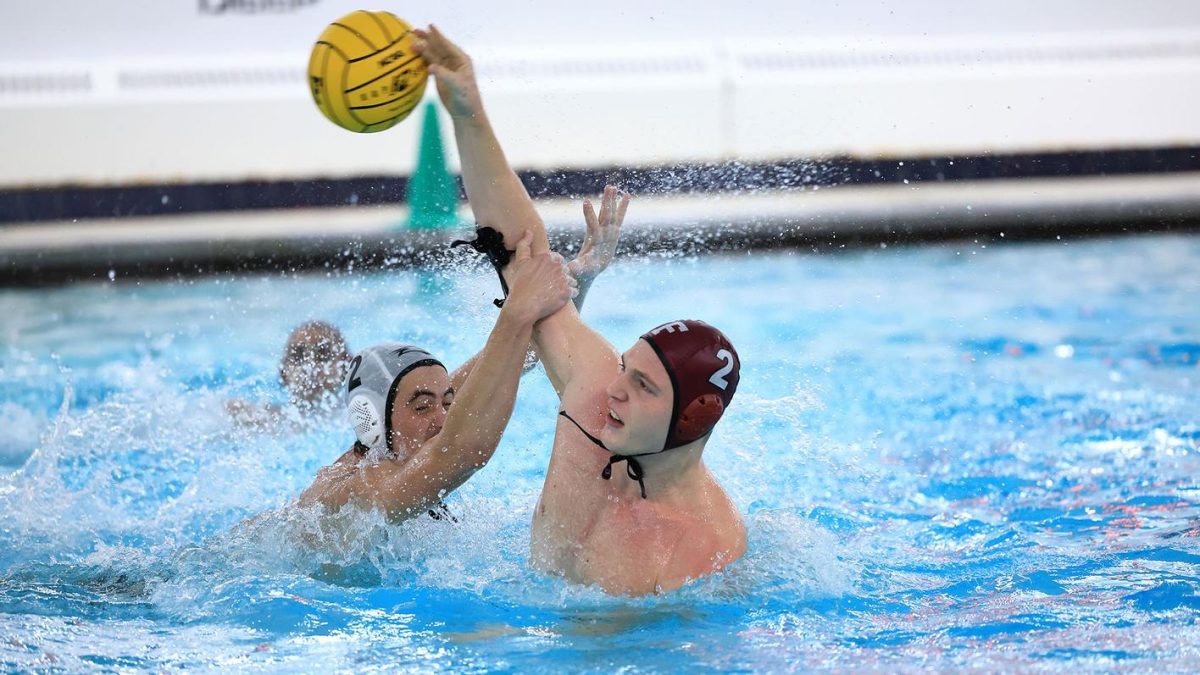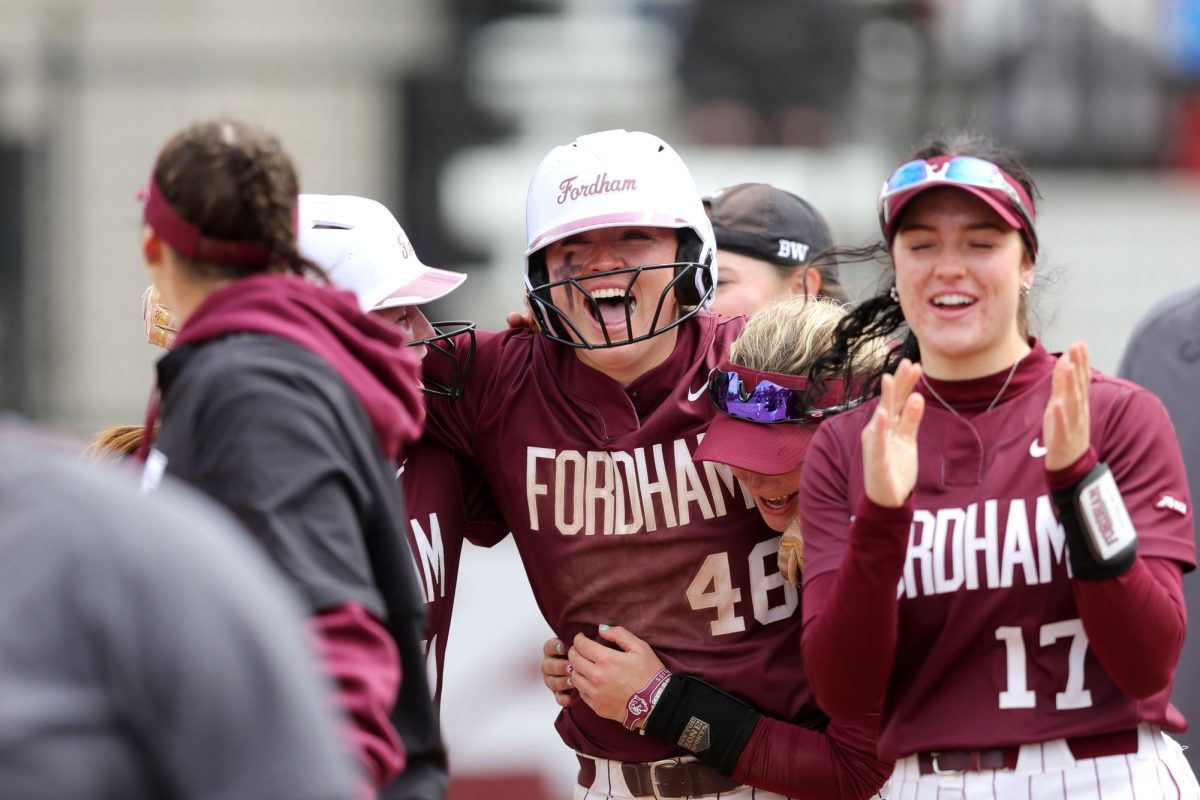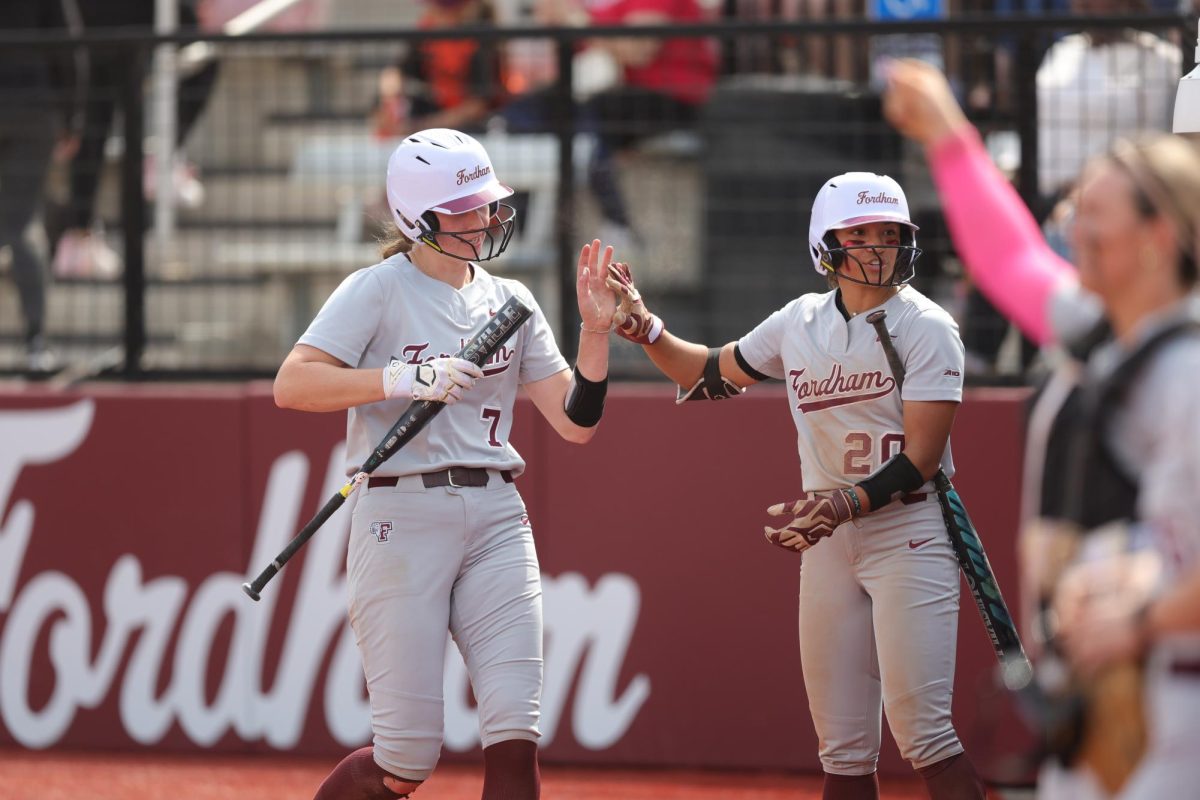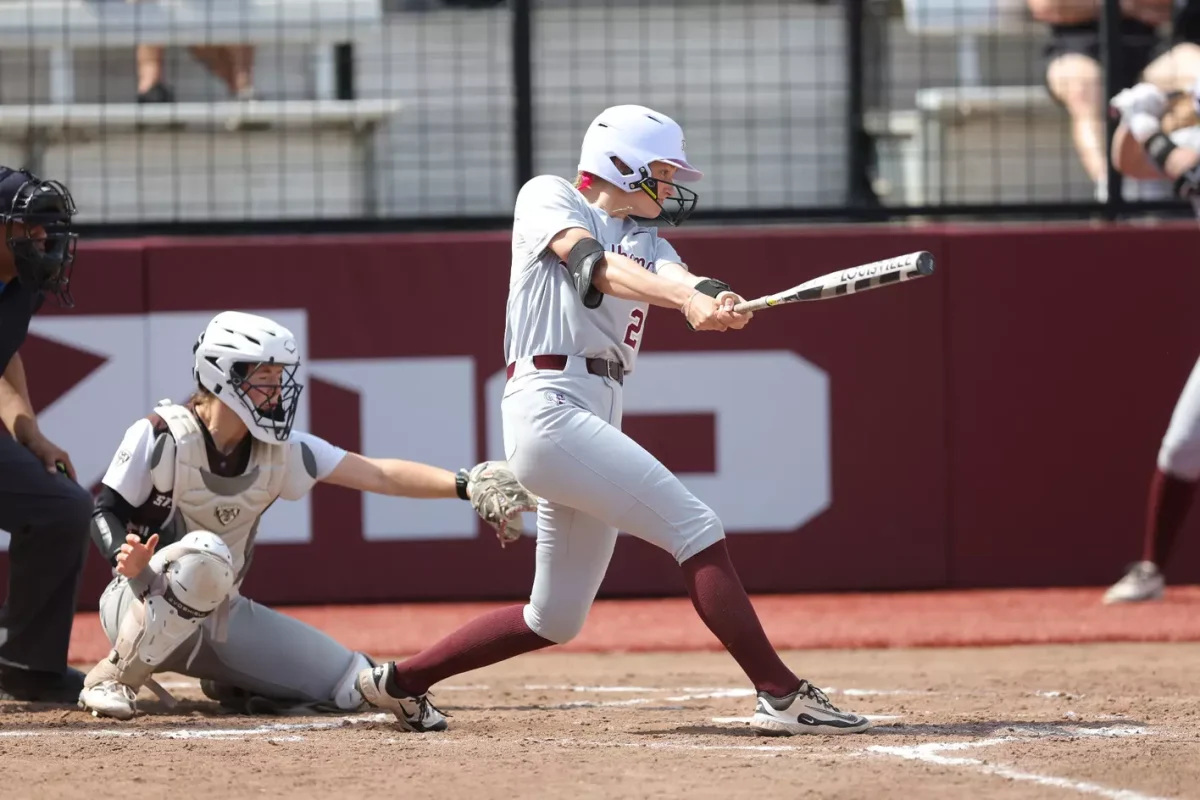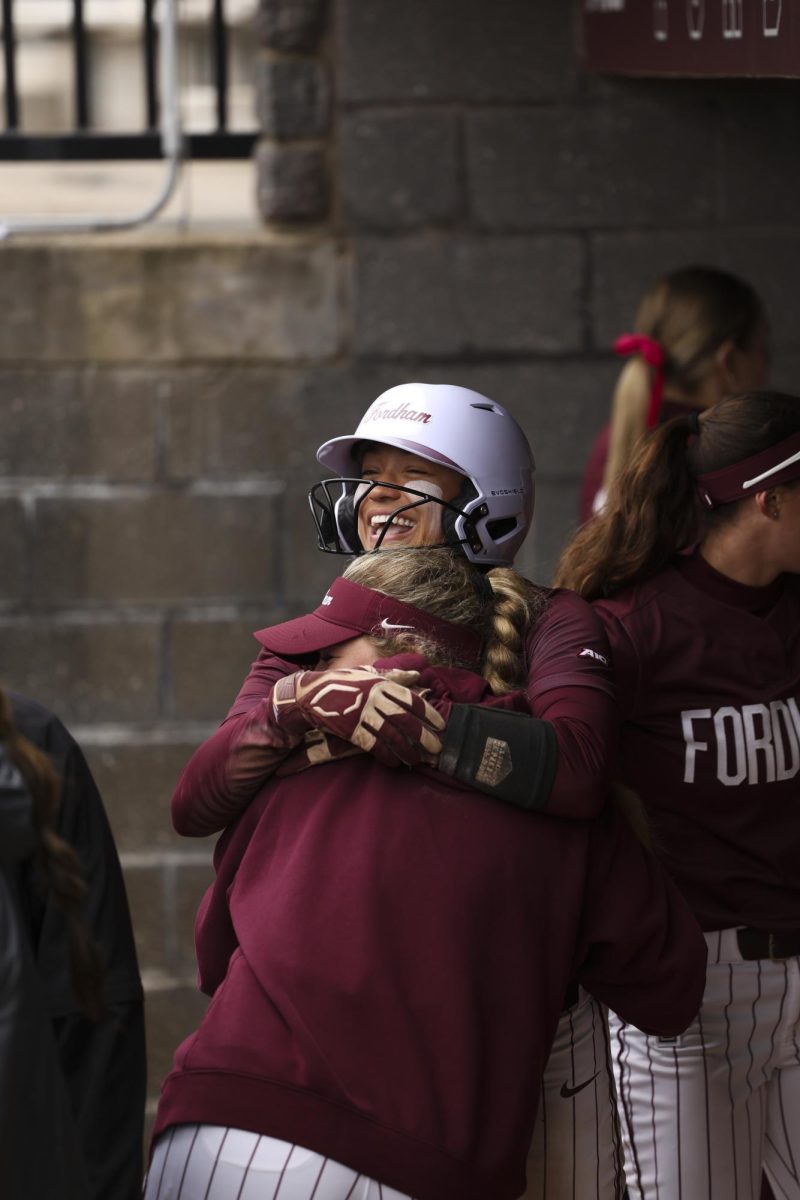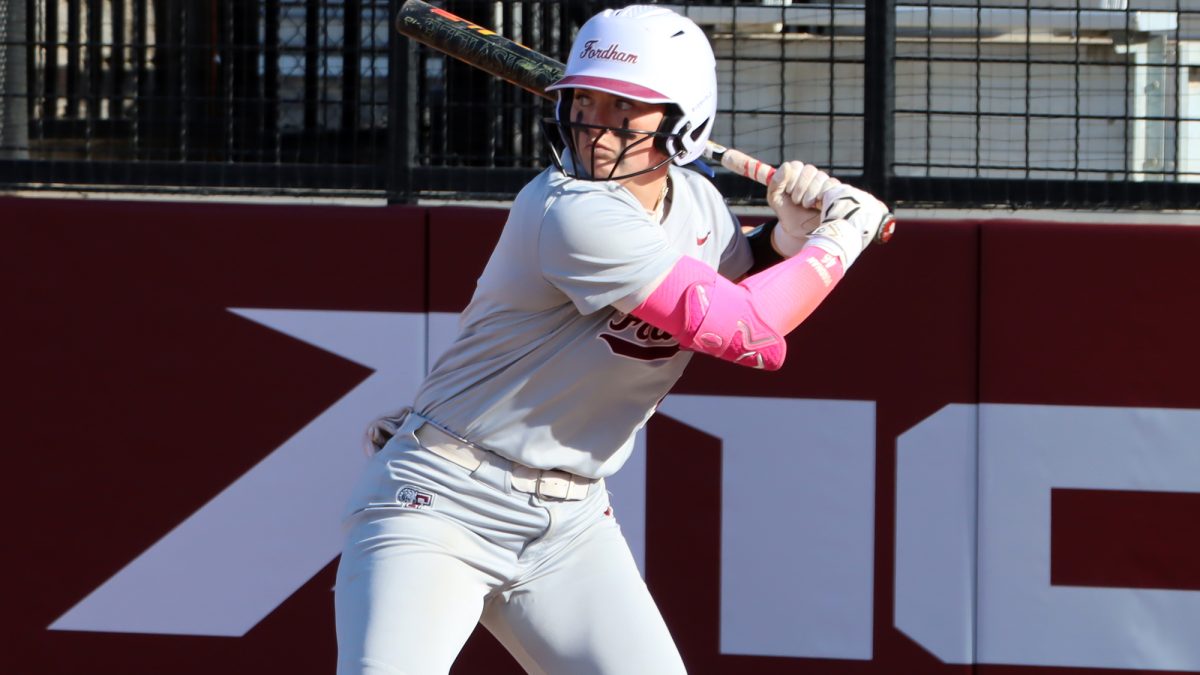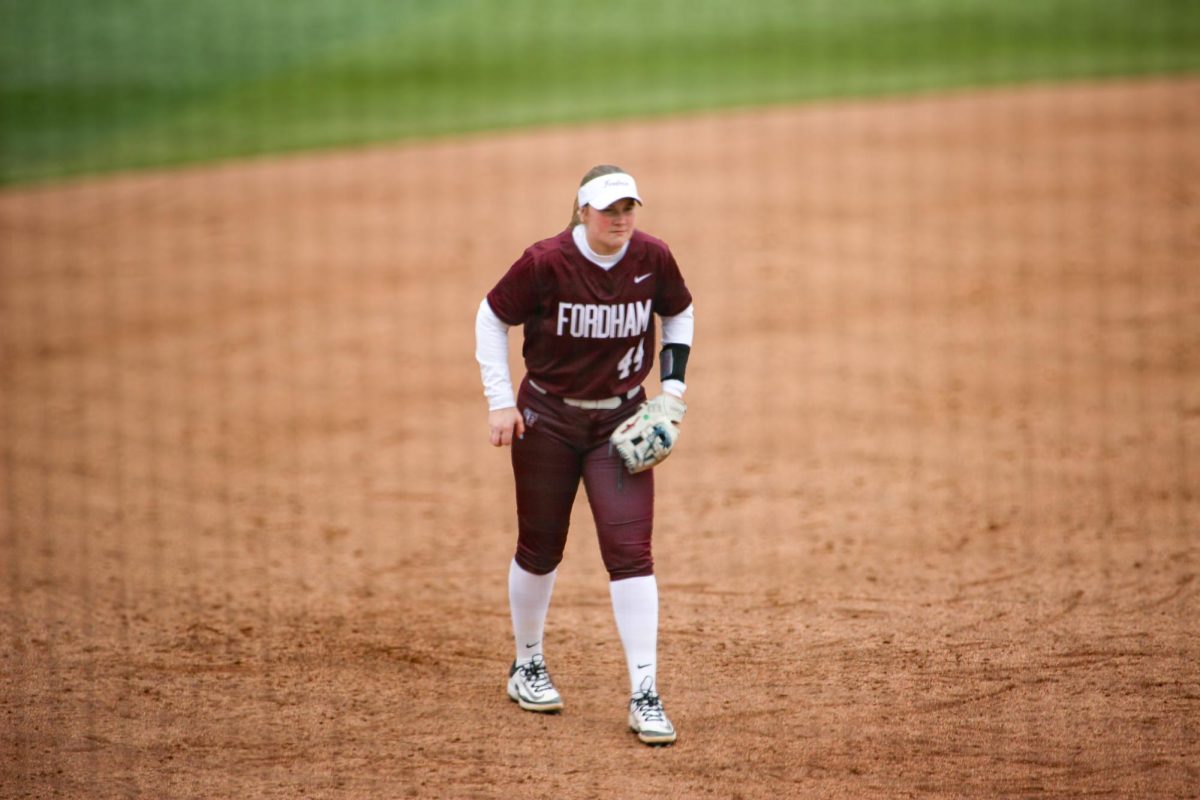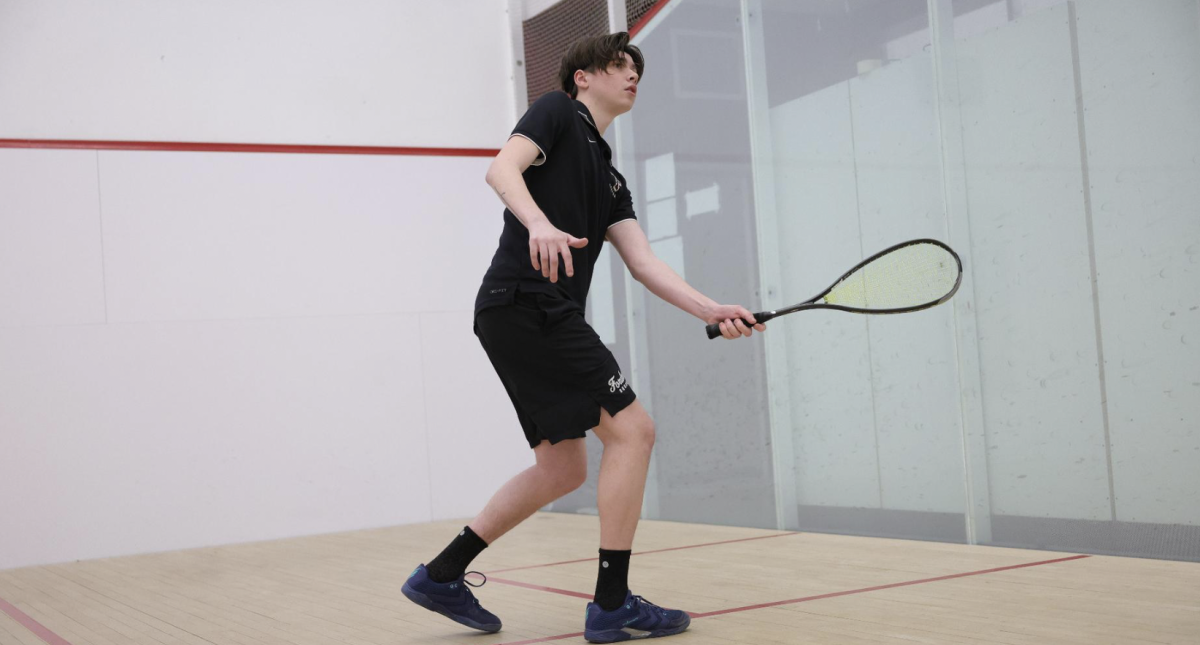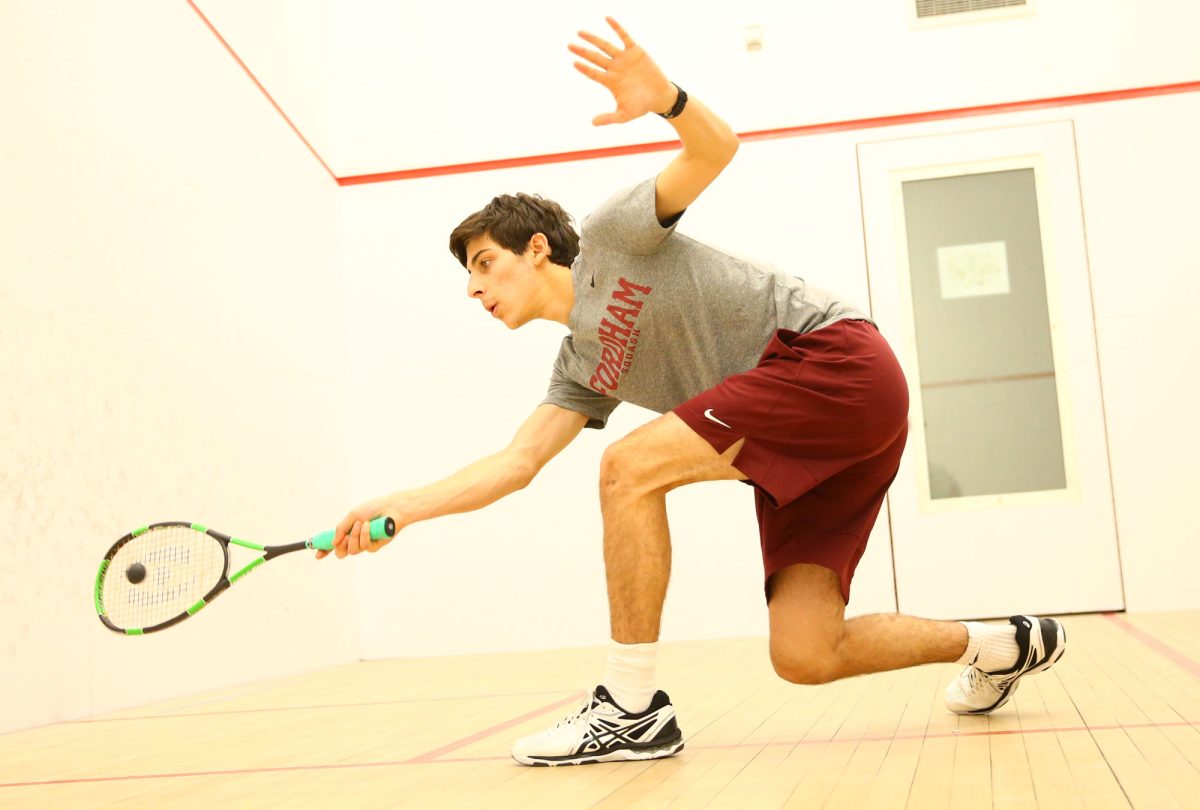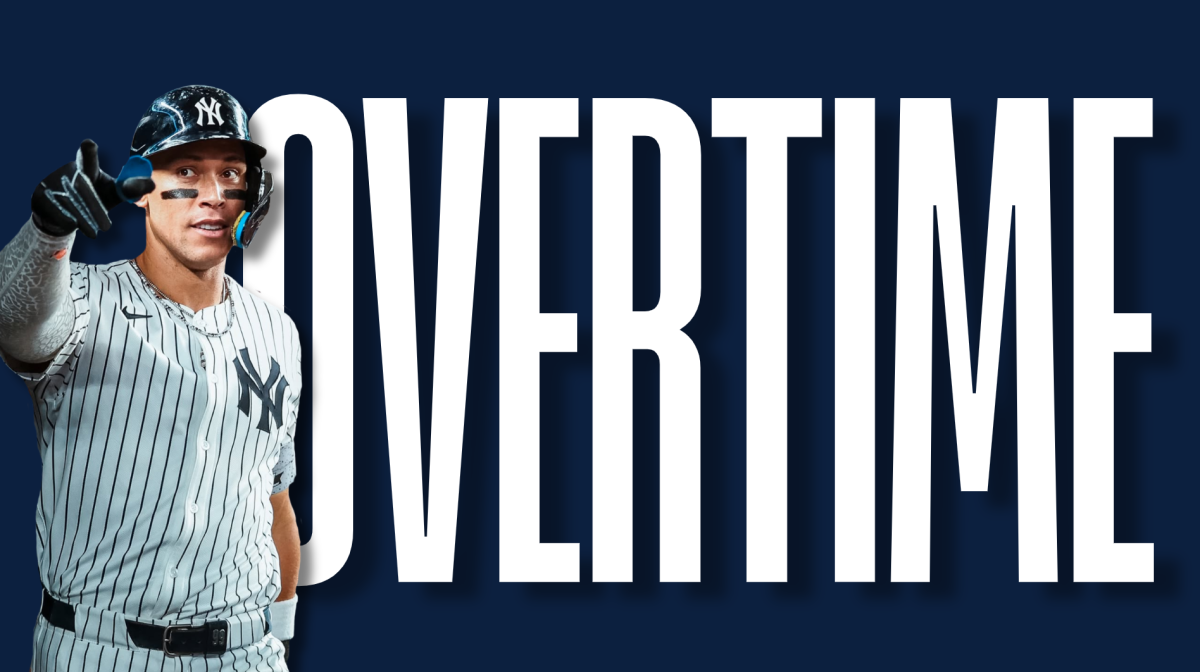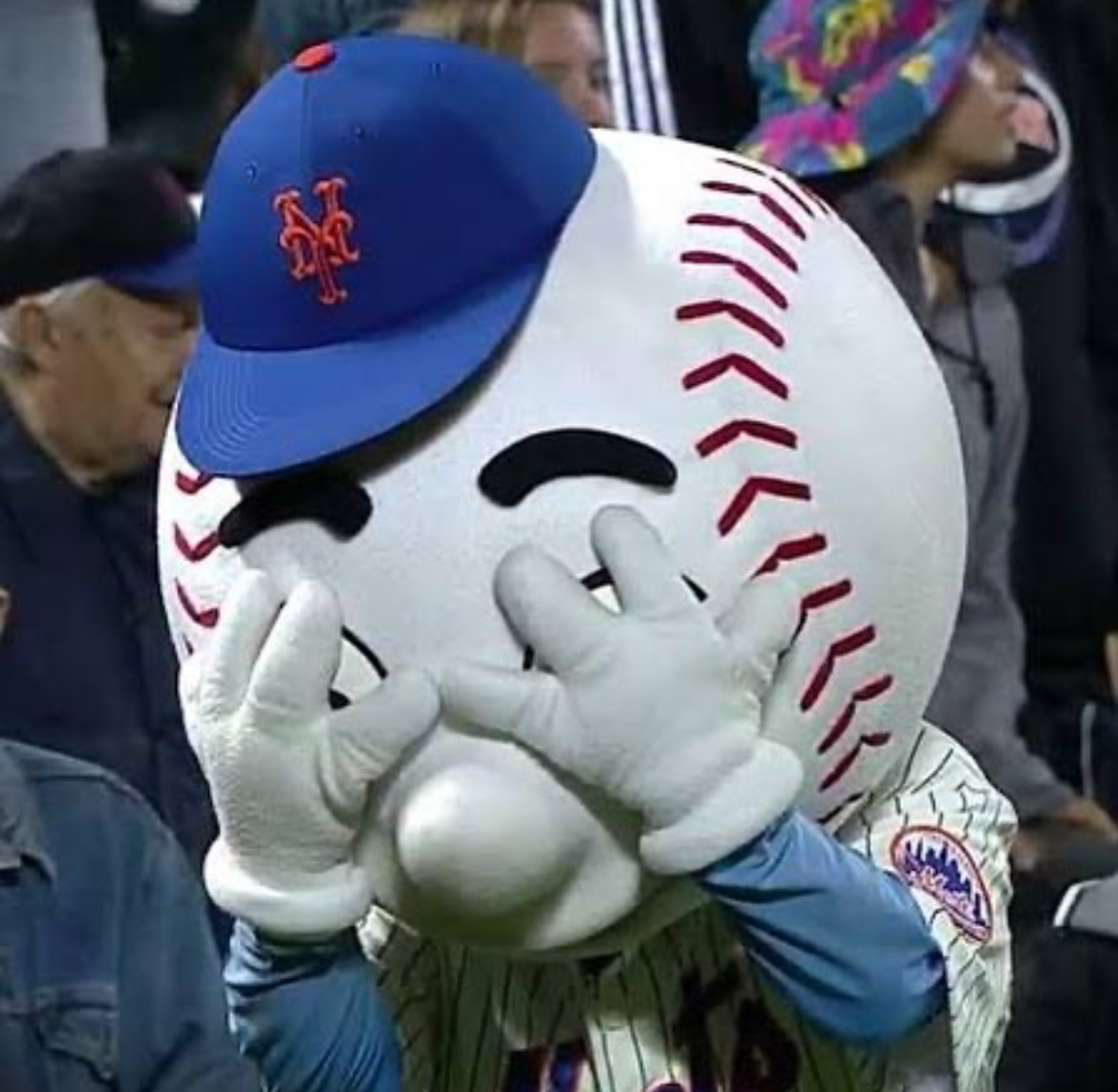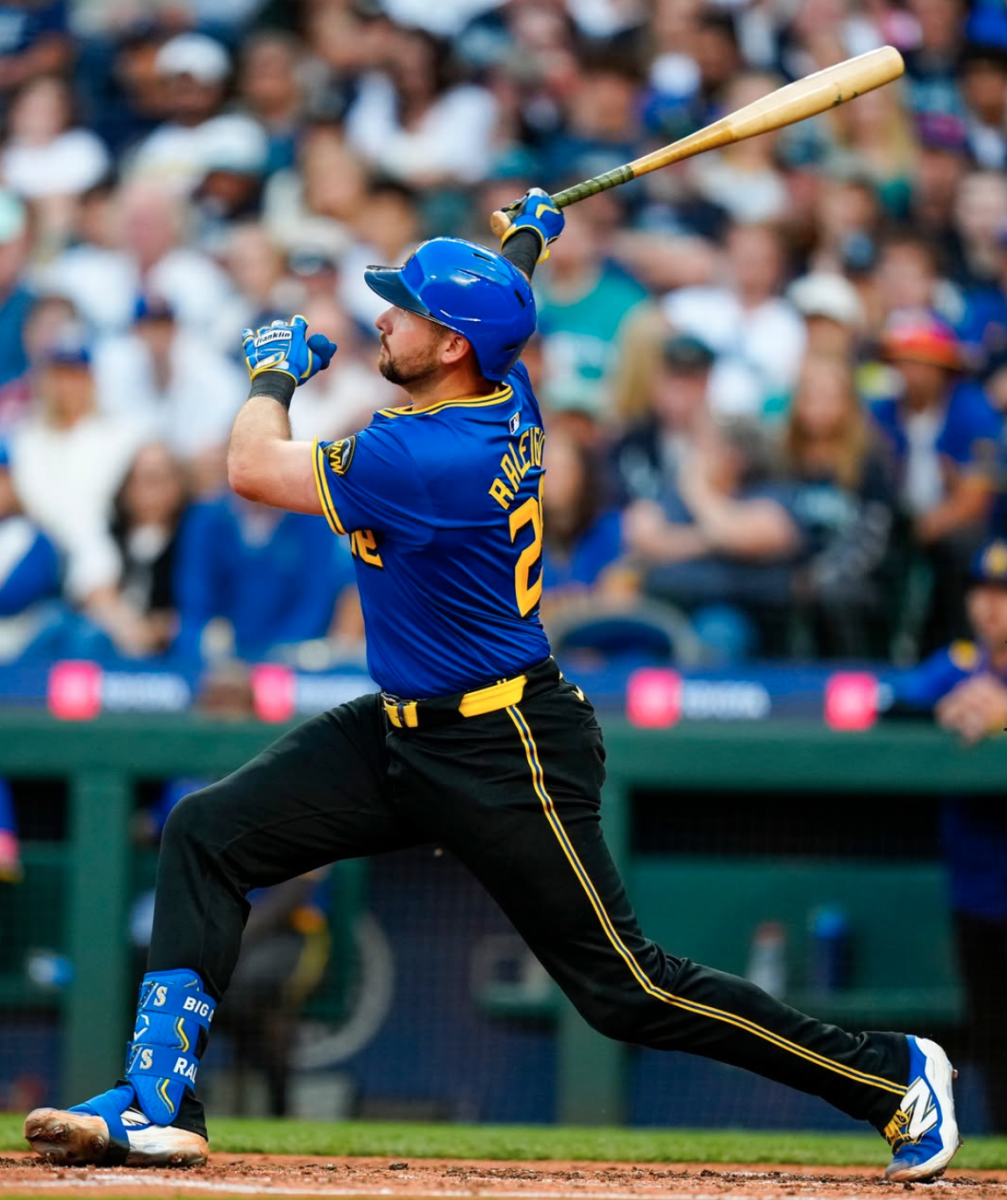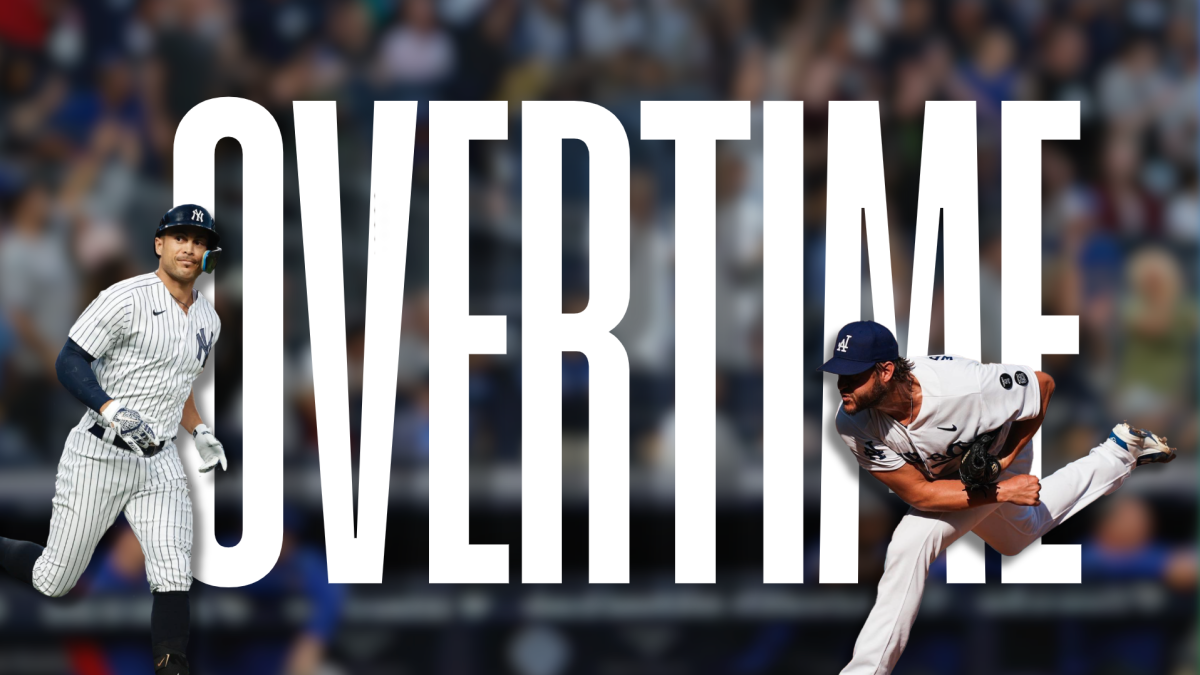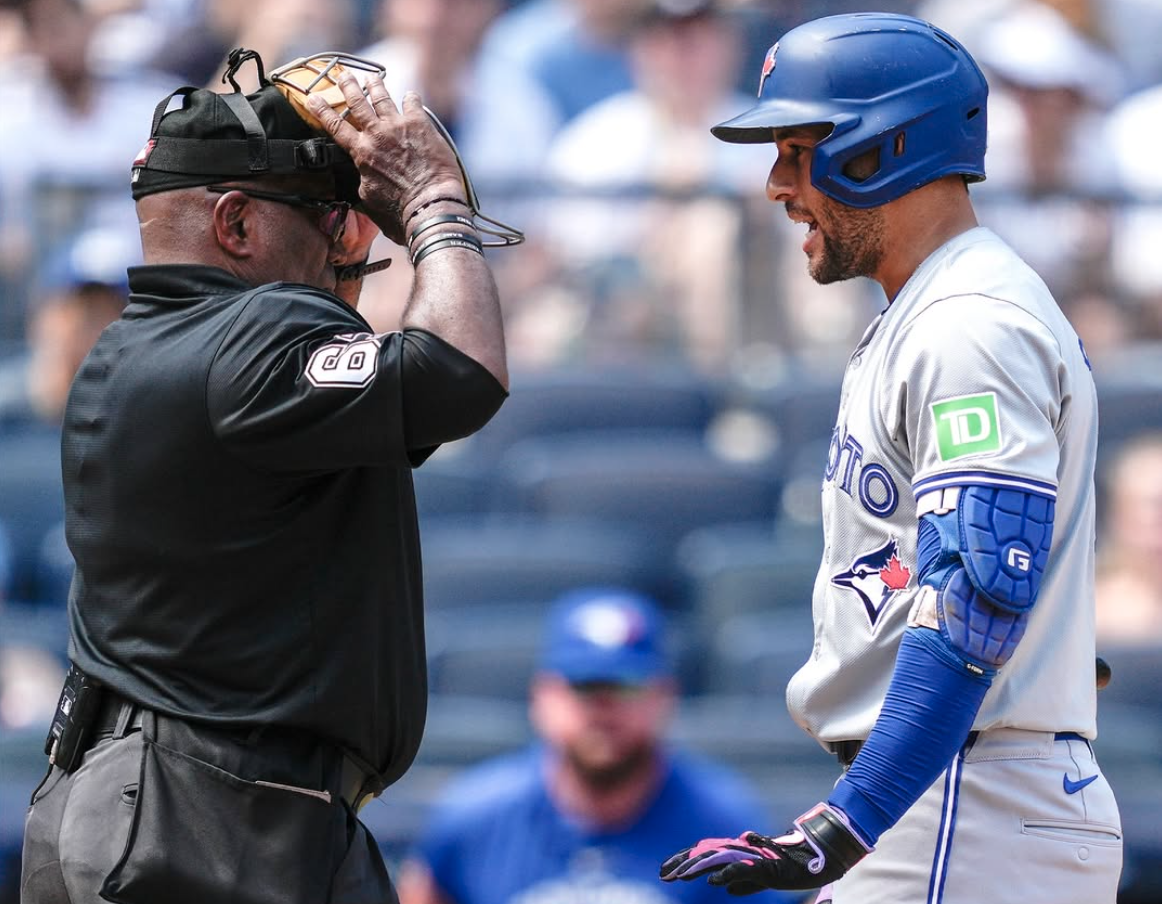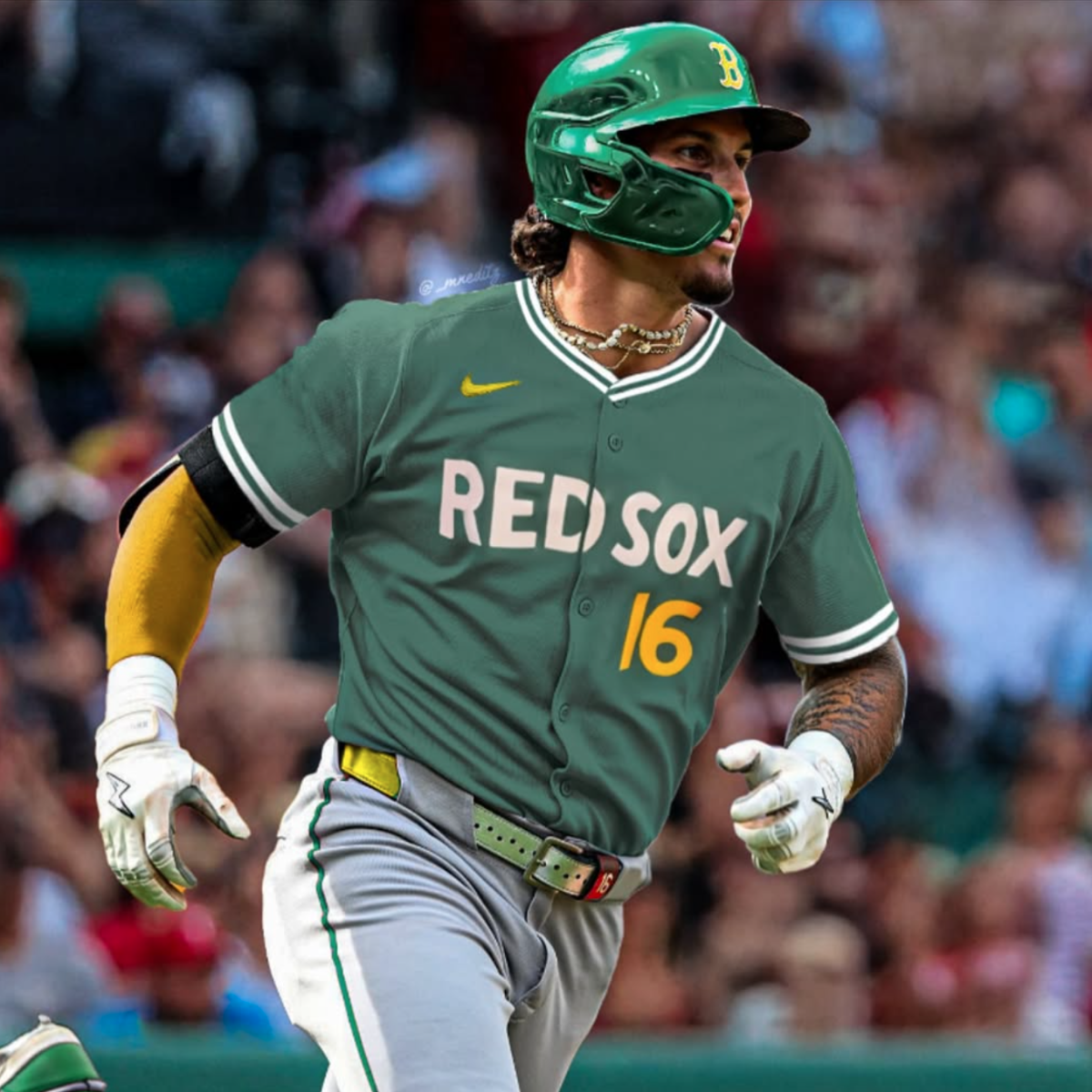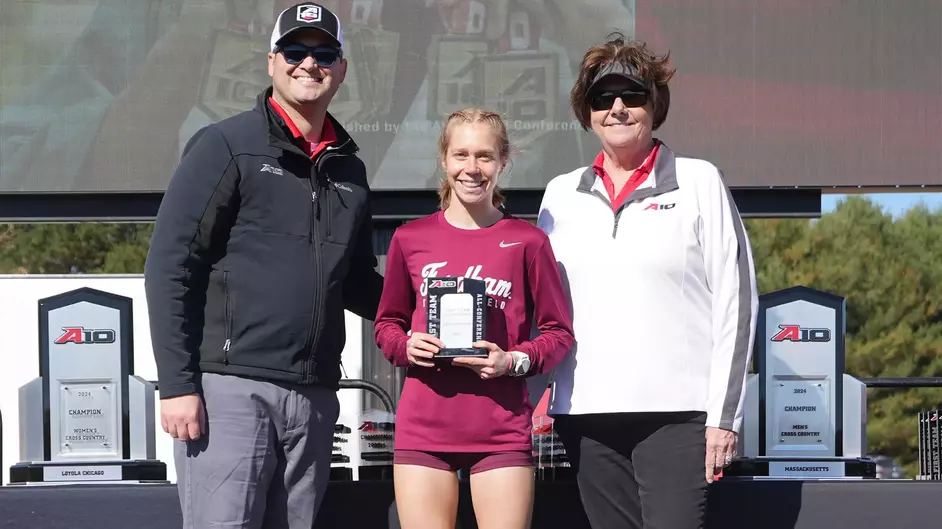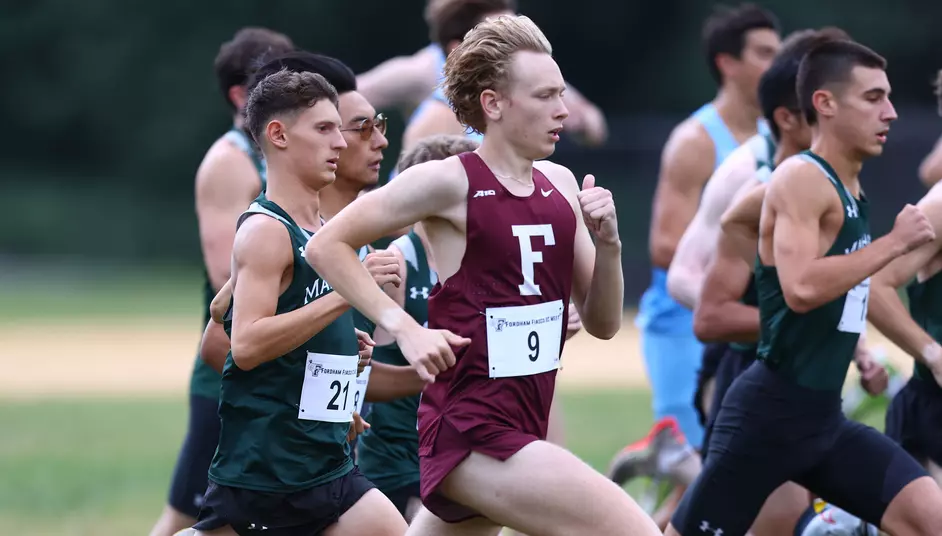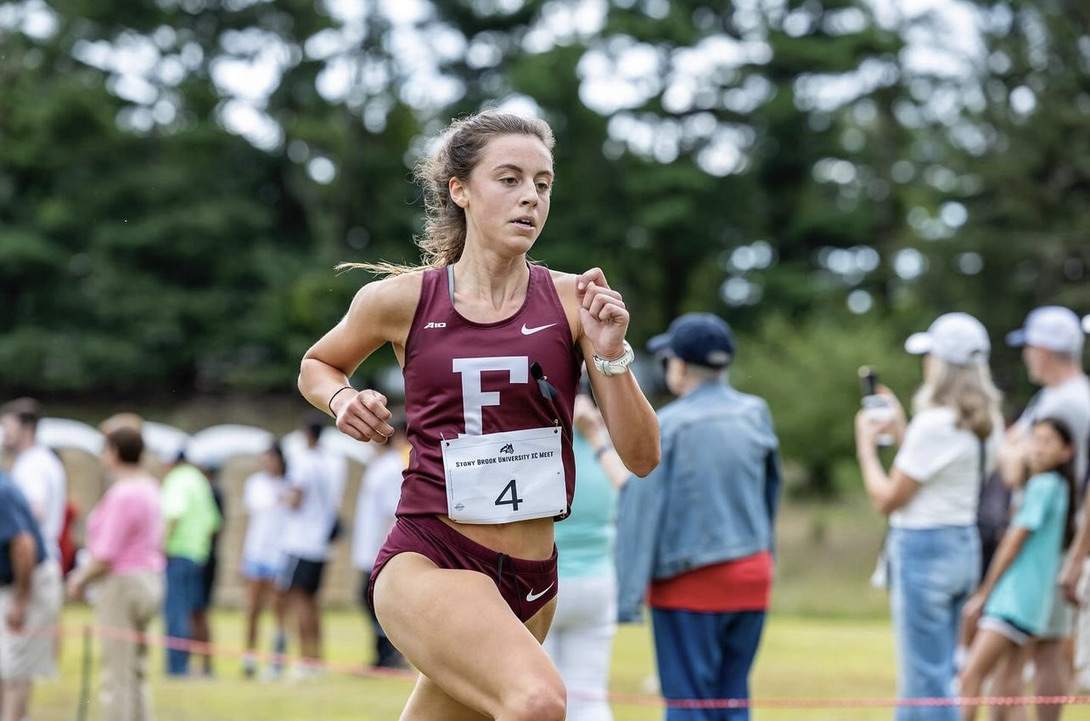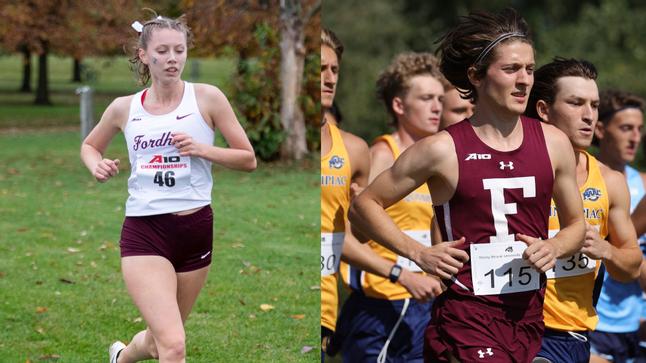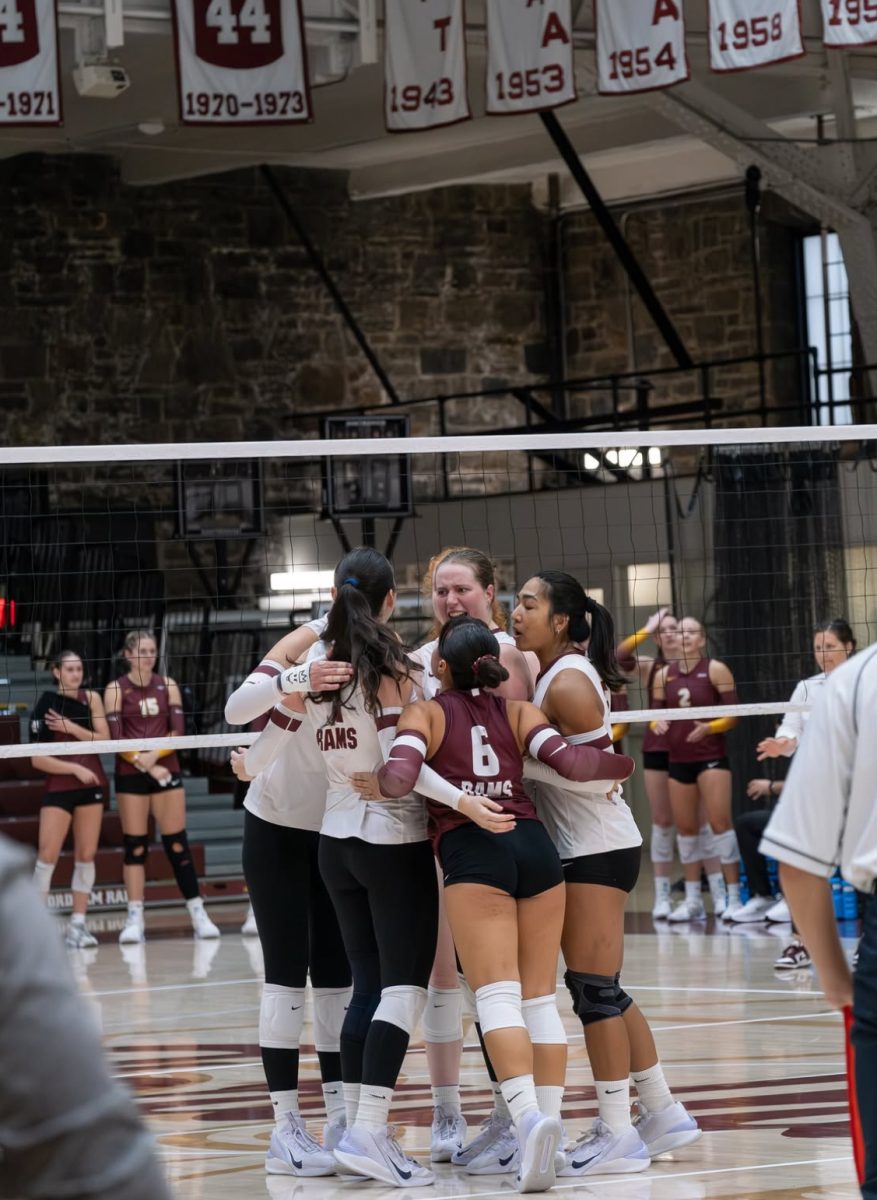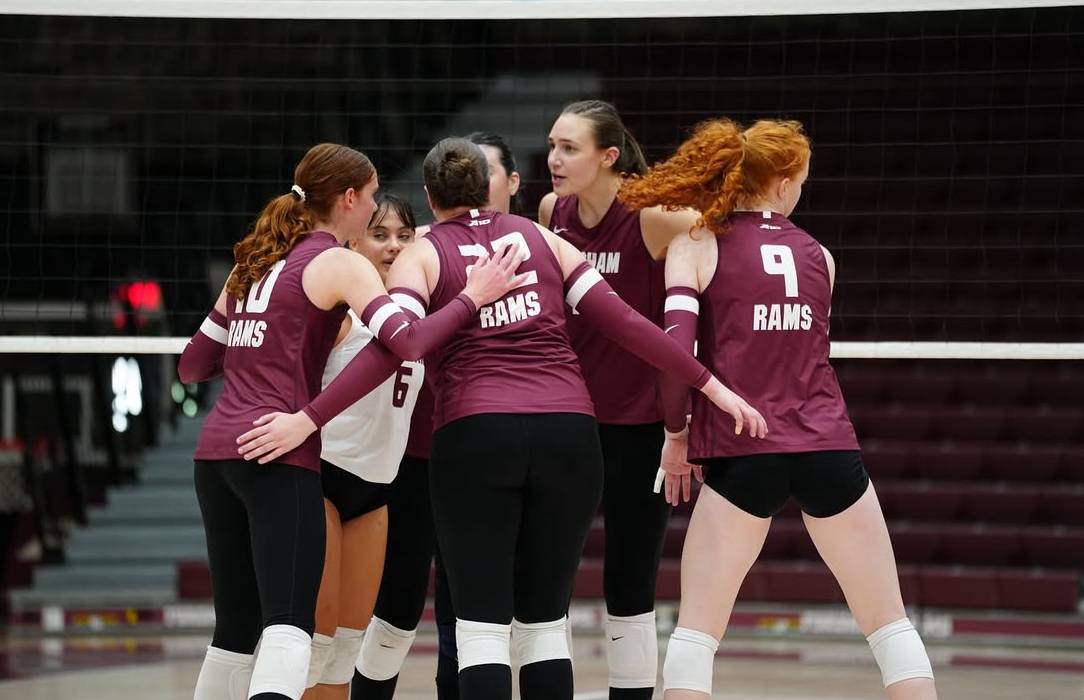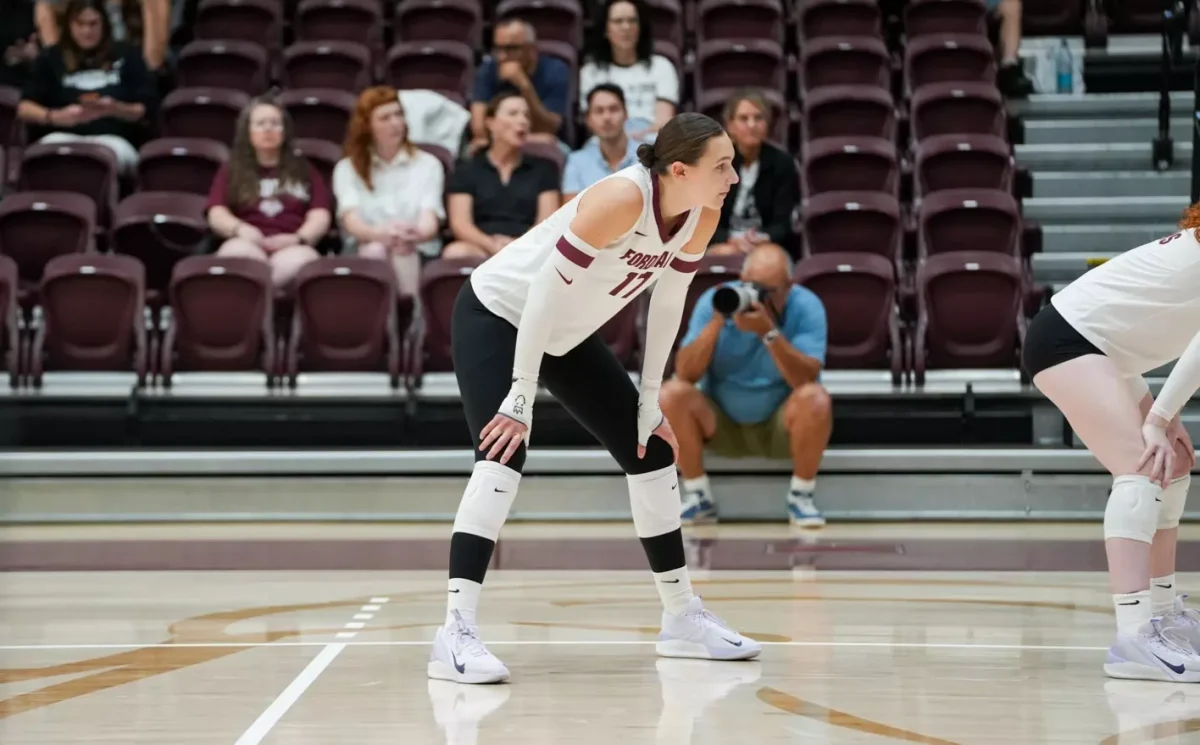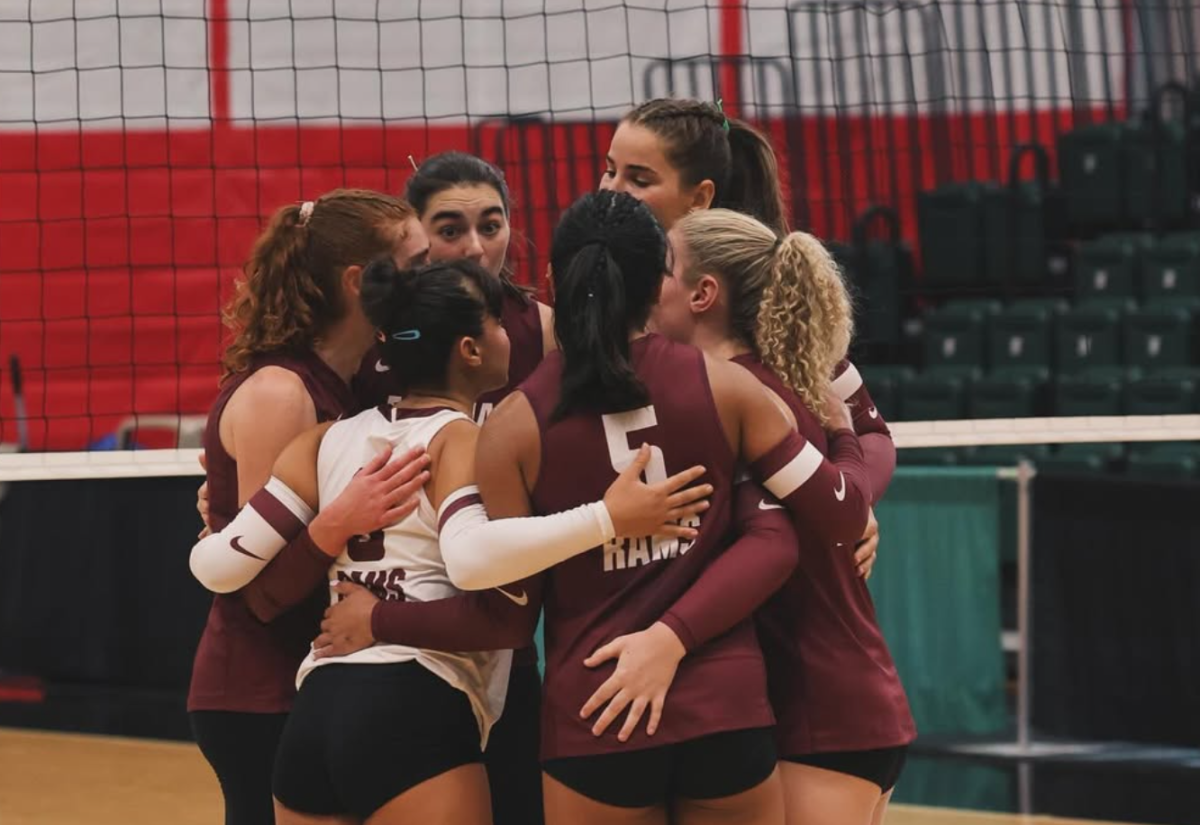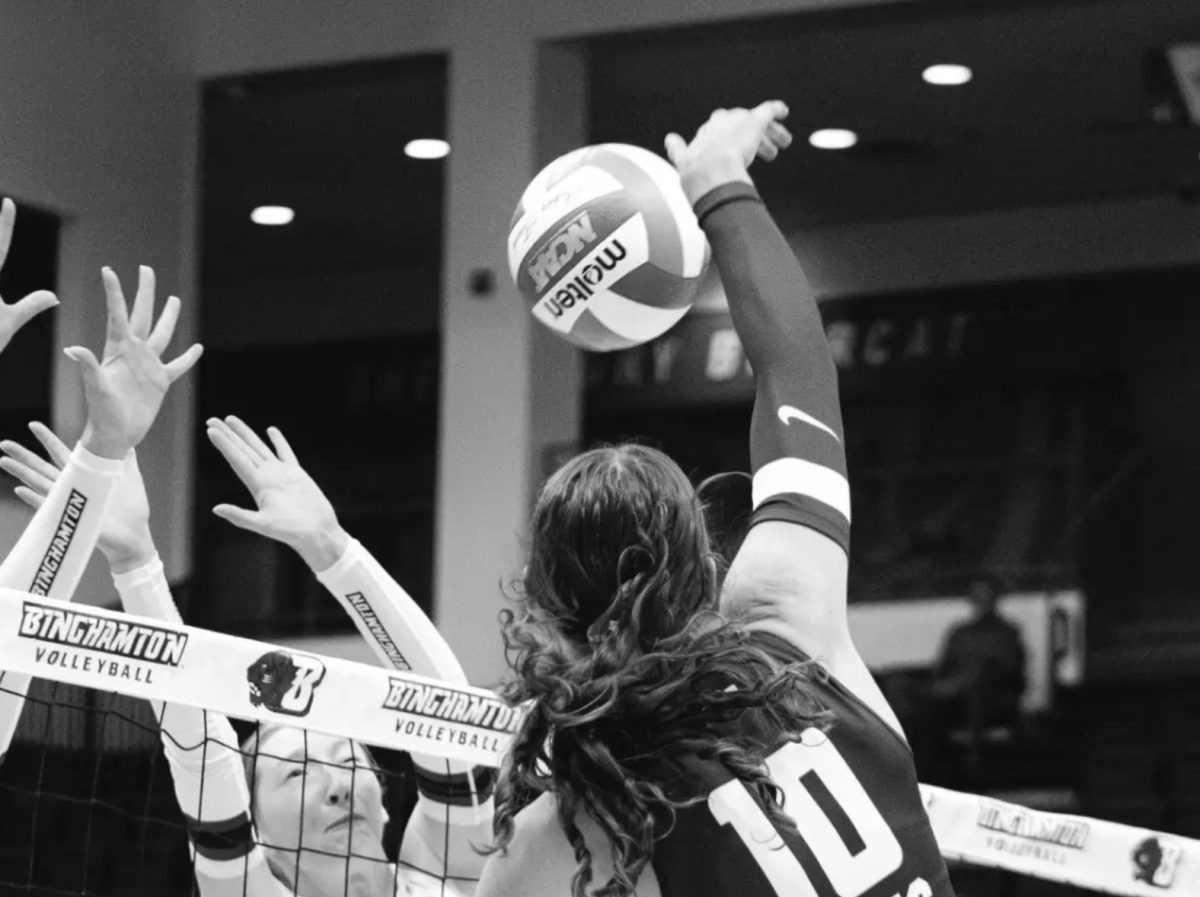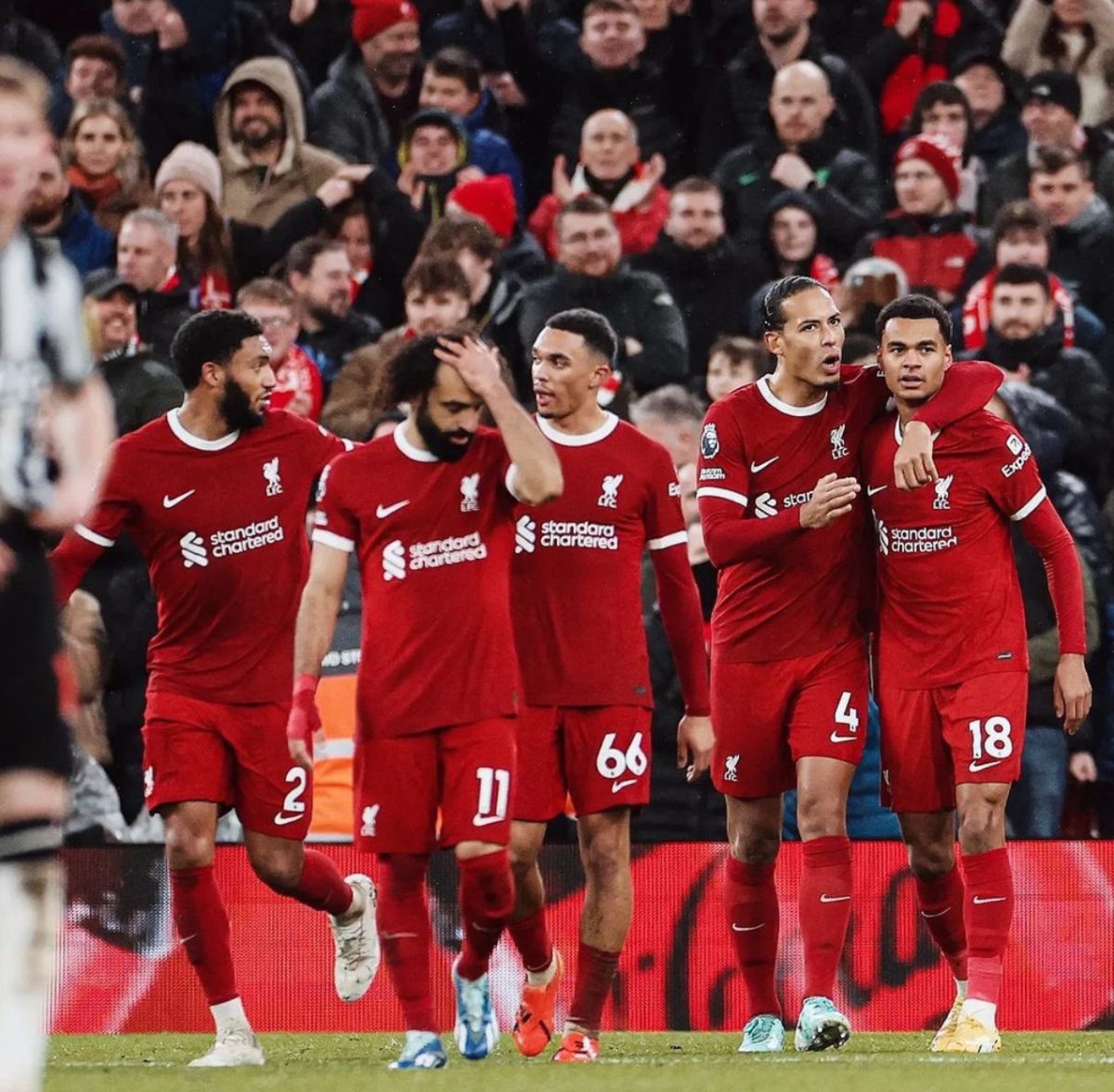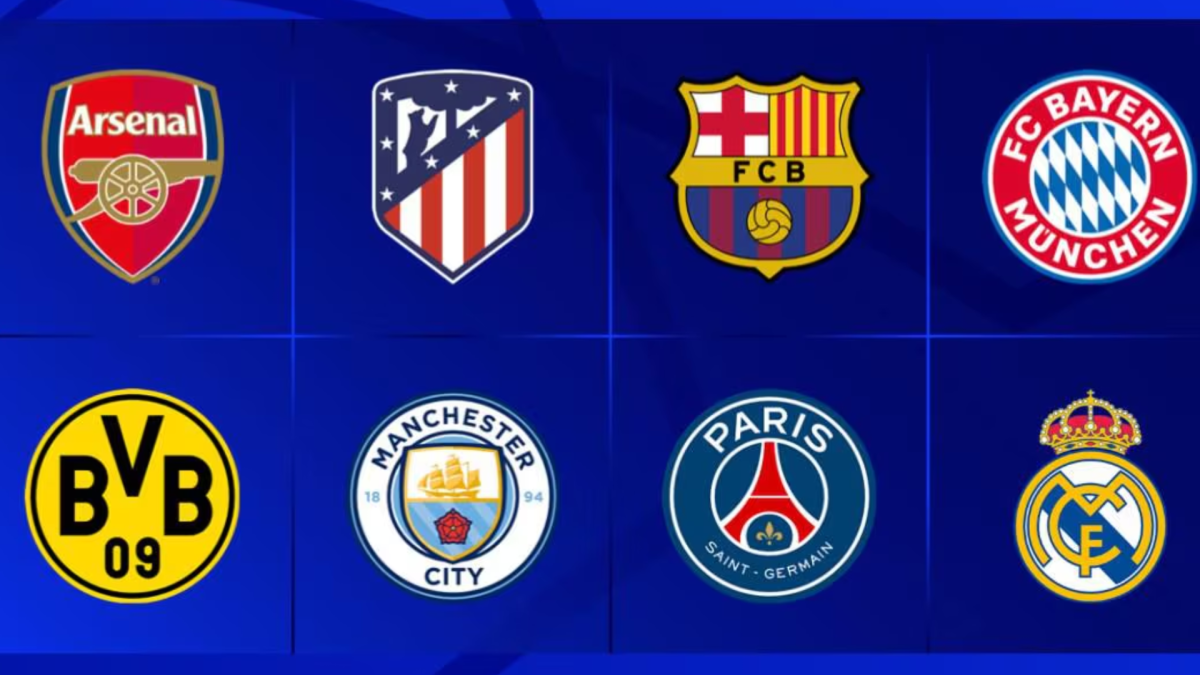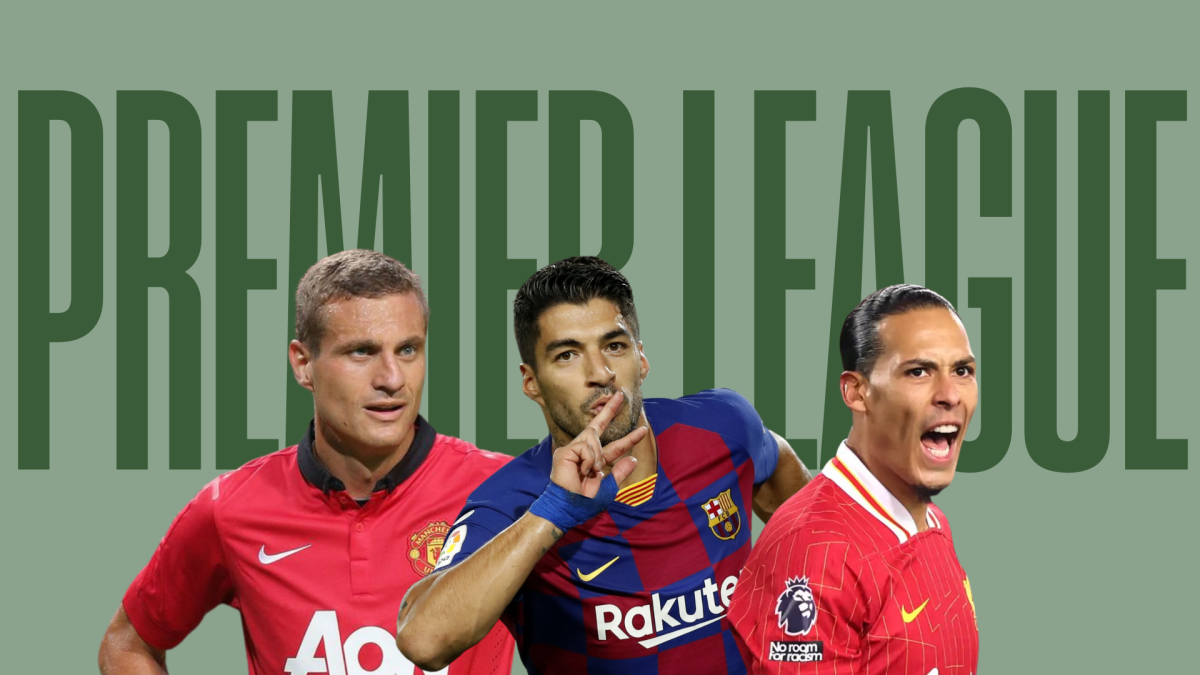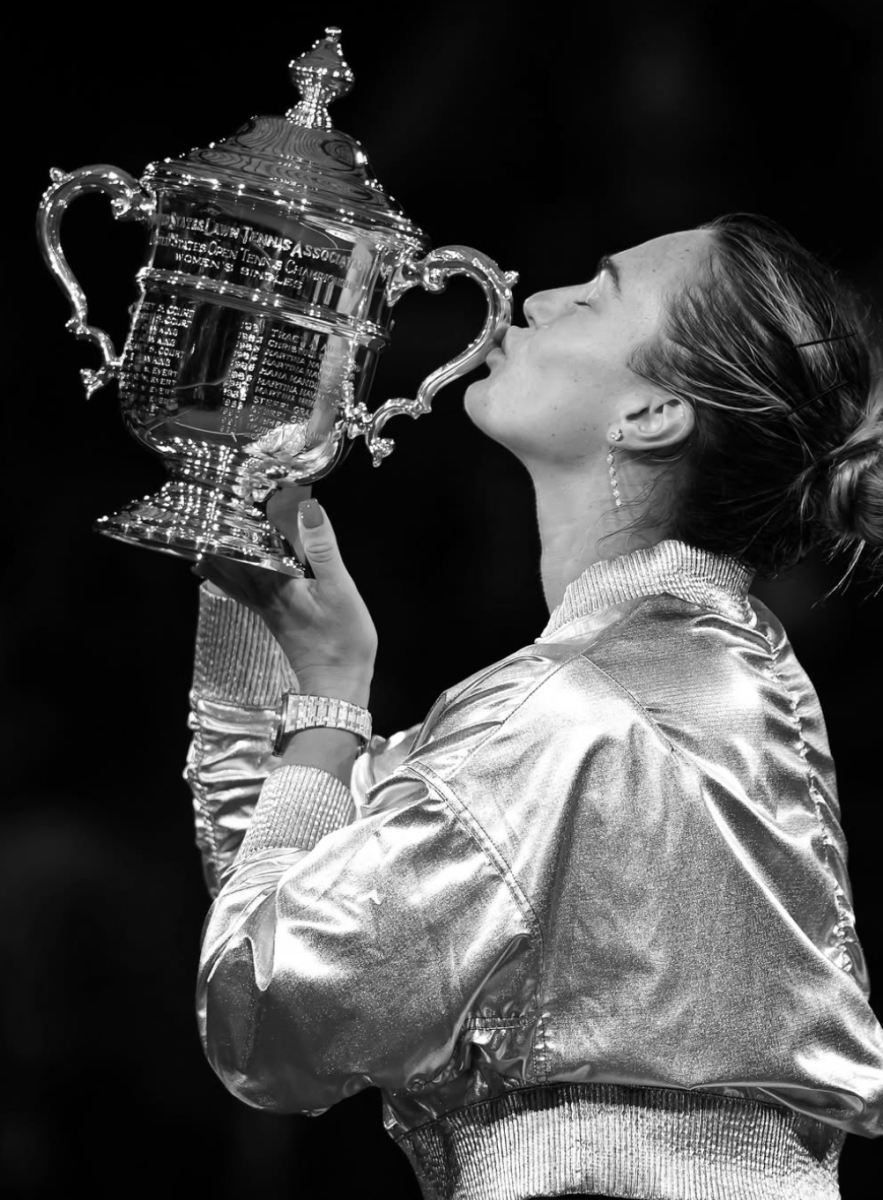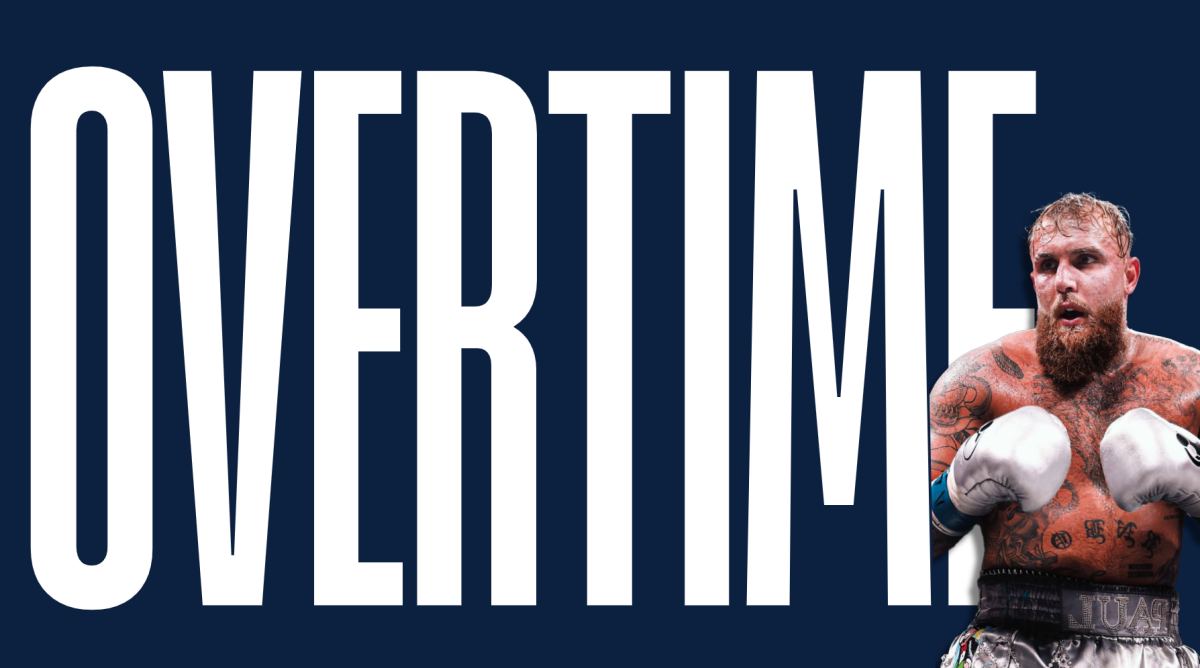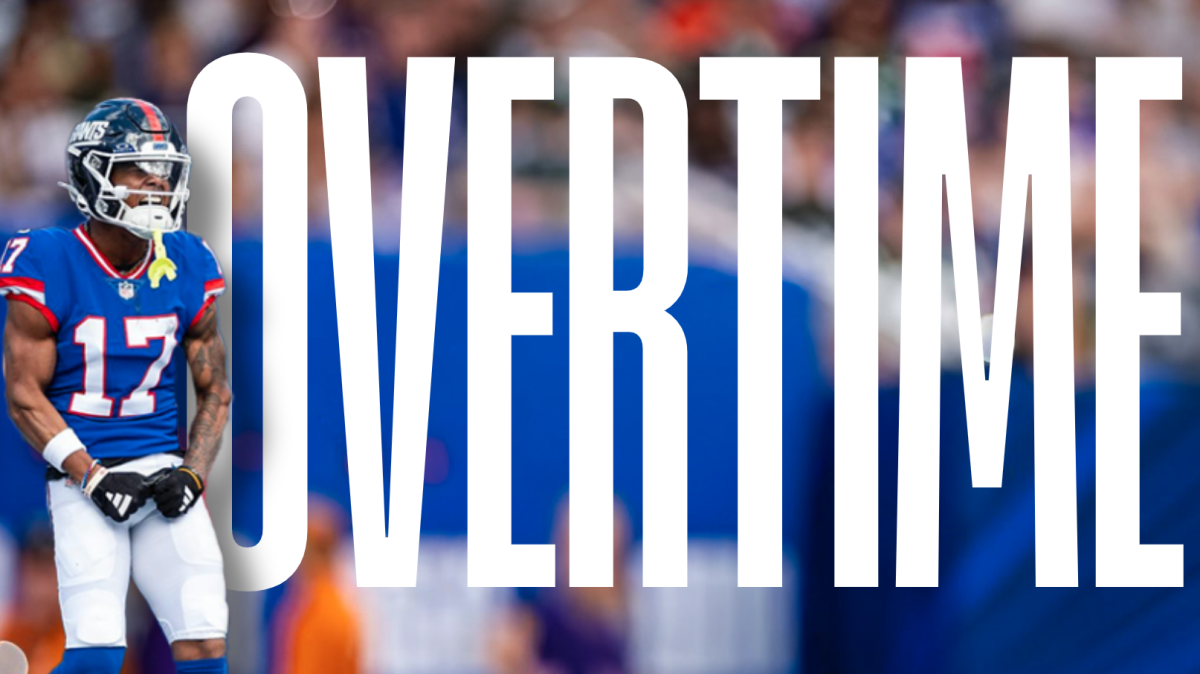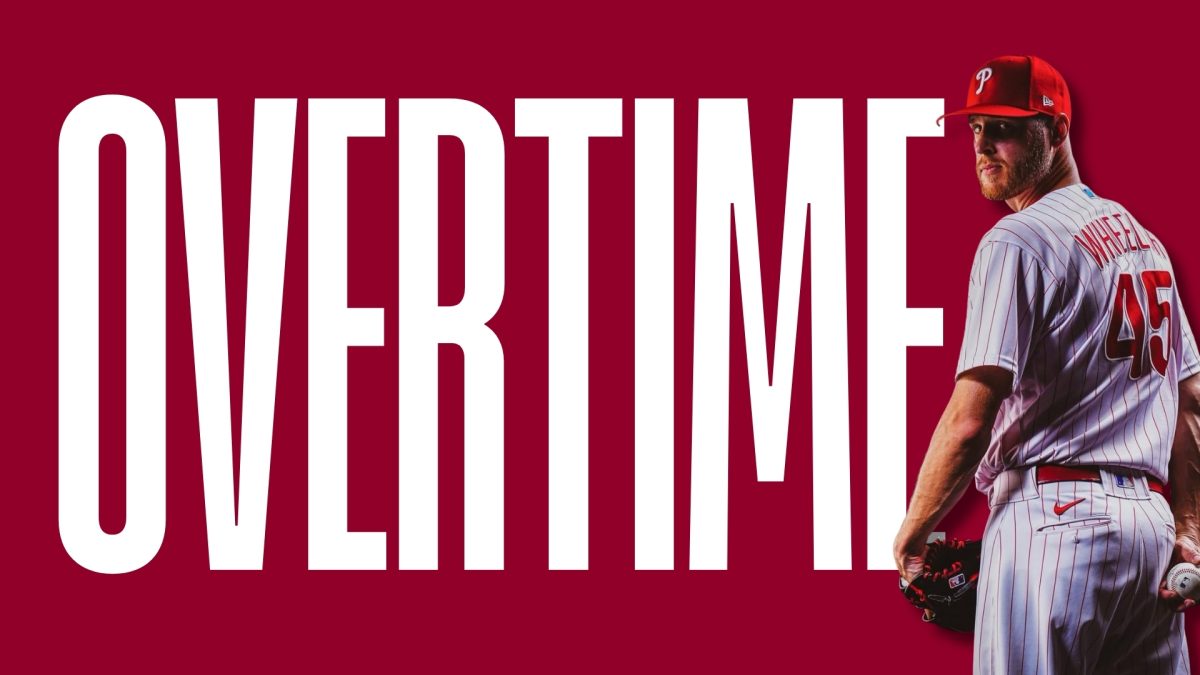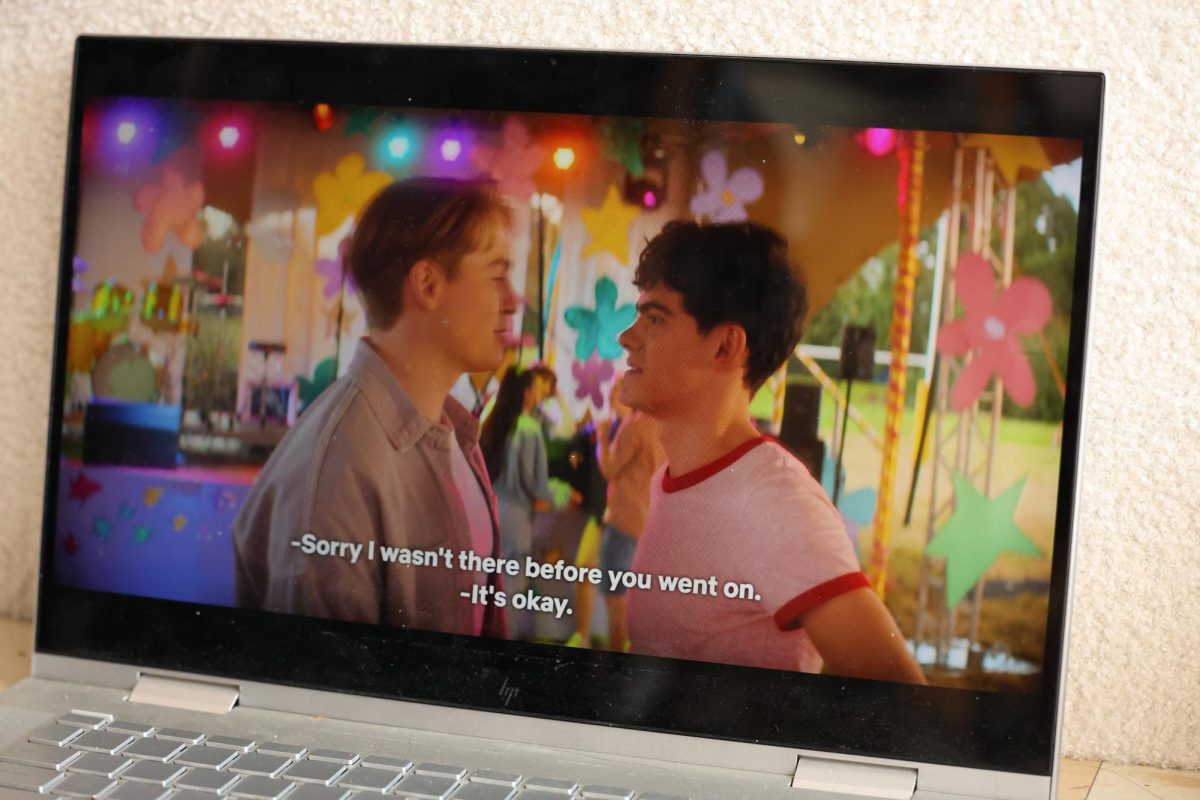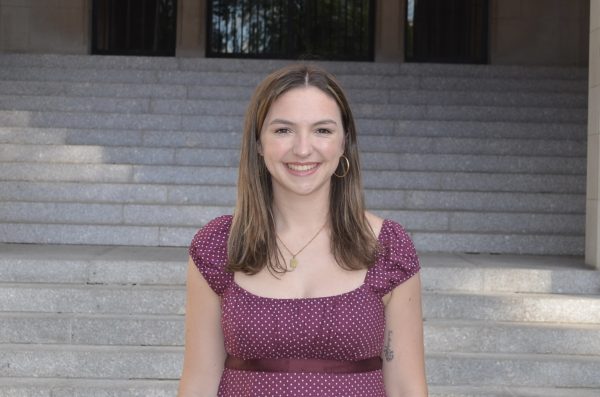One evening in April 2022, my sister texted me and said, “You have to watch this new show on Netflix called ‘Heartstopper!’ It’s so cute.” So, later that night, I pulled out my iPad, navigated to Netflix and clicked play on the show. After finishing the first episode, I wasn’t convinced. My sister had hyped up the series, but I didn’t know if I liked it. It was cheesy and cringey and felt quite juvenile. She told me I had to give it more of a try and to just watch all eight episodes before I really gave my opinion. So I did.
By the end of that summer, I had watched the first season five times.
“Heartstopper,” based on a graphic novel by Alice Oseman, is a television series about two boys, Charlie Spring (Joe Locke) and Nick Nelson (Kit Connor), who meet in high school and begin dating. Throughout the show, both characters and their friends navigate many aspects of teenage life, including romantic and platonic relationships, figuring out their sexuality and gender identity, self-acceptance, mental health struggles and more.
When I tell people that “Heartstopper” is my favorite television show, they often respond by criticizing it. They say it’s “too cringey.” In all fairness, that is how I felt at first, too. But I think if that’s how you view the show, then you really missed the point.
Is the series full of scenes that fill you with second-hand embarrassment? Yes. Are there moments where the characters say or do something that makes your whole body cringe? Also yes. But that cheesiness is a big part of what makes the show realistic and relatable. Don’t try to tell me that you never did something extremely embarrassing as a teenager. And don’t deny that your first romantic relationship wasn’t full of cringey and awkward moments.
Most television shows these days show the romanticized aspects of a relationship, without all of the awkwardness that inherently comes with dating. But “Heartstopper” shows all of these silly and awkward moments and makes you feel like it’s okay to be weird and cringey sometimes.
The show also delves into mental health struggles, specifically with Charlie. In season two, Charlie begins to develop an eating disorder. We also learn about his past experiences with depression, anxiety and self-harm during this season. In season three, his mental health worsens before he gets help and eventually begins to recover.
As someone who has struggled with all of the aforementioned mental health issues, I have never seen these conditions represented so well in the media. Season three was difficult to watch because of how accurately they portrayed the realities of an eating disorder and the experience of having a panic attack. But the representation of these mental health issues is so important to show individuals that they are not alone in their struggles and that it is possible to seek help and manage.
But the thing I love most about “Heartstopper” and the thing that truly makes the show what it is isn’t the realistic nature of the characters’ relationships or the mental health awareness, though those aspects are extremely important and impactful. It’s the amount of representation the show has. While it’s not hard to find a show that has a gay character or a queer storyline these days, it’s almost never the focus of the show. We have been lucky enough to get shows that center around a queer character like “Young Royals,” “Love, Victor” and “Dickinson.” But these are anomalies among the majority of television shows that highlight heterosexual relationships.
“Heartstopper” has not one, not two, but six main characters who identify with the LGBTQ+ community. The show centers around Charlie, who is gay, and Nick, who figures out he is bisexual. Nick’s storyline is especially impactful and relatable because we see the confusion and pain he feels in struggling to figure out his sexuality and whether he has feelings for Charlie. “Heartstopper” is the only show I have ever seen that actually shows the realities of trying to figure out how you identify. People may not realize that it can be a difficult, confusing and emotionally exhausting process, but this show shows the reality of that.
In addition to the two stars of the show, many of the side characters are also queer. Tara and Darcy, two of Nick and Charlie’s friends, are a lesbian couple in the show. While both characters already identify as lesbian at the beginning of the show, Tara discusses what it was like figuring out her sexuality.
The most unique storyline in the show is Isaac, one of Charlie’s best friends, who, in seasons two and three, begins to discover that he identifies as asexual. Specifically, Isaac’s storyline is important because asexuality is not often represented in Hollywood or the media. In fact, in my experience, people who identify as asexual are often dismissed by society. So, having this identity represented in a popular Netflix television show is especially impactful for individuals who are asexual.
Aside from various sexual identities, the show touches on gender identities as well. Elle, another one of Charlie’s best friends, is transgender. Her storyline especially gets amplified in season two, where viewers get to learn about some of the struggles that transgender people face, such as gender dysphoria.
In season three, Darcy also begins to discover their gender identity. They cut their hair, begin to change their style and change their pronouns, and by the end of the season, Darcy determines that they are non-binary.
Overall, “Heartstopper” is an incredible show that has so much representation in regards to the LGBTQ+ community, mental health and relationships. Television shows like these are important to show young queer individuals that they are not alone in their struggles and their identity and to normalize queer identities for the rest of society.
It is unfortunate, then, that the show will not be releasing a season four, as most fans had hoped. However, they will be concluding the characters’ storylines with a movie, which has fans waiting with great anticipation.

